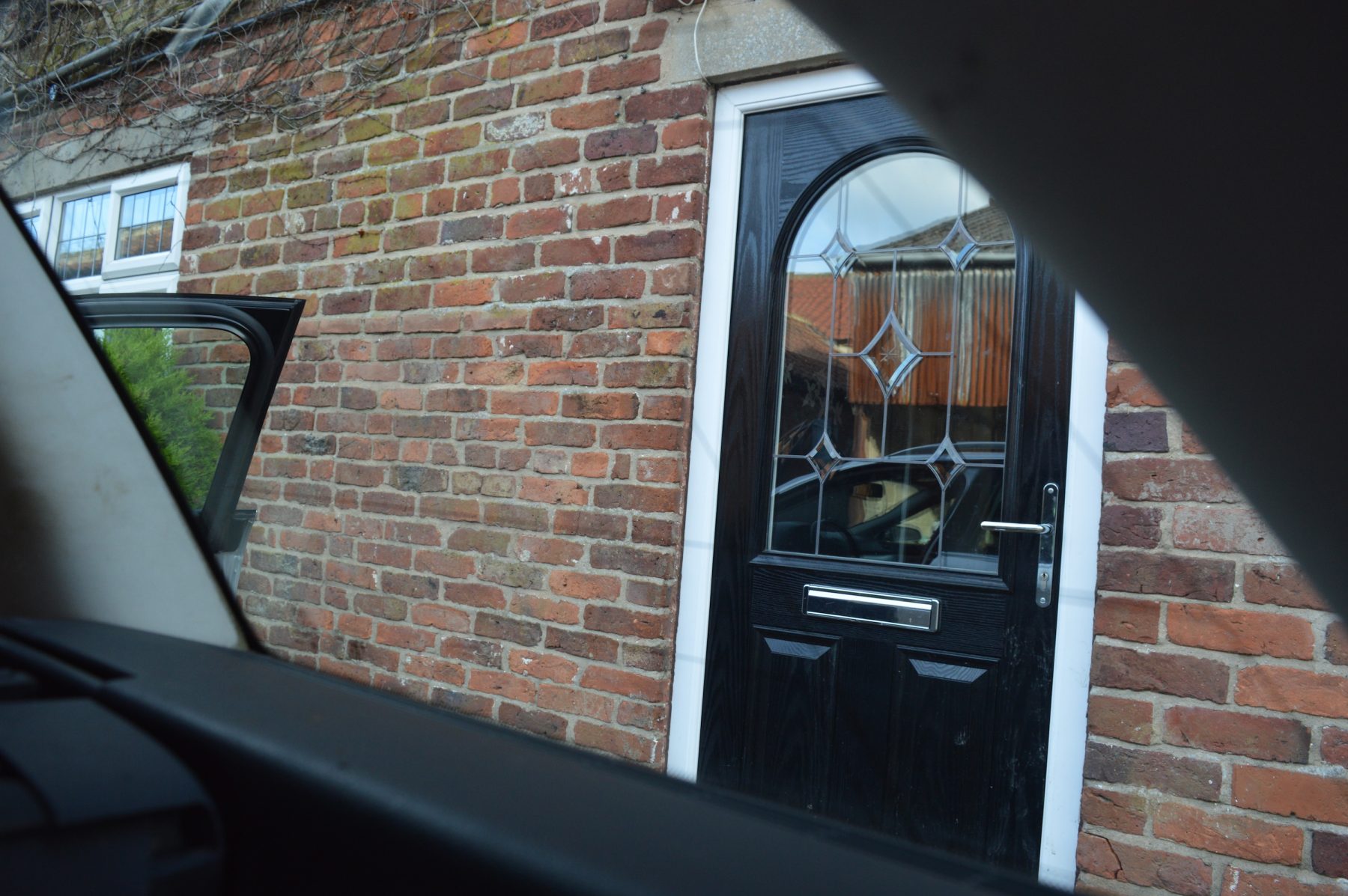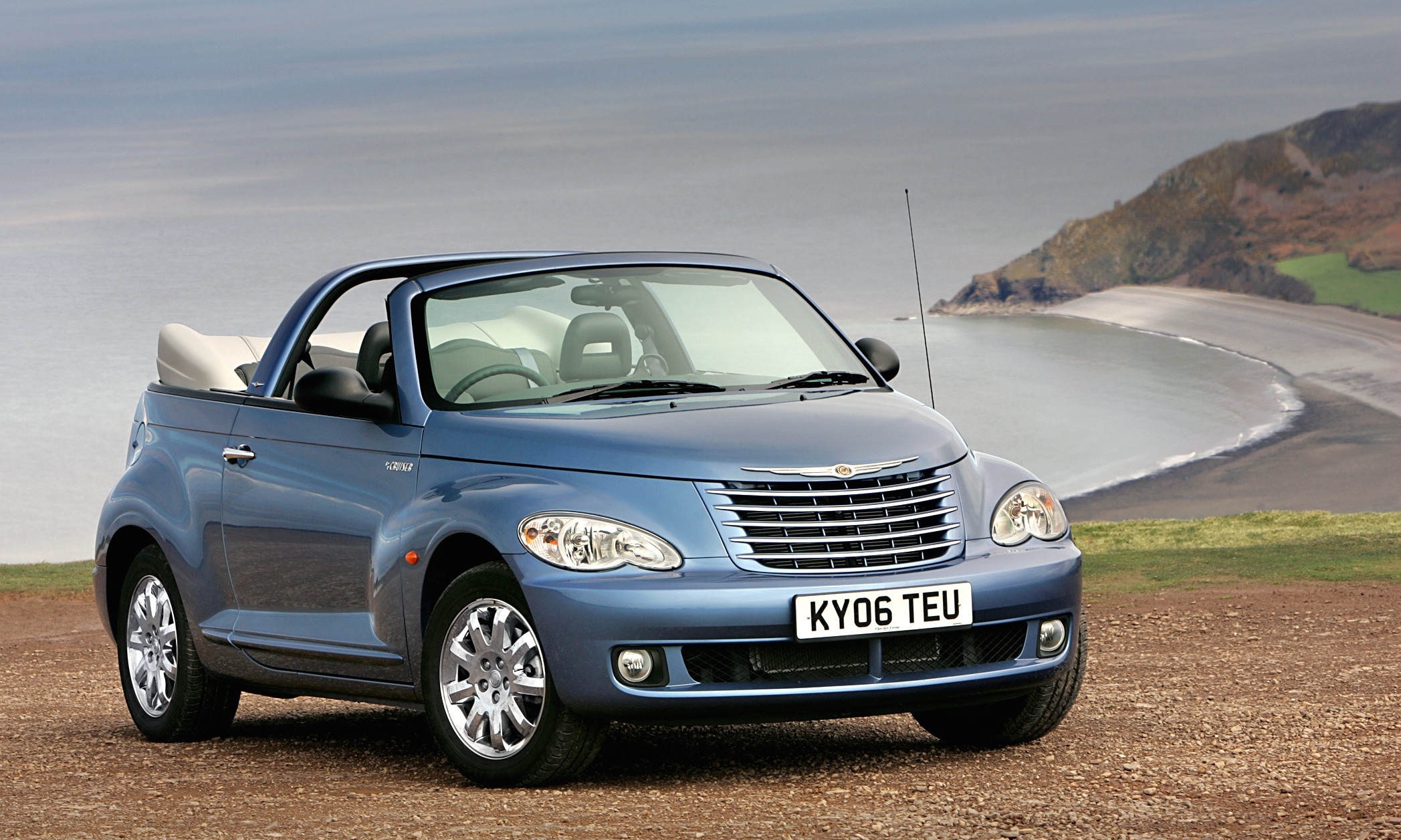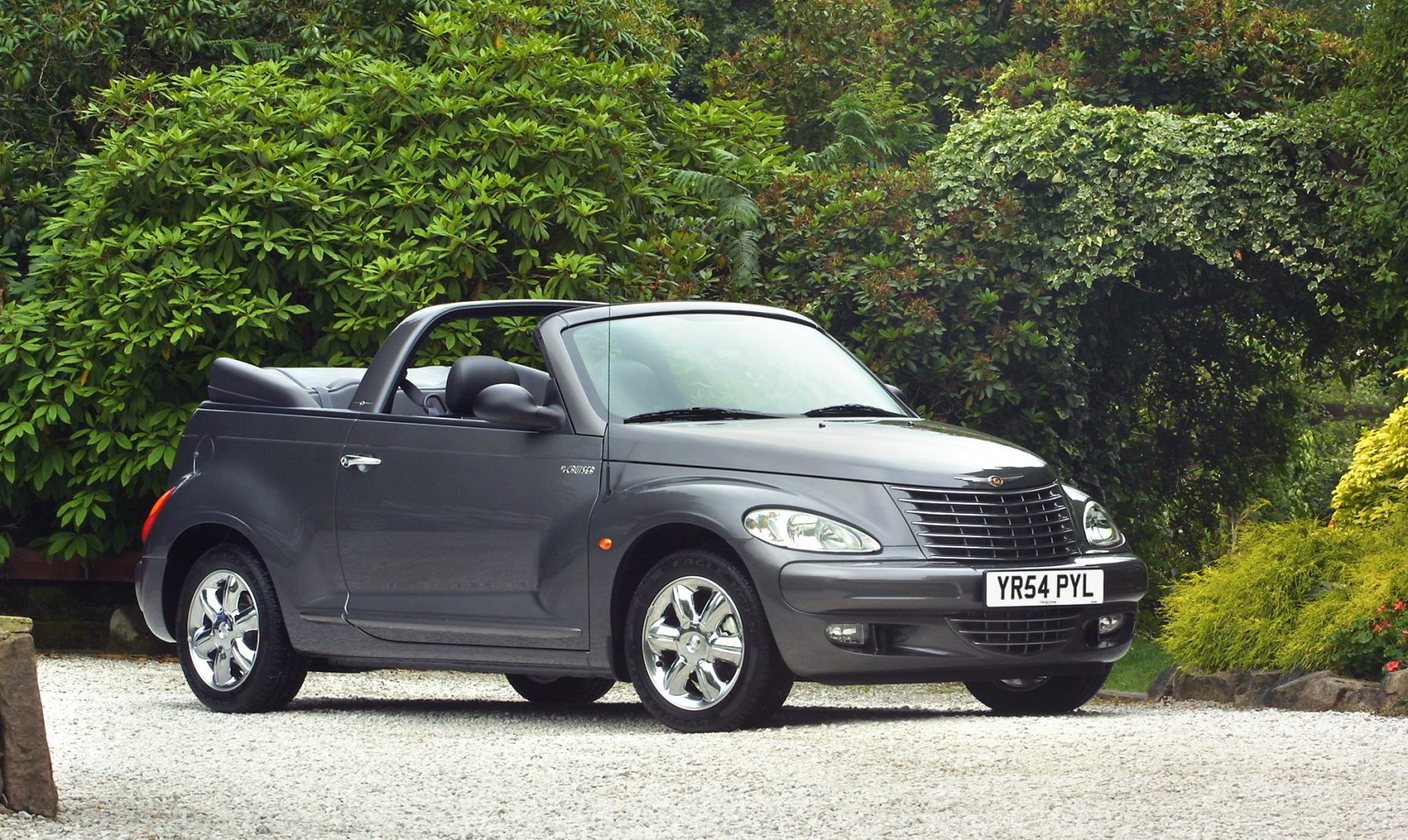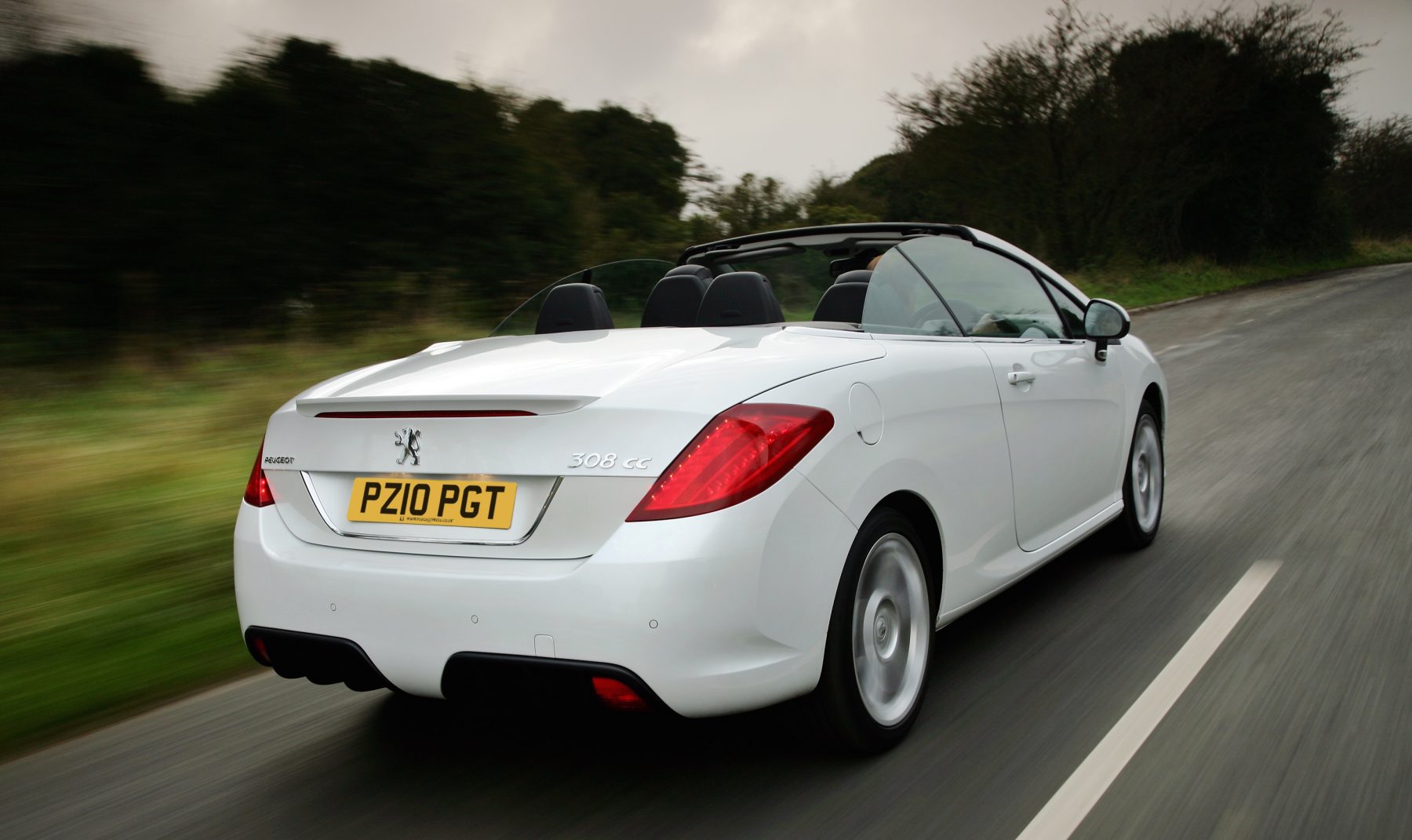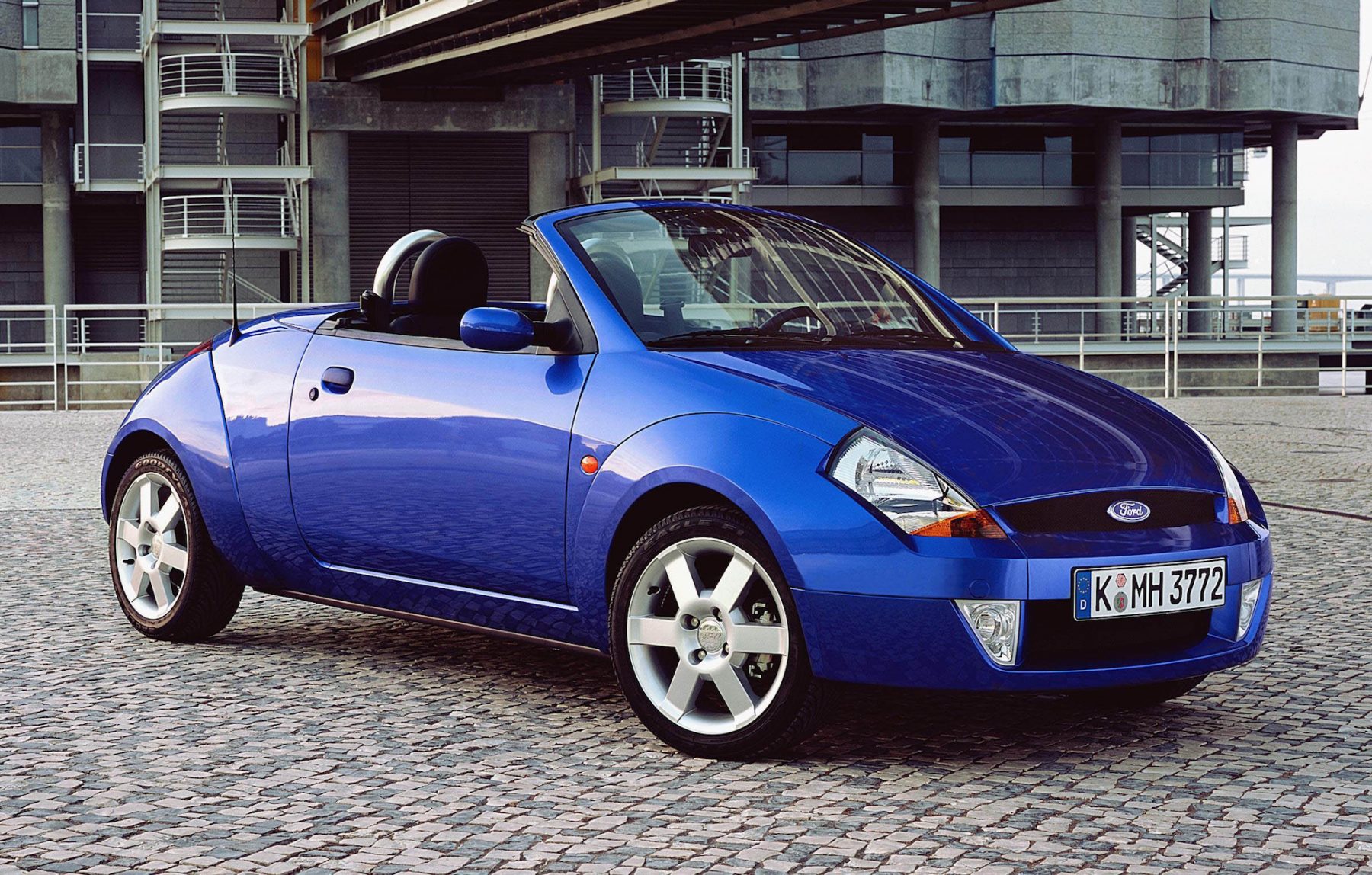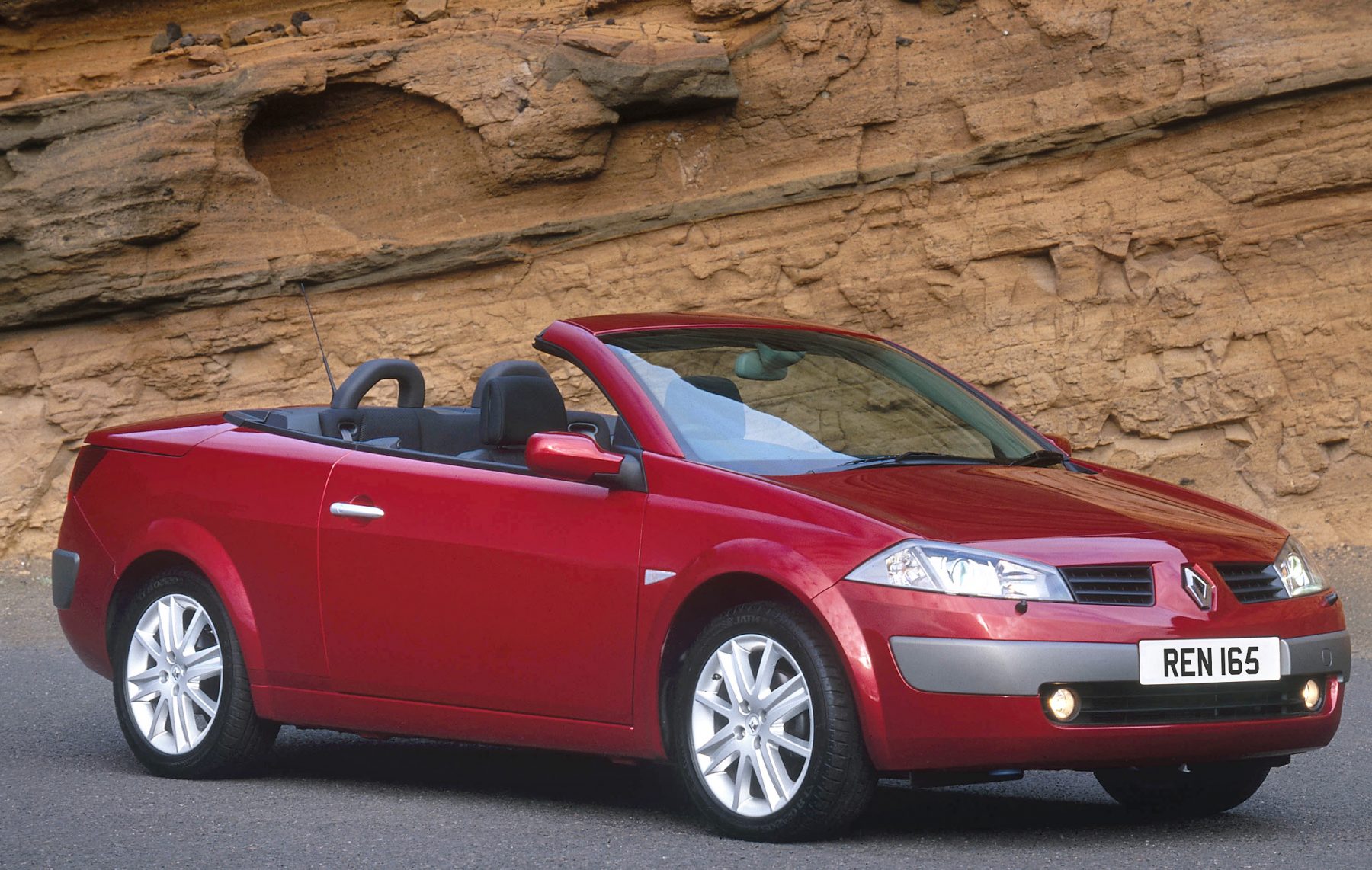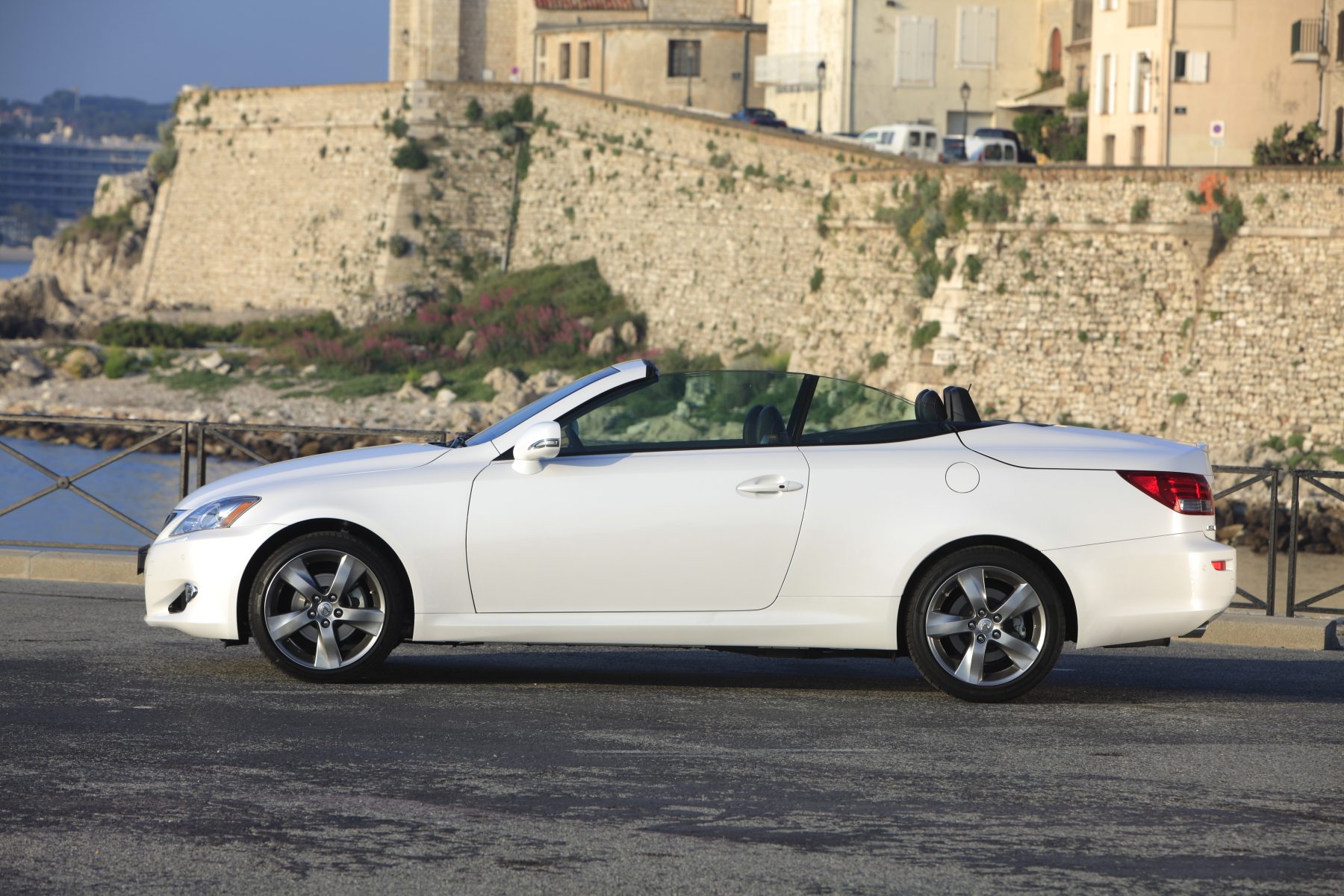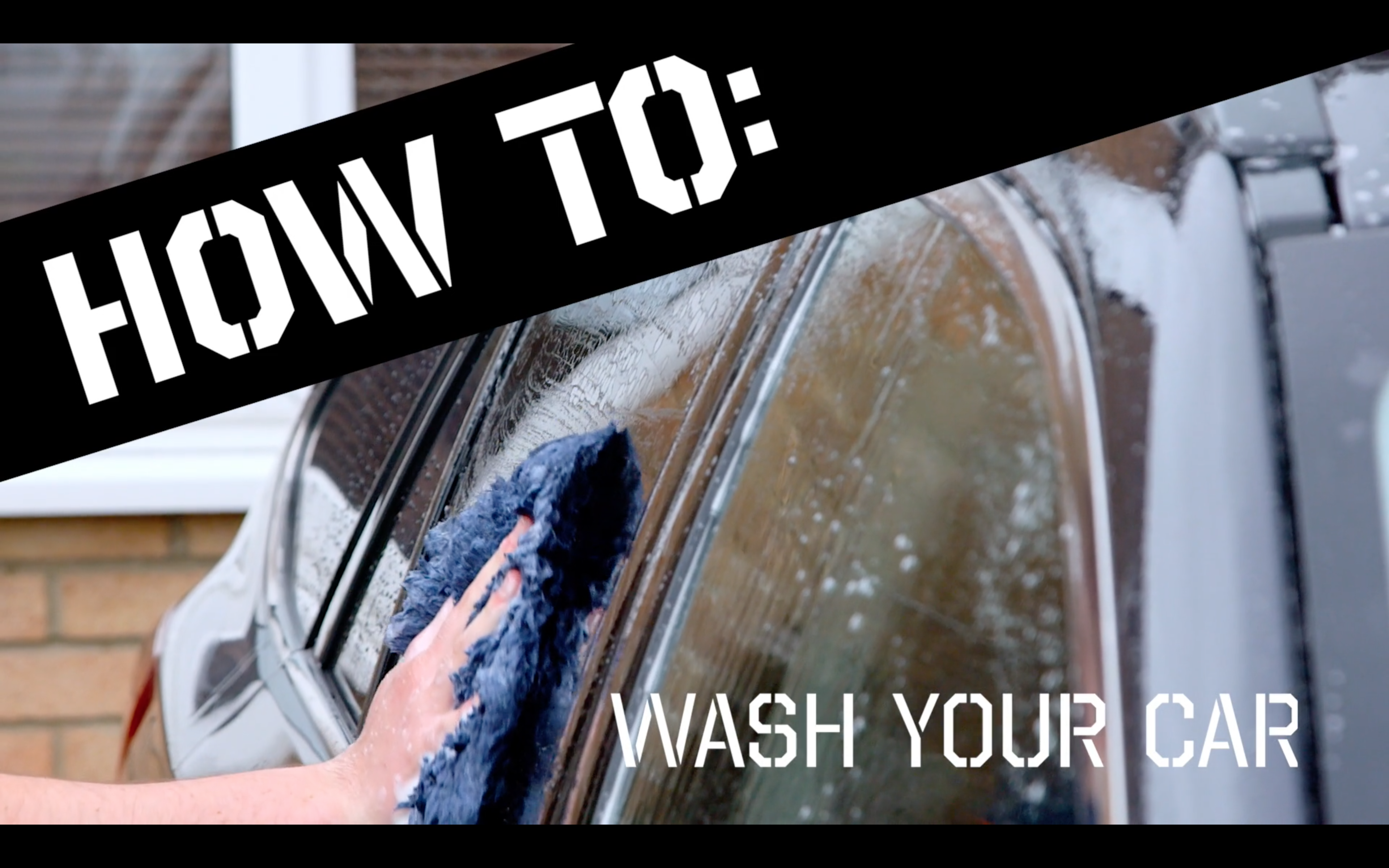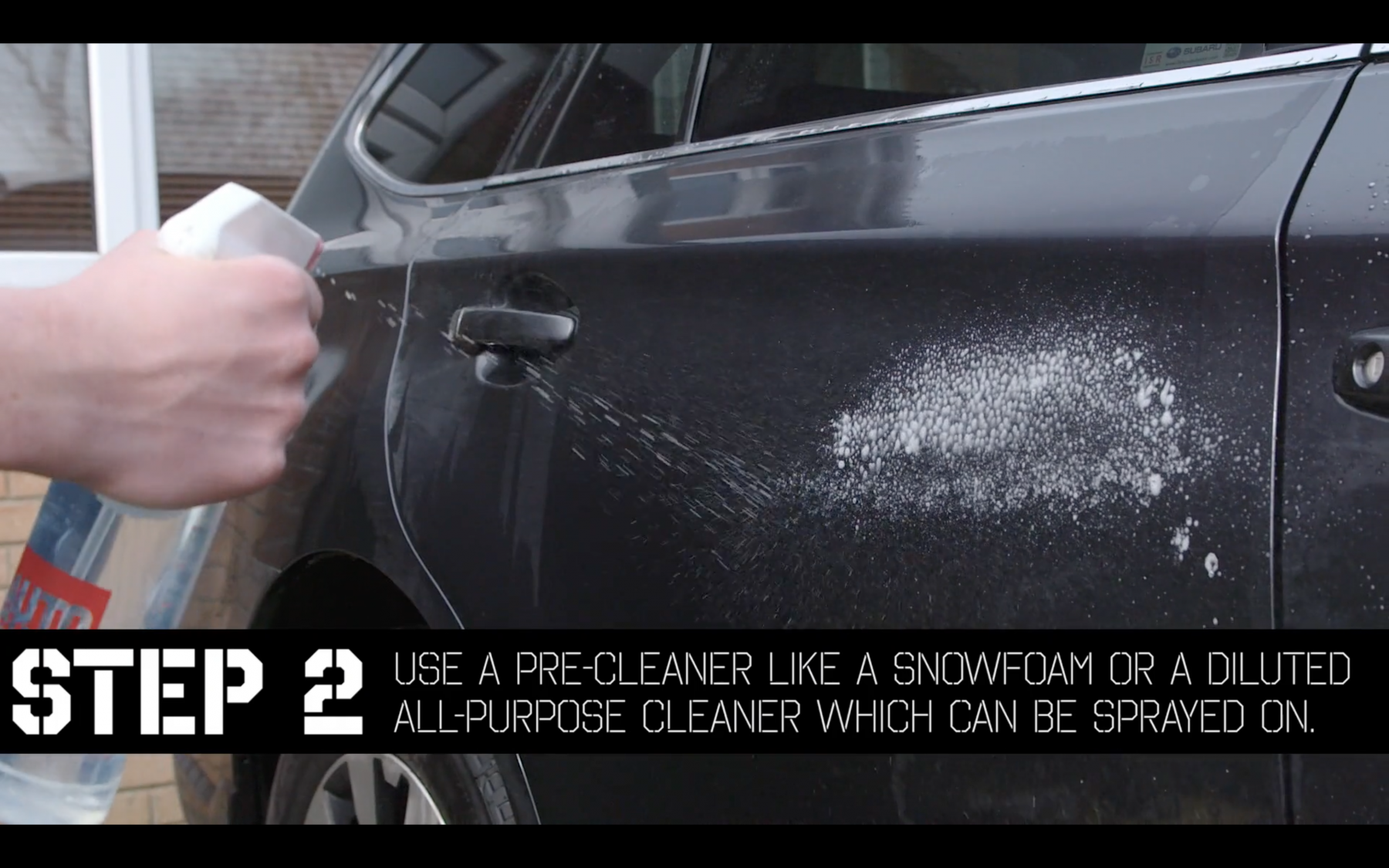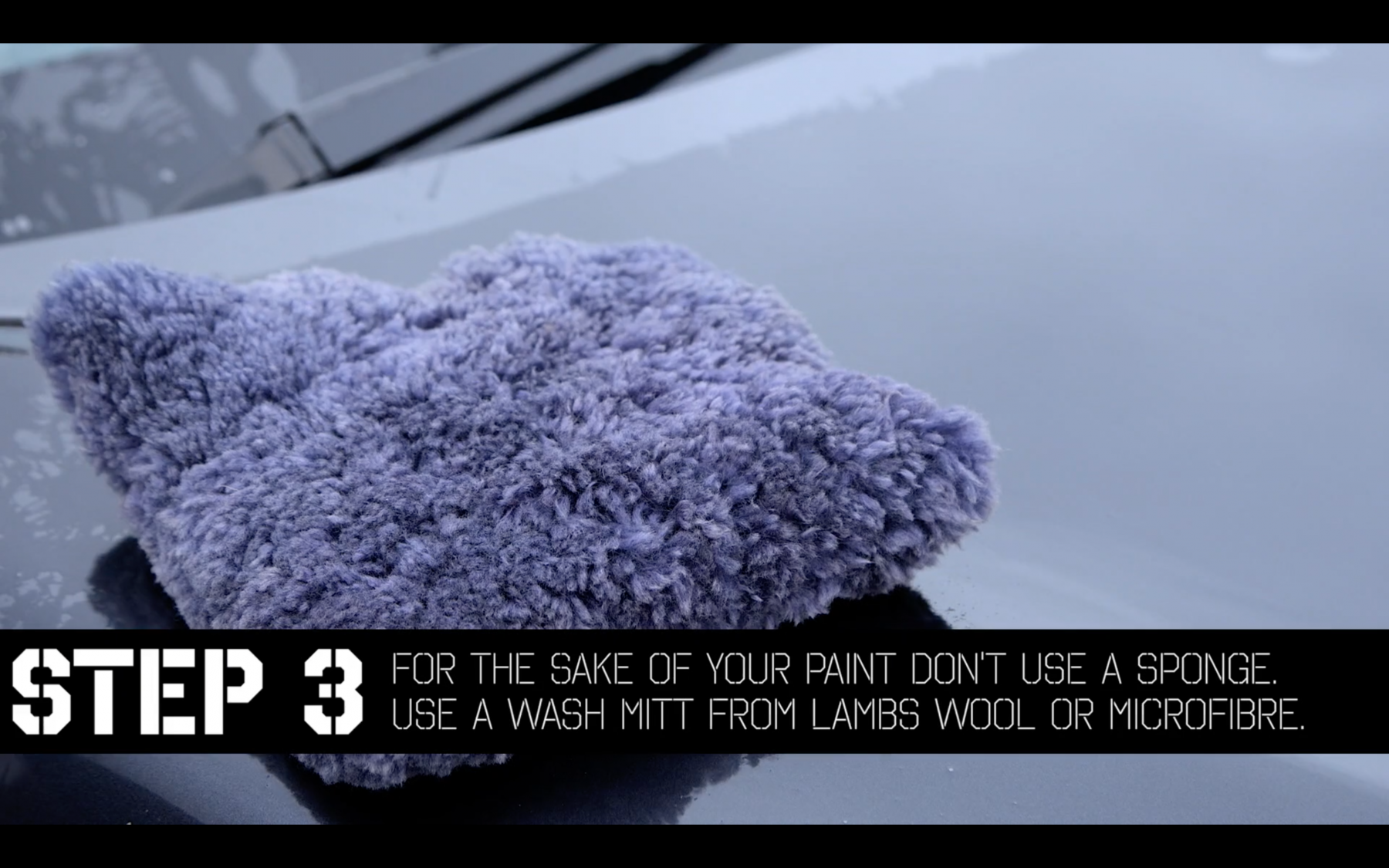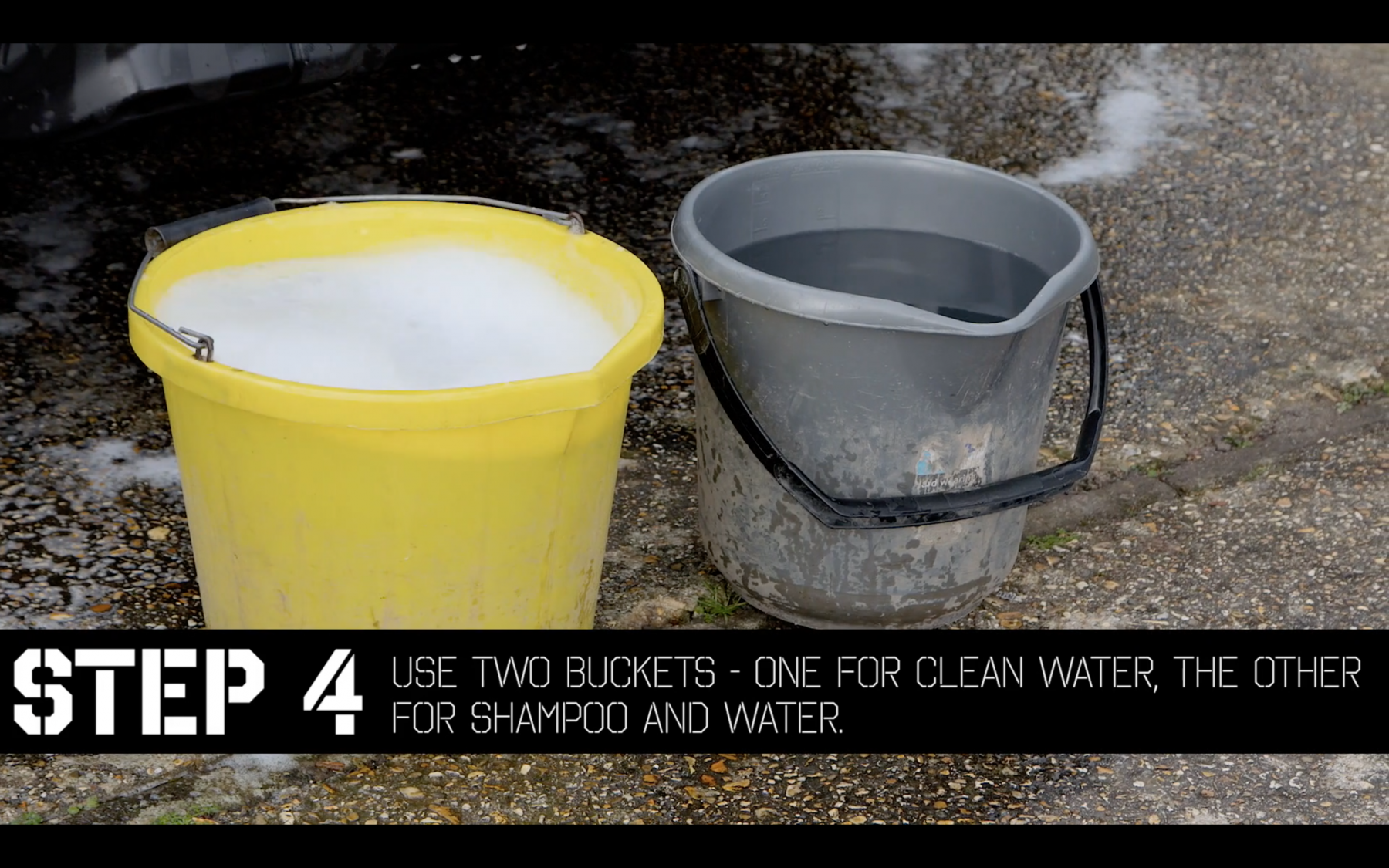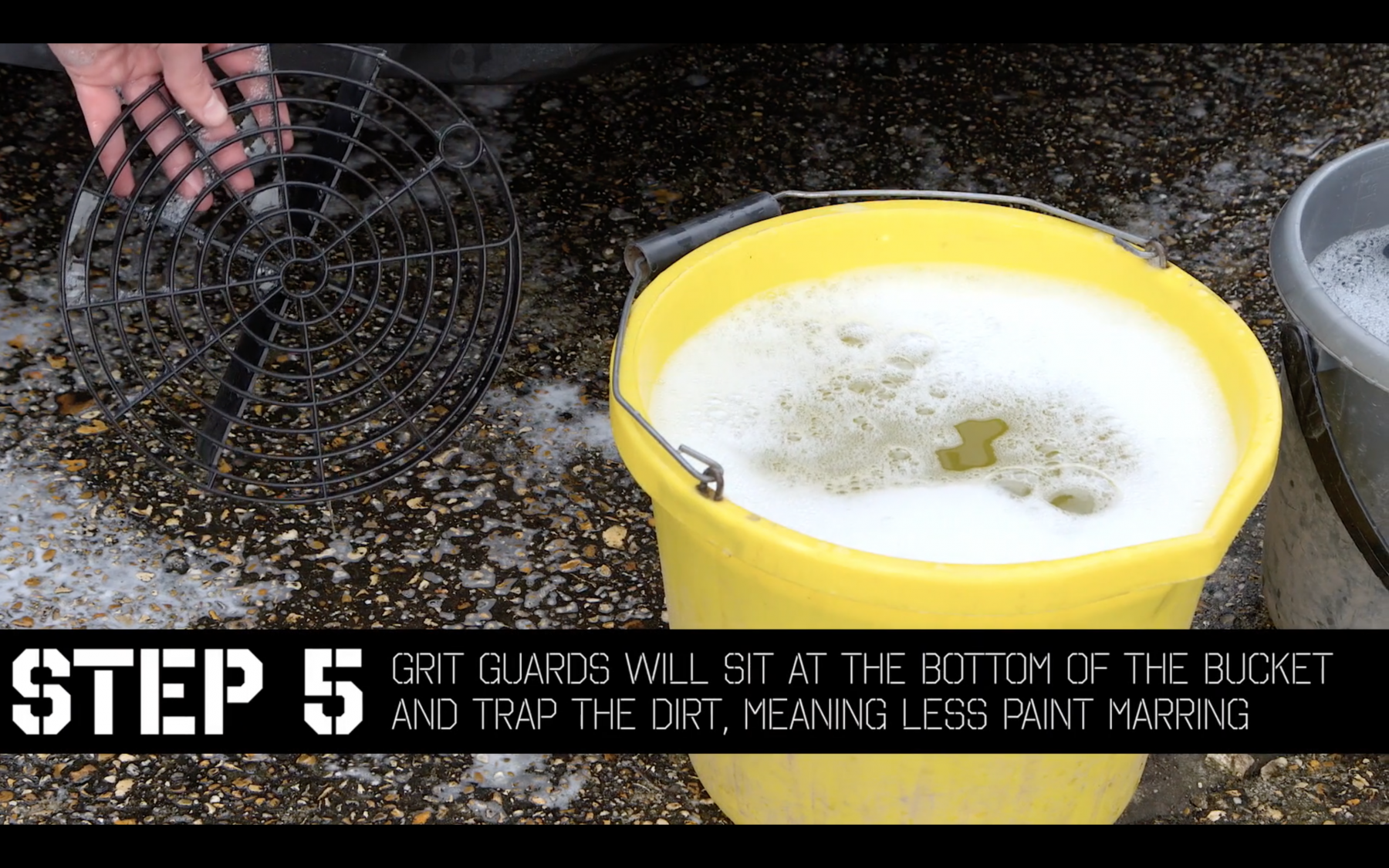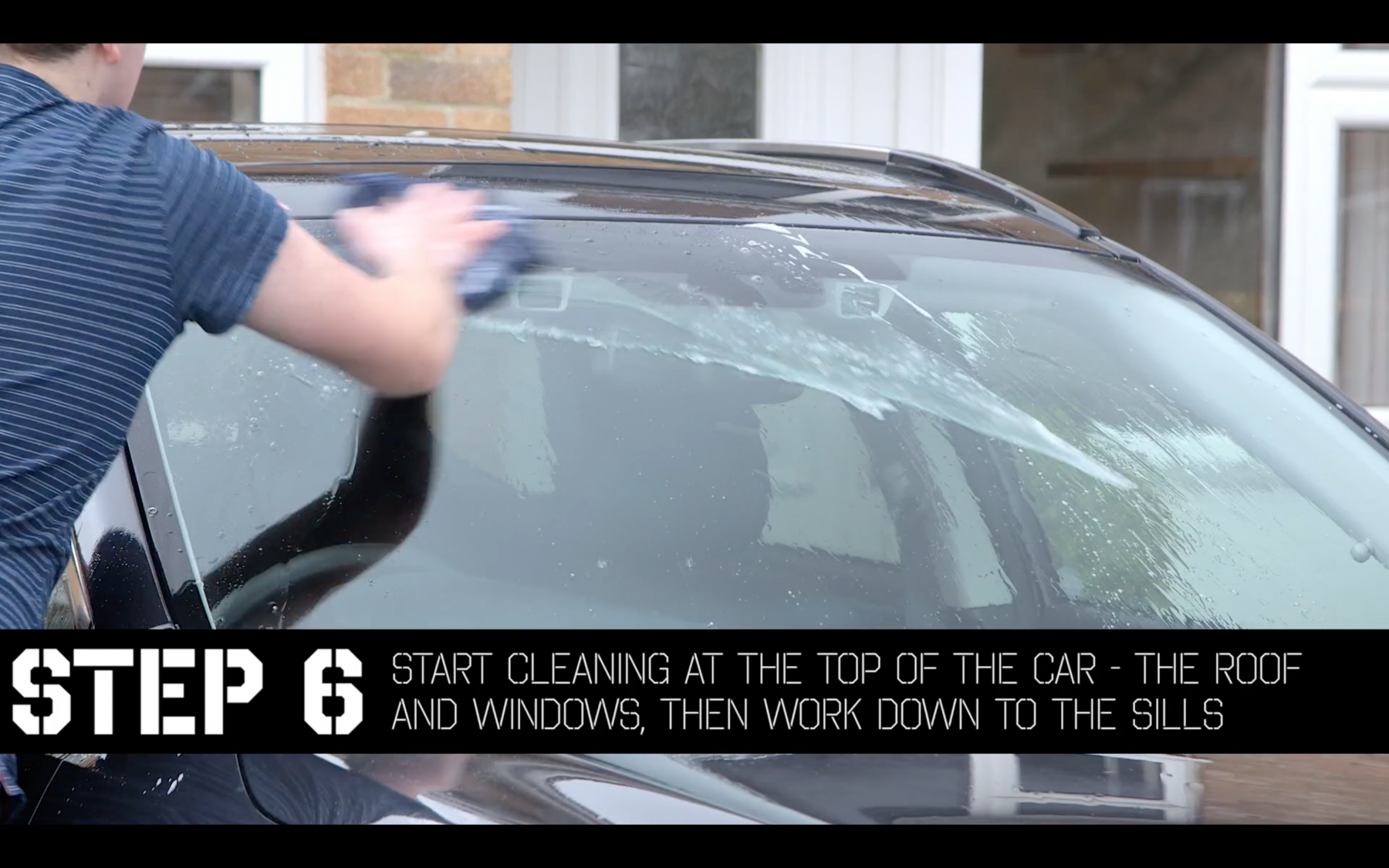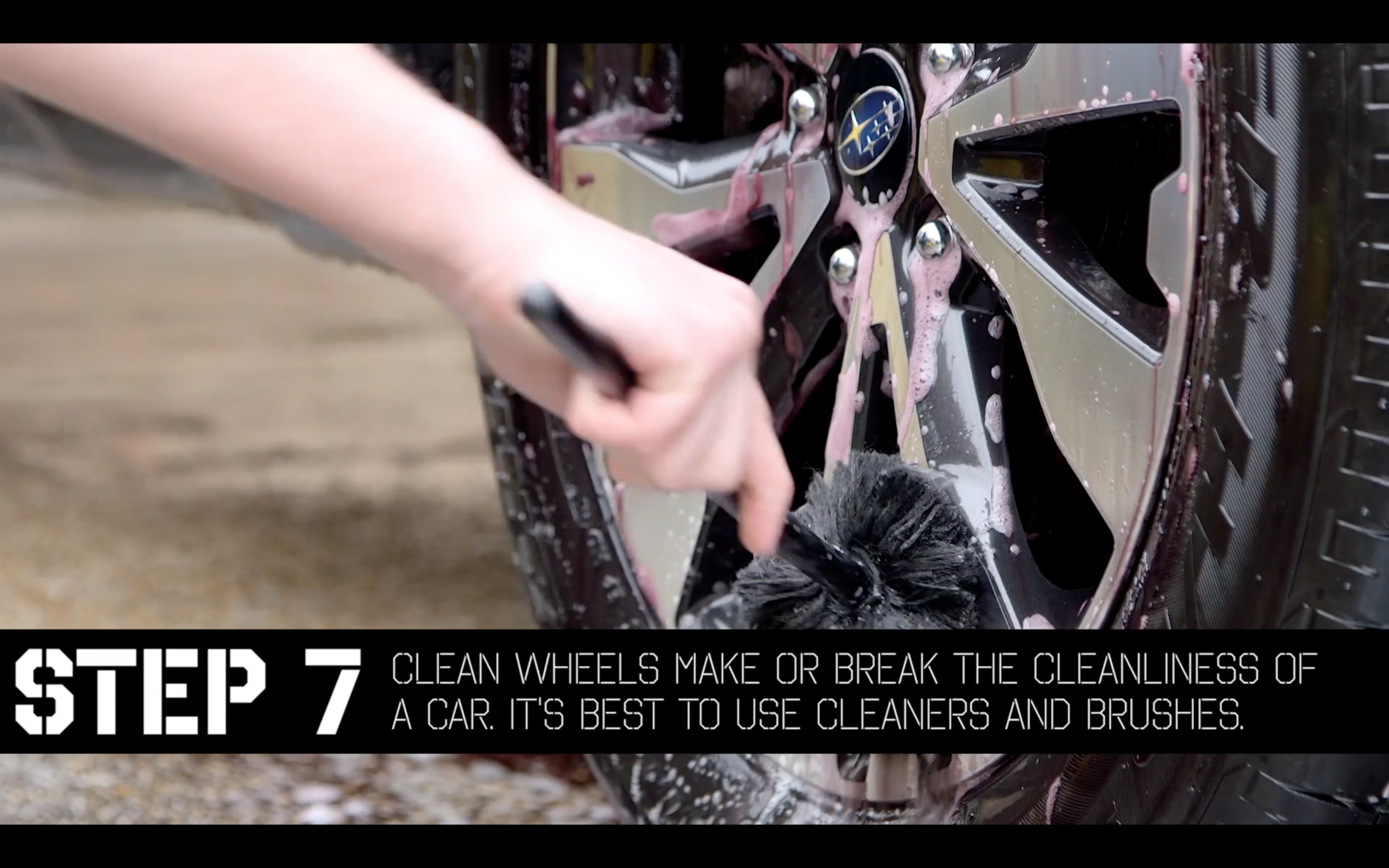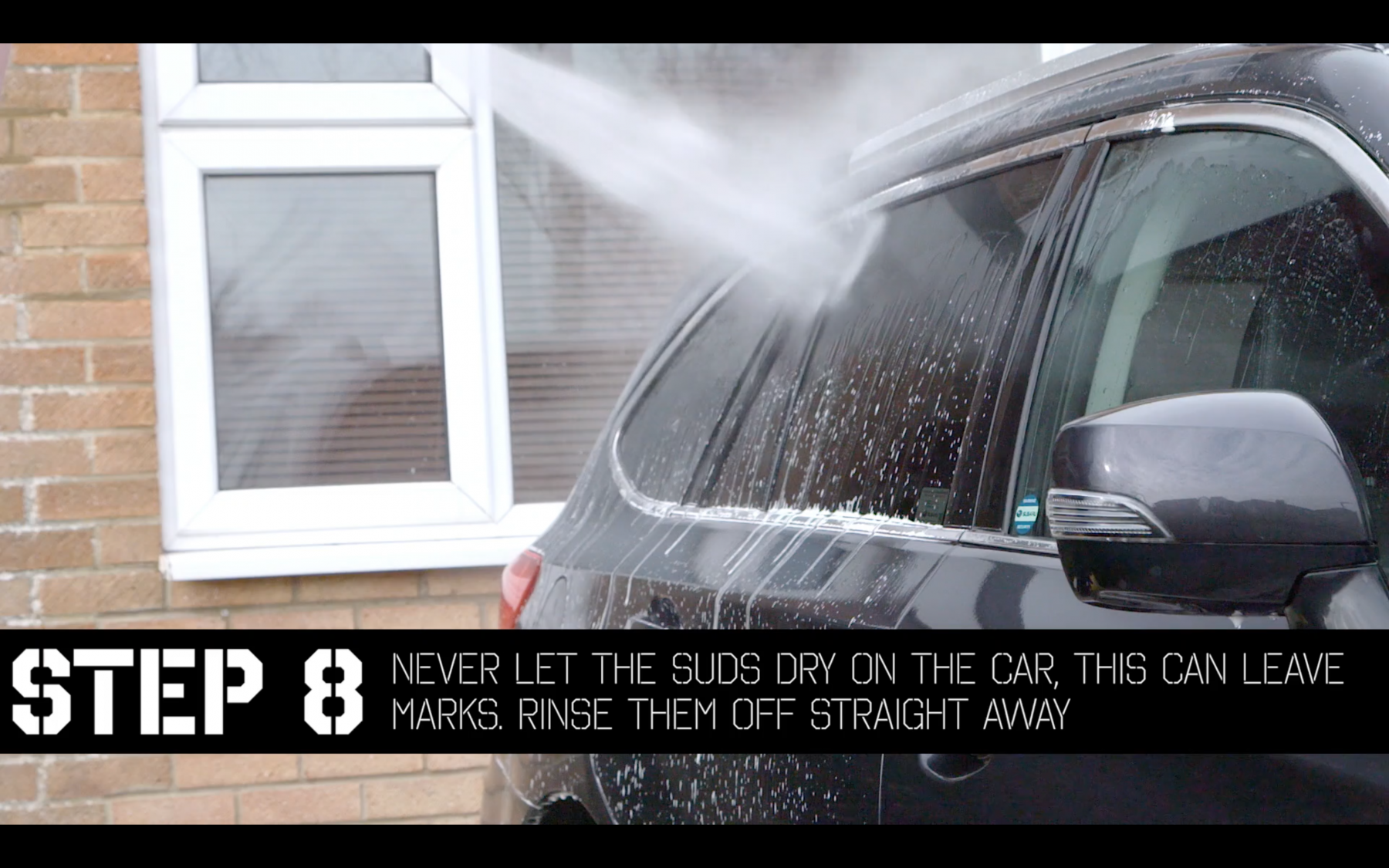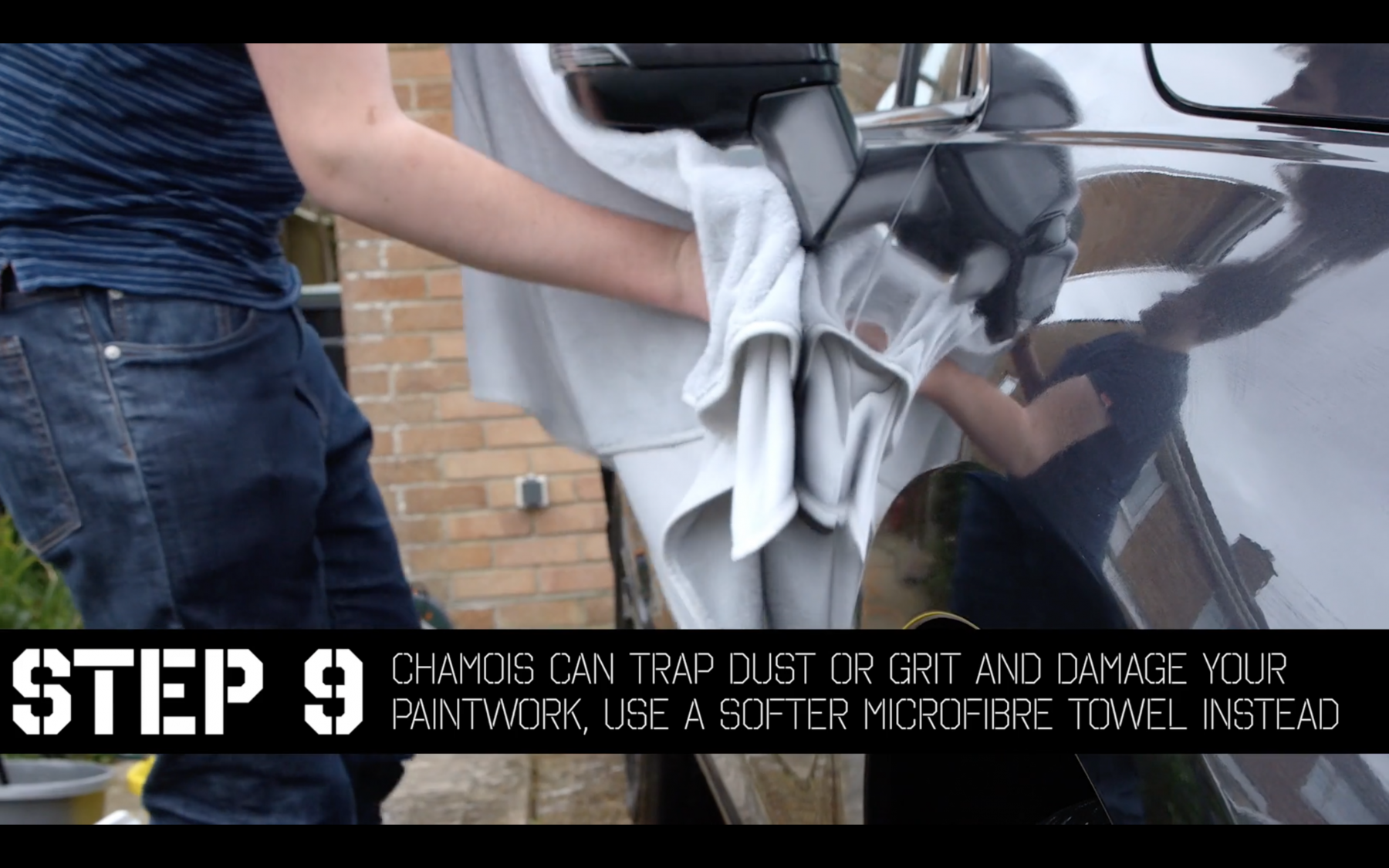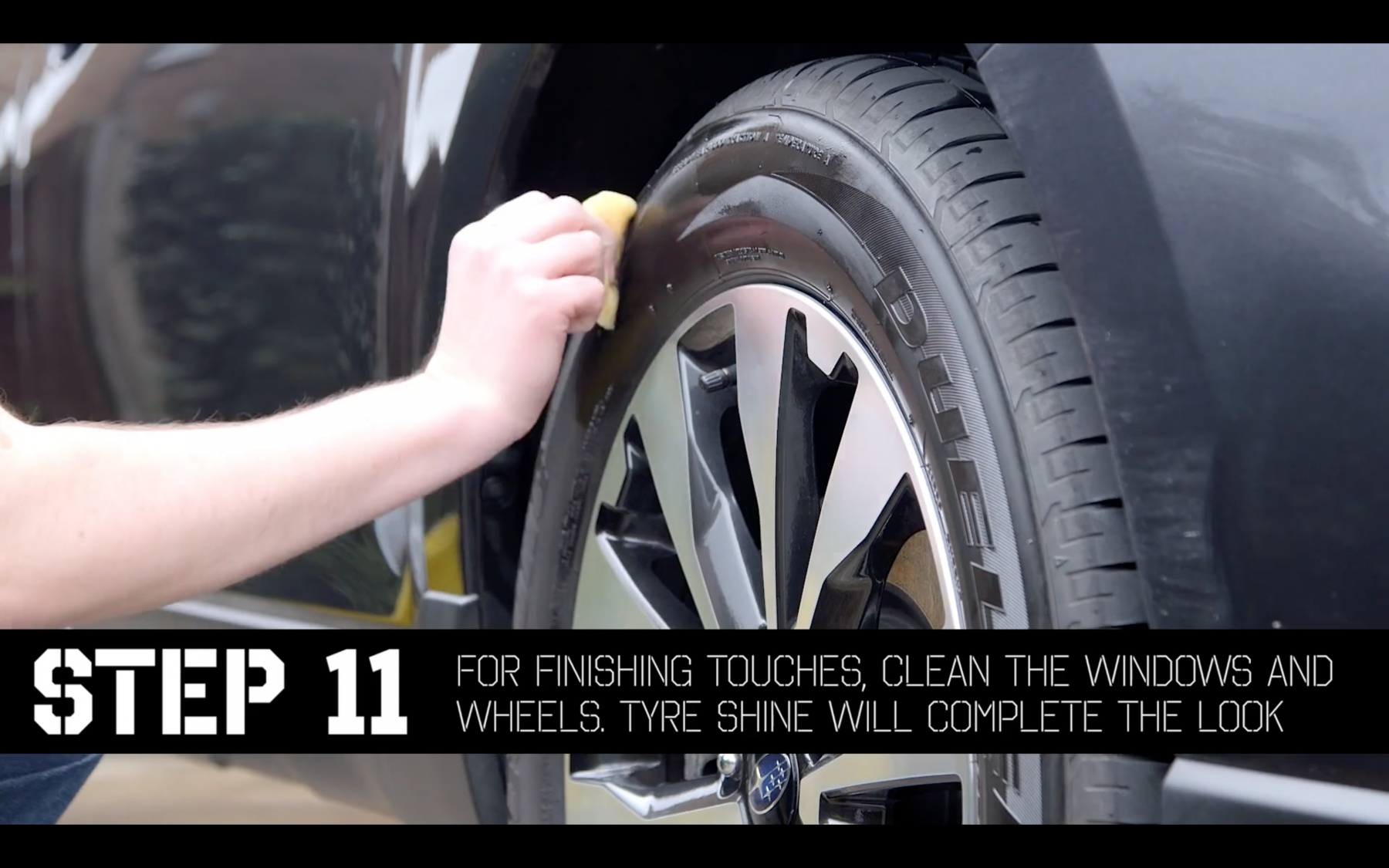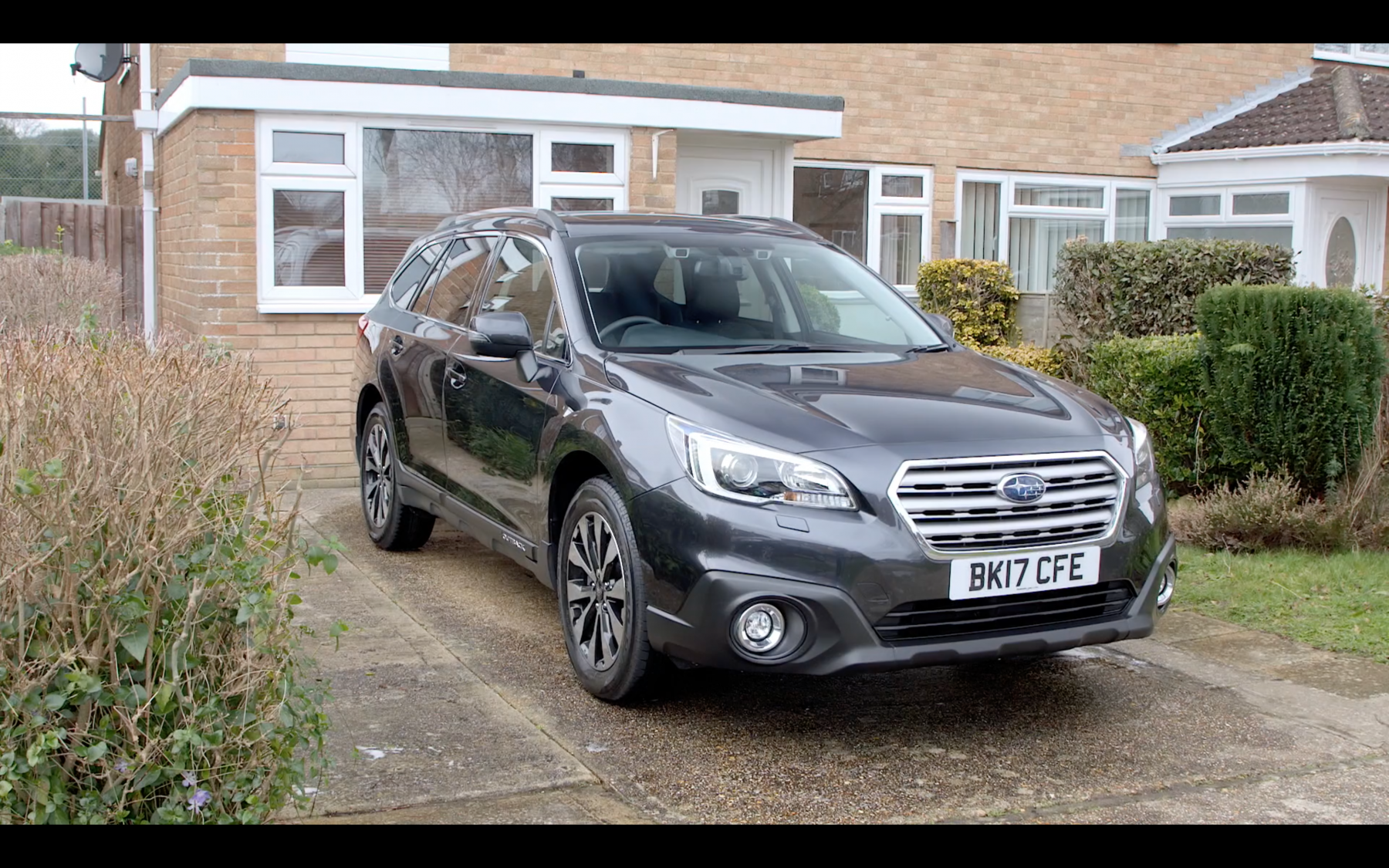“Whatever the question, the answer is always yes.”
These are the words of Tim Earnshaw, managing director and founder of Windrush Car Storage, as we have a chat sitting next to a LaFerrari that’s draped under a perfectly placed cover.
As you might have guessed, this isn’t your average car storage facility.
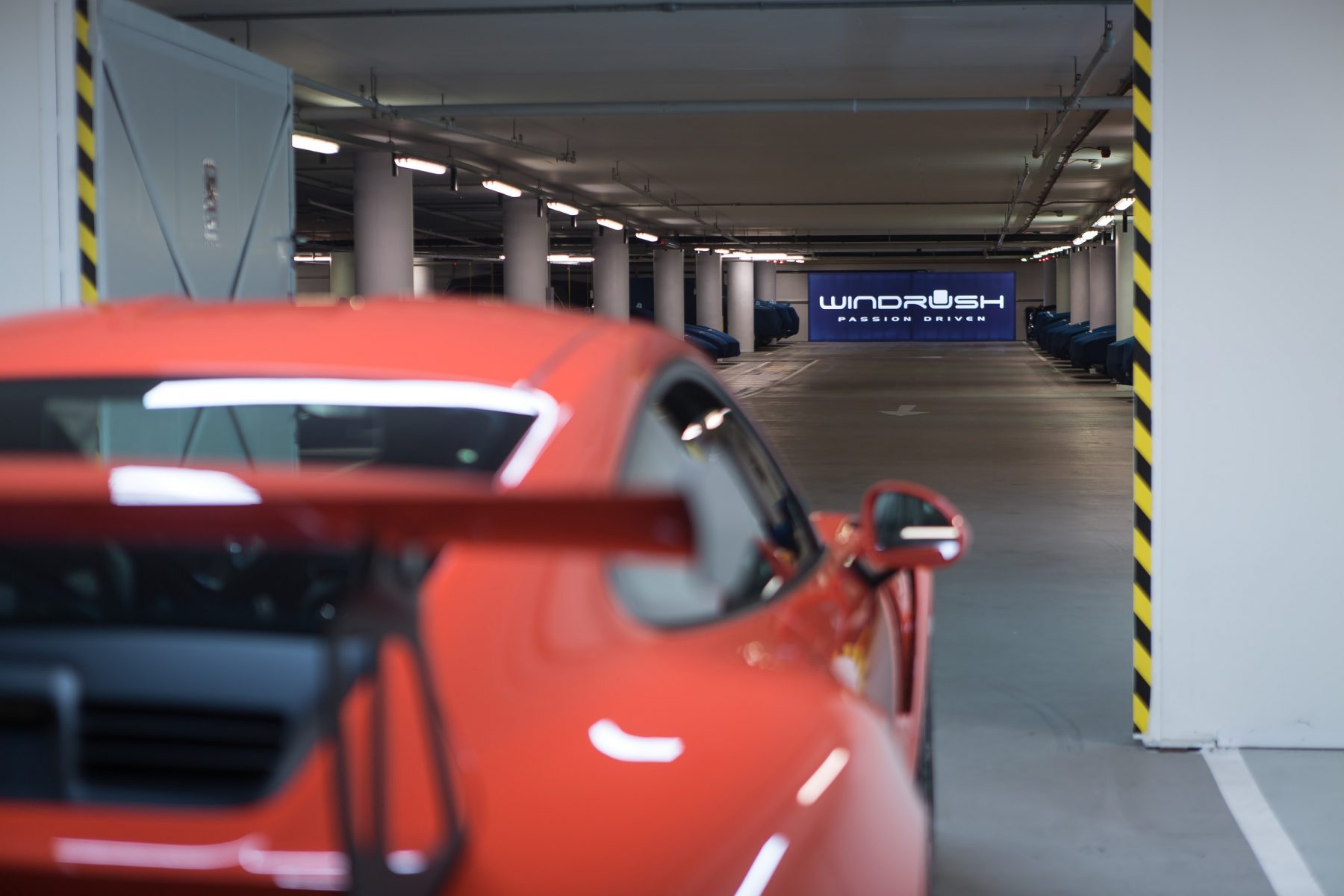
We can’t help thinking that amid all this space there must surely be some more exceptionally rare motors – a few McLaren F1s, perhaps? Earnshaw politely declines to respond, but we reckon we know the answer.
That denial sums up Windrush perfectly. Every aspect of it is aimed at pleasing and exceeding clients’ expectations while also being as discreet and as secretive as possible.
Windrush Car Storage was founded in 2004 by Earnshaw after his part-time hobby of storing cars at his parents’ farm spiralled out of control. At the time, he worked for the Ferrari F1 team in VIP hospitality.
“I’ve always been fairly particular, but working in F1, with it being the pinnacle of motorsport, everything had to be immaculate and pin-straight,” Earnshaw tells us.
F1’s pin-point precision and OCD levels of cleanliness have clearly transferred to his car storage company, which he decided to set up as a full-time business – taking its name from the river Windrush that ran through the family’s farm – after realising that devoting just evenings and weekends to car storage wasn’t enough.
The company has grown rapidly as word has spread – after all, if you were lucky enough to be able to afford a new Ferrari, you’d want to know your car was in good hands.
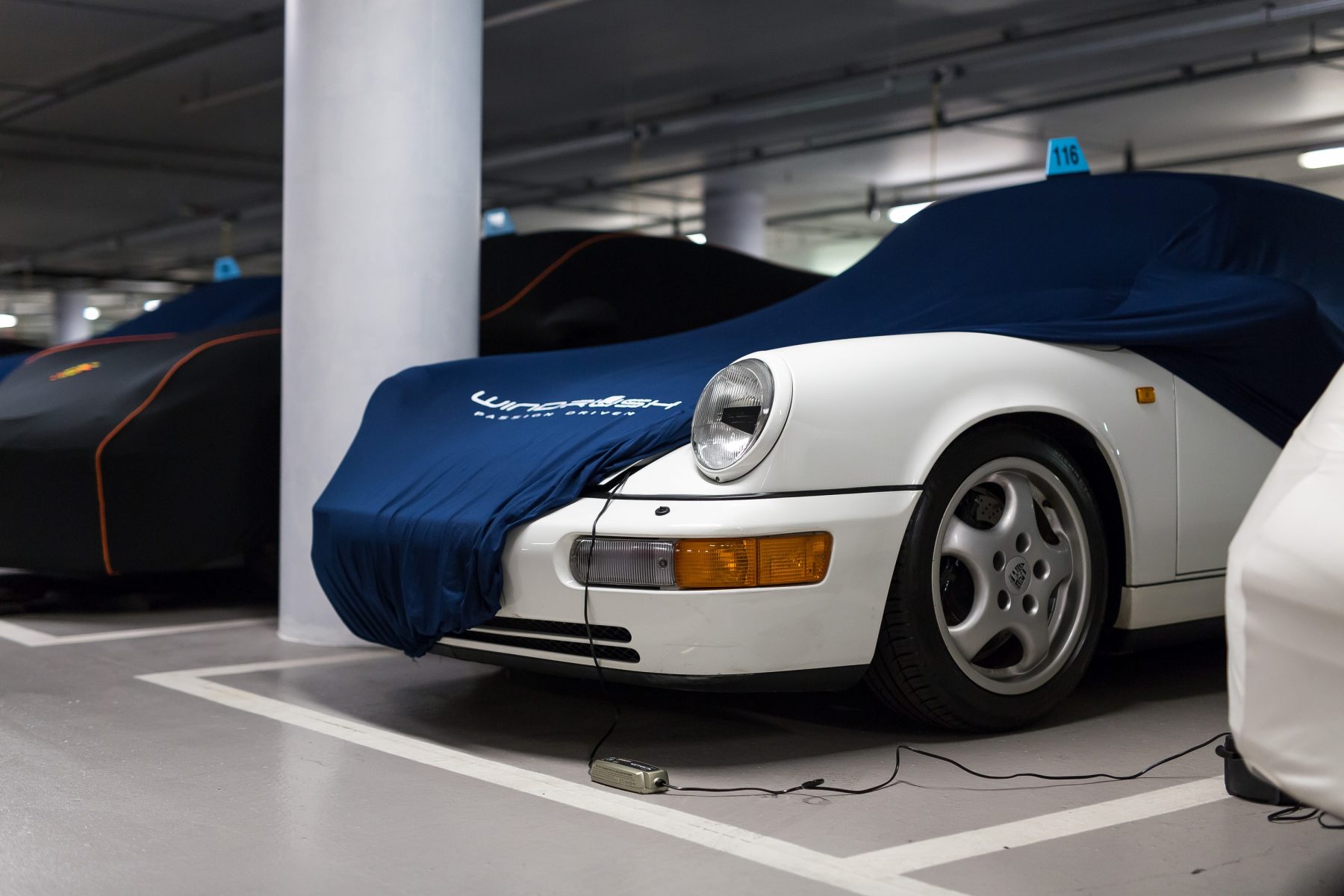
Based in the Cotswolds, Earnshaw set up a London-based storage service in response to requests.
“We were getting a lot of referrals, and people would ask us: “I’ve read a lot about you and I want to put a car with you. Where are you based?” At this point we would have to say we were based in the Cotswolds, before explaining it was two hours outside of London.
“It was a deal-breaker, and it used to hurt me when people would say that it was too far for them.”
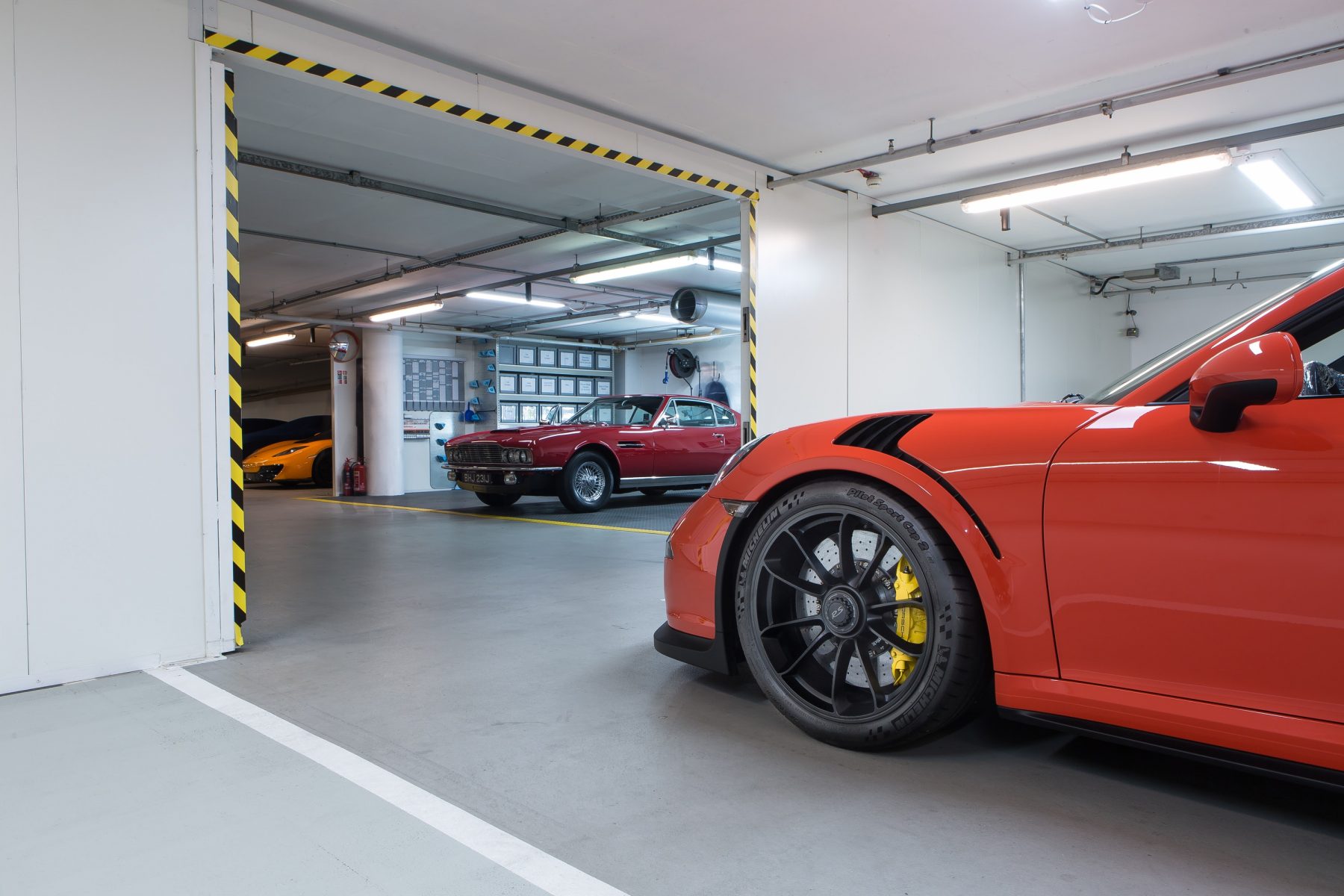
Three short years later, the London location is full and Earnshaw has further plans for expansion soon.
Windrush doesn’t publish its address for security reasons, and the safest way of saying where it is is “central London” – albeit a very busy part of the capital.
“Our number-one priority is security. We are very careful about who we show around, we are never blasé and never complacent. We don’t publish our address, and we try to be anonymous and tucked away on a need-to-know basis.” says Earnshaw.

The company charges £52 and £98 plus VAT per week in the Cotswolds and London respectively for its premium service. And when you consider that most of the cars in there are worth hundreds of thousands of pounds, it all looks rather affordable to keep such valuable vehicles away from prying eyes. Parking in London is hardly cheap, either, even if it’s in a rough underground car park.
Unlike rival companies, nearly all treatments and pampering are done in-house, or using Windrush-approved suppliers.
“We’re the guys storing the car, pampering it, updating the client and we’re the guys handing the car back with a handshake. That end-to-end passionate service goes a long way.
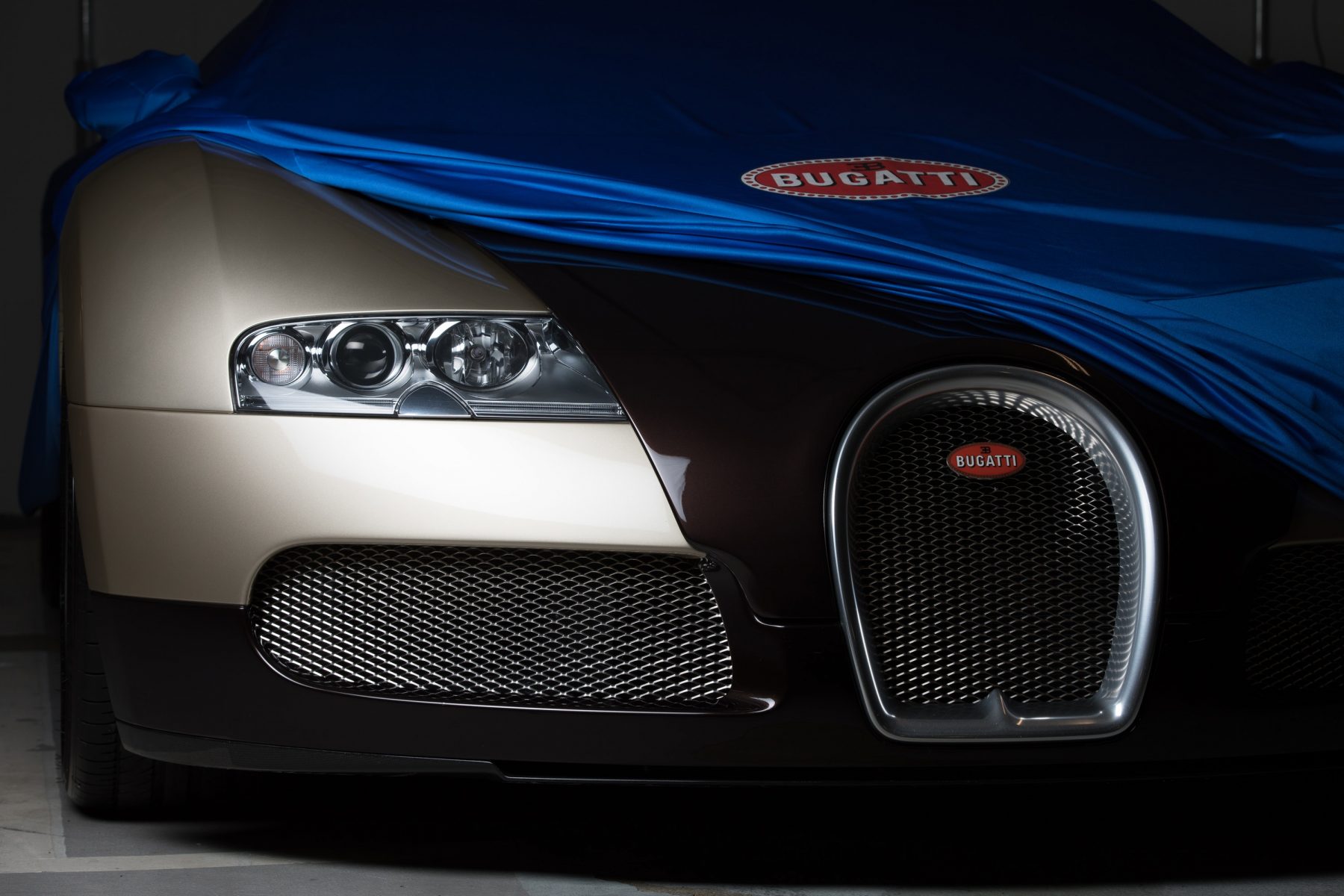
“I’m a strong believer that if you enjoy what you do, people can see that passion, and we get a lot of people who are also very passionate about their car and trust us with it, as they can see we love our job.”
On our tour, we spot a shrouded Bugatti Chiron, Bugatti Veyron, multiple LaFerraris, Porsche 918s and so much more. Name a modern hypercar or supercar and there’s a strong chance it’ll be in there. Many of the cars are also in zones, with Ferraris, Aston Martins, Porsches, etc, clustered together based on marque.
It’s not all exotica, though, with many cars stored by Windrush for sentimental reasons, too. An old Mercedes has belonged to the client’s mother from new, but there are more ‘normal’ cars such as Ford Capris and Range Rovers as well.

All the cars are protected by matching blue Windrush covers – unless a customer wishes to use their own. It certainly put our car knowledge to the test – looking at nothing but silhouettes and trying to work out what car lay beneath. Easier said than done.
When Earnshaw said “the answer is always yes” he really did mean it. If a customer wants their car shipped to Australia it’s not a problem. “Can you meet our cars from Japan at the port and then look after them before we arrive?” Not a problem. “Can you pick up my car from a Monaco hotel in the middle of the night?” Not a problem. And these are all requests that Windrush has carried out.
More than half of the business’s time is spent going above and beyond to make clients’ lives as easy as possible – by sorting out UK registration documents on cars bought abroad, for example, or having their cars serviced and MOTed, getting them wrapped, detailed and more.
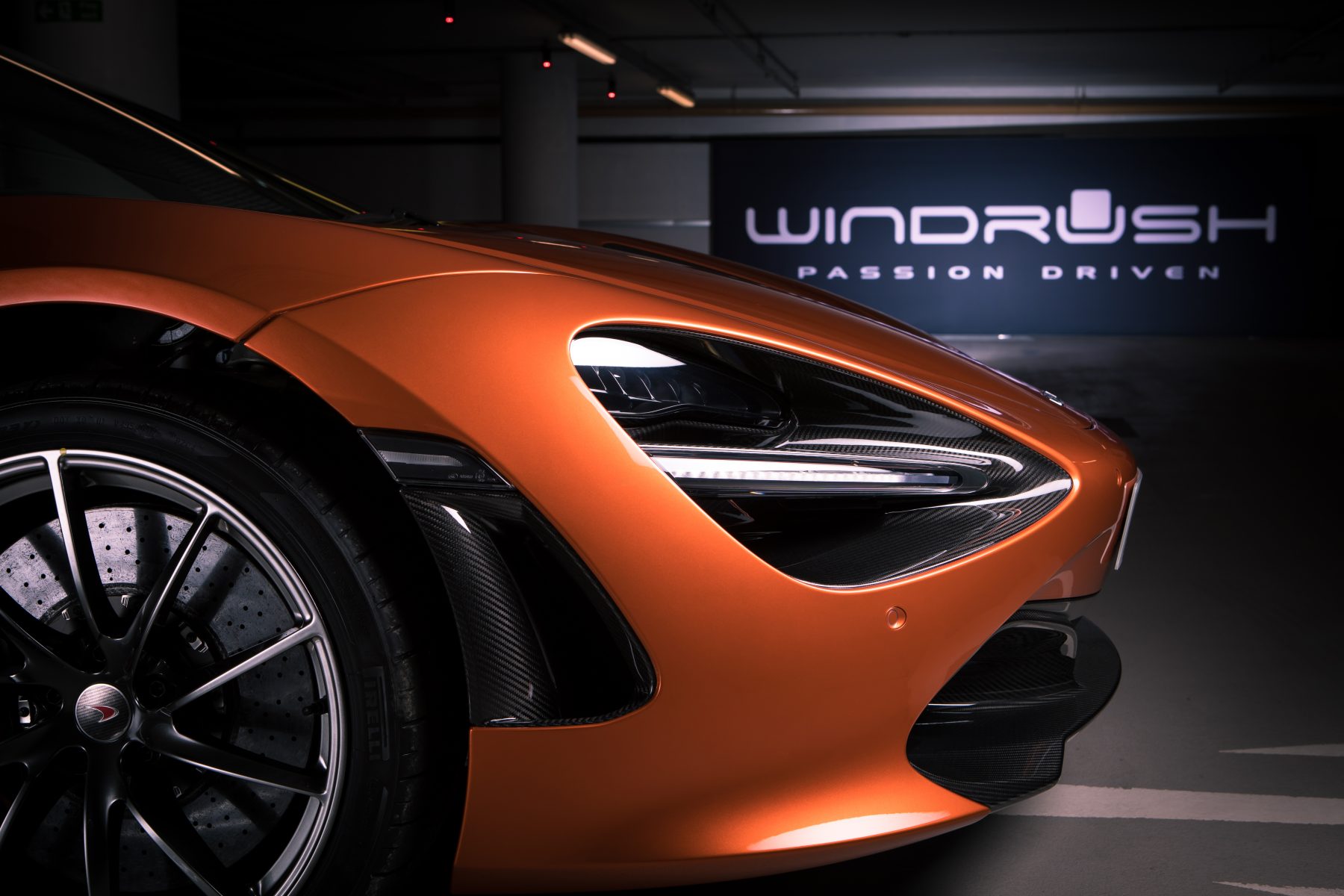
We went in fully expecting the cars to never move but that’s not the case, with the average number of times that a client takes their car out being once a month in London, albeit less often in the Cotswolds.
There are astounding examples too, such as the pristine Jaguar XK120 that is kept roadworthy but has never been taken out by its owner in the seven years it has been with Windrush – such is the life of the ultra-rich.
“Typically, though, because we are a more premium service, we attract people who want their cars to be pampered – the owners who don’t forget about them and want to use them.”
And perhaps unsurprisingly, Windrush attracts a celebrity or two.
“We do get some household names, let’s say, but I’m not telling you who! Often, they are very private in their own time, so we will never talk about their career with them.
“Of course, they know we know who they are, but we will simply enjoy talking about cars with them. We love it. It’s a privilege.”

After a lengthy chat with Earnshaw, we have a few minutes to mooch around on our own, admiring the detail, attention and procedure that has made Windrush so successful – and, of course, some of the cars on show.
It’s at this point that one of Earnshaw’s colleagues – in the politest way we’ve ever heard anyone say ‘go away’ – asks us to leave as a “very important client is coming to visit, and he likes the place to himself”.
As we exit, with one final glance at the mesmerising underground Aladdin’s cave of automobiles, we resist an overwhelming temptation to ask Earnshaw if he can tell us who the VVIP is. After all, if the answer is always yes…



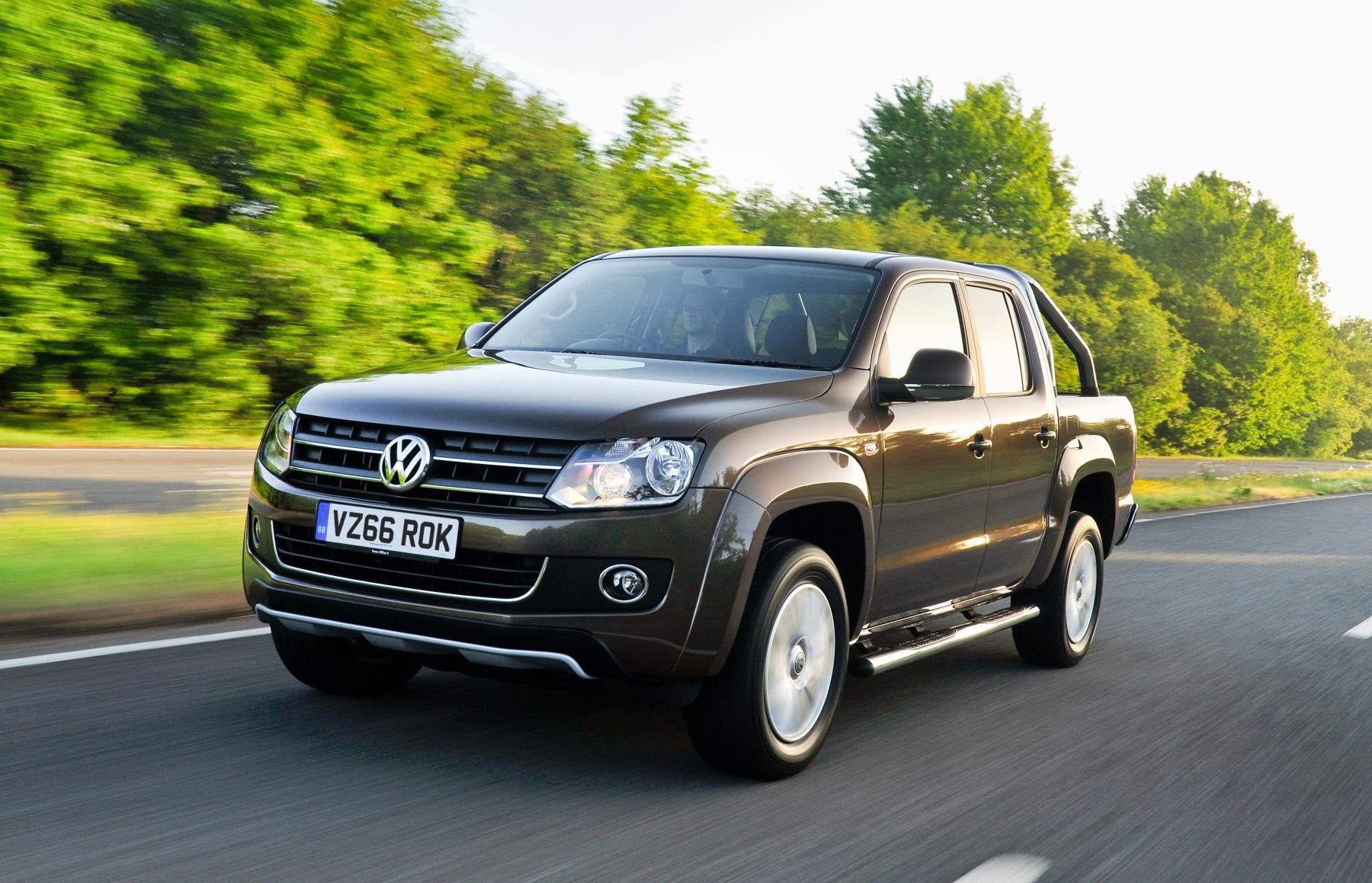
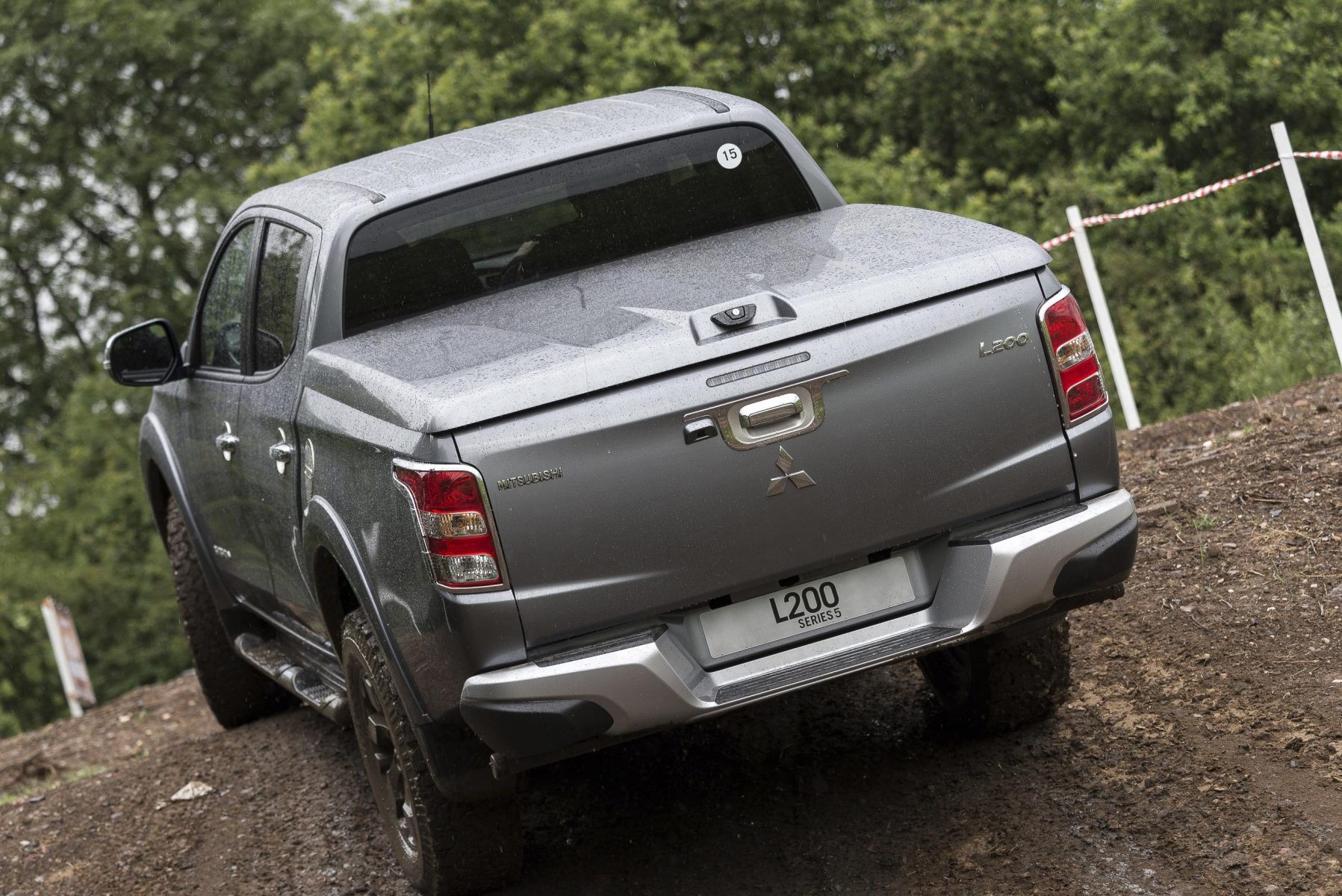
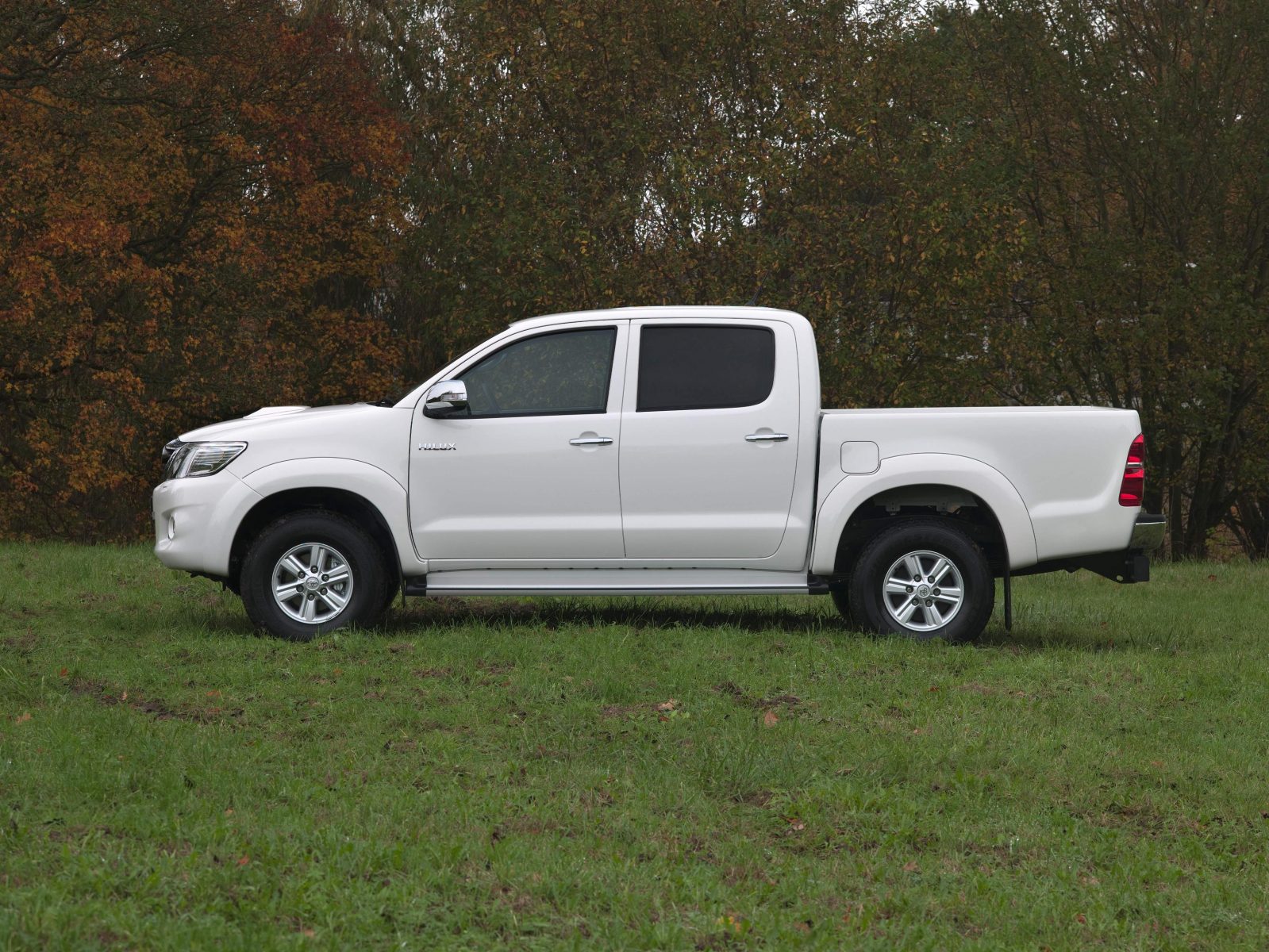
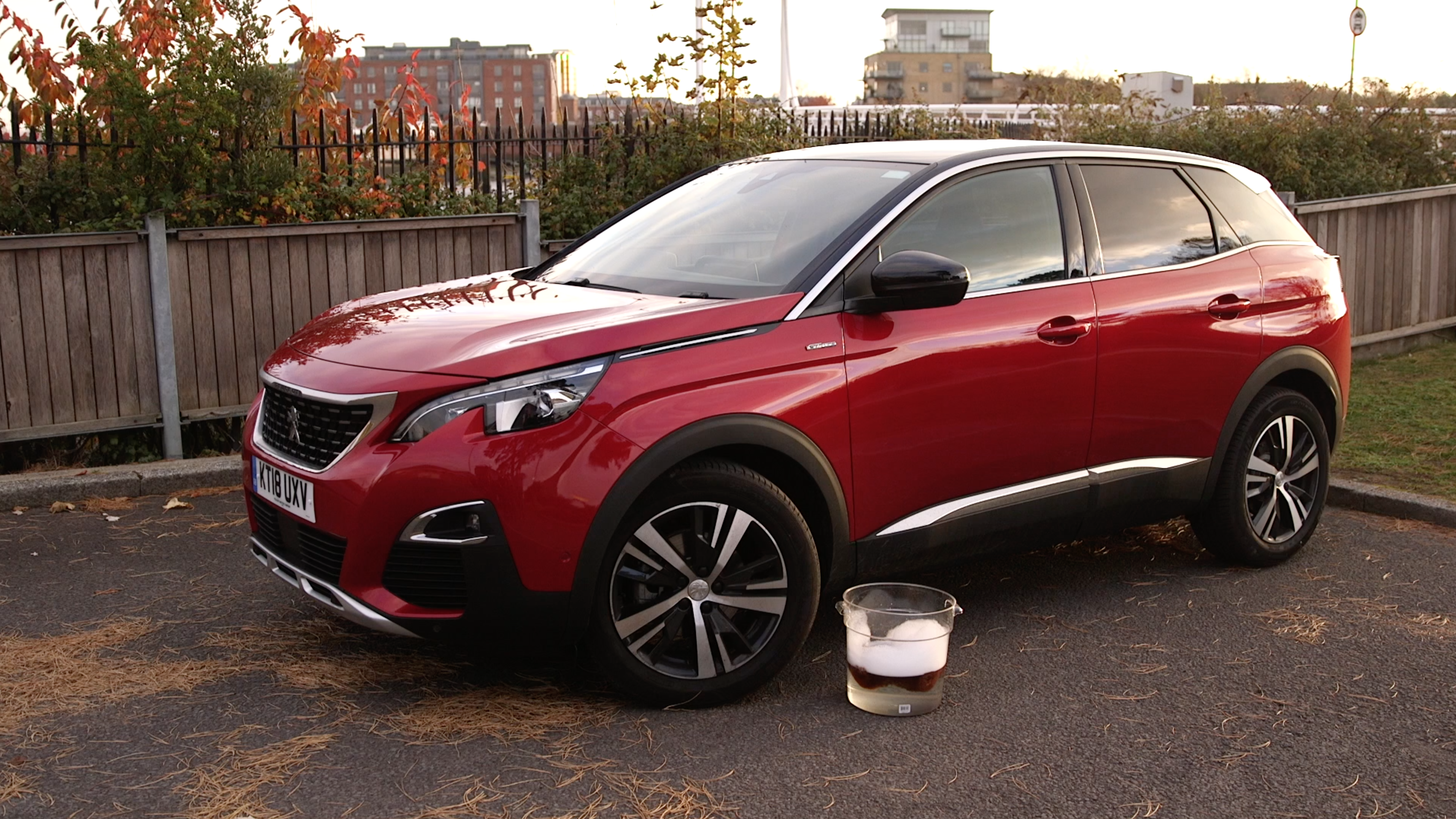
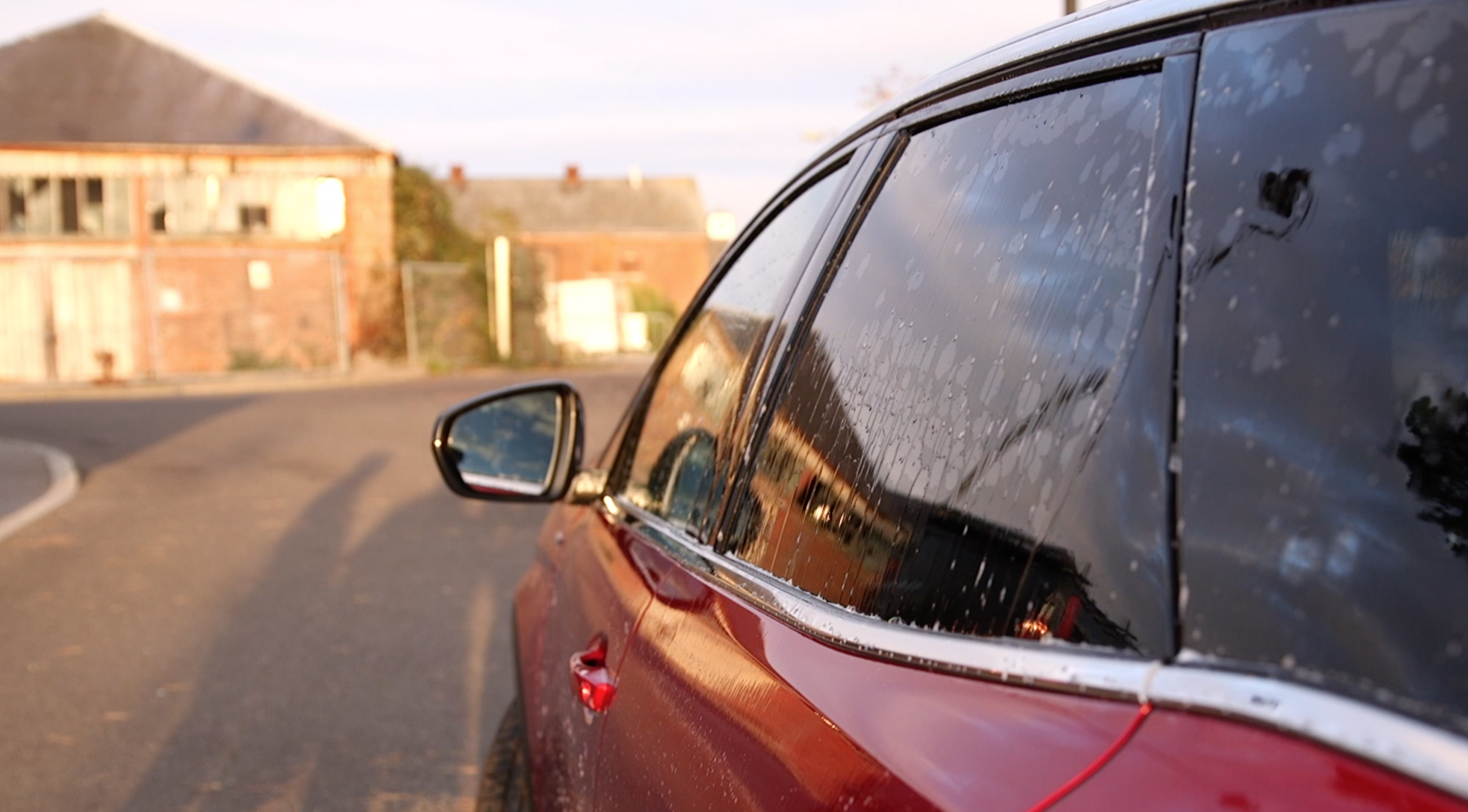 If you’re dealing with exterior glass first, it’s a good idea to wash your car to help rid the surface of any dirt and built up grime. Once all glass is dried, we recommend using two cloths – ideally dedicated towels just for glass cleaning. Cleaning glass in damp or sunny conditions is a big no-no, too, because the liquid can often evaporate before you even have time to start cleaning the glass.
If you’re dealing with exterior glass first, it’s a good idea to wash your car to help rid the surface of any dirt and built up grime. Once all glass is dried, we recommend using two cloths – ideally dedicated towels just for glass cleaning. Cleaning glass in damp or sunny conditions is a big no-no, too, because the liquid can often evaporate before you even have time to start cleaning the glass.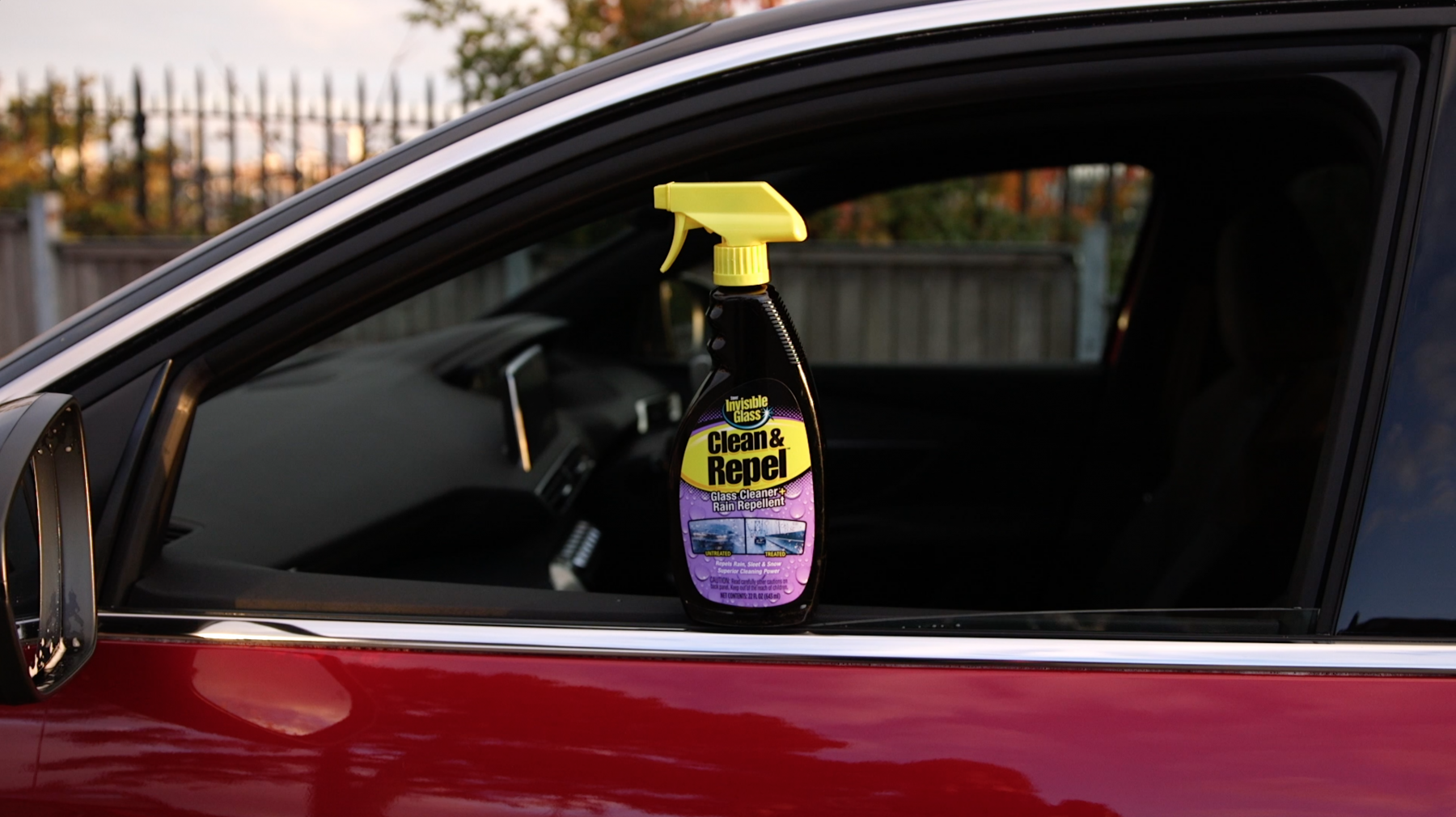 Choose your glass cleaner carefully, and don’t use a household cleaner that’s been lying around in your cupboard for years. Car and household glass are made differently and don’t necessary work with the same products, soit’s best to buy a specialist glass cleaner for vehicles.
Choose your glass cleaner carefully, and don’t use a household cleaner that’s been lying around in your cupboard for years. Car and household glass are made differently and don’t necessary work with the same products, soit’s best to buy a specialist glass cleaner for vehicles.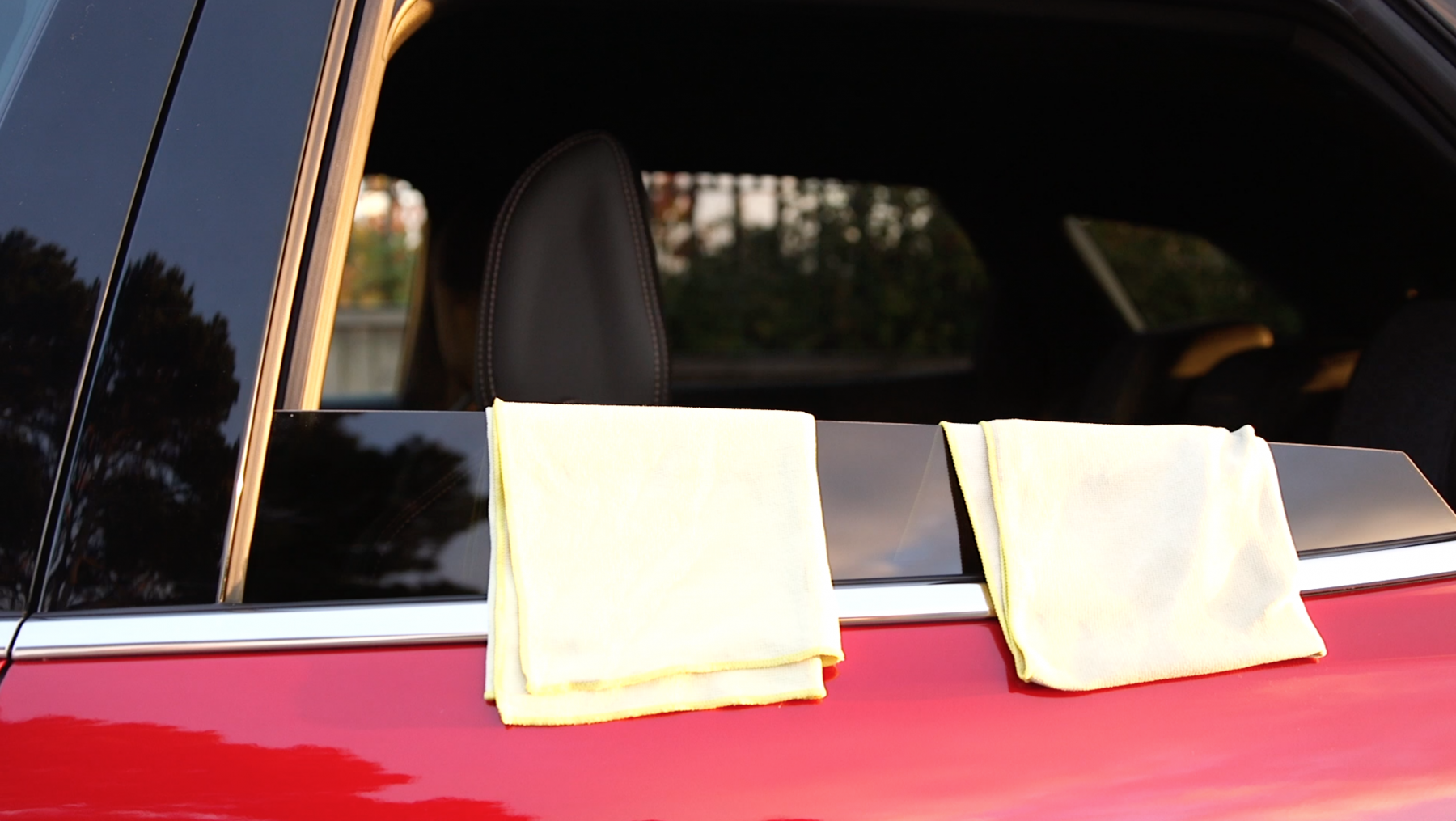 Spray the glass cleaner onto the windows and use one cloth to wipe the product around the glass, always work in straight lines, whether that being up and down, or side to side. Don’t work in circles, as this is when smears are more likely to occur.
Spray the glass cleaner onto the windows and use one cloth to wipe the product around the glass, always work in straight lines, whether that being up and down, or side to side. Don’t work in circles, as this is when smears are more likely to occur.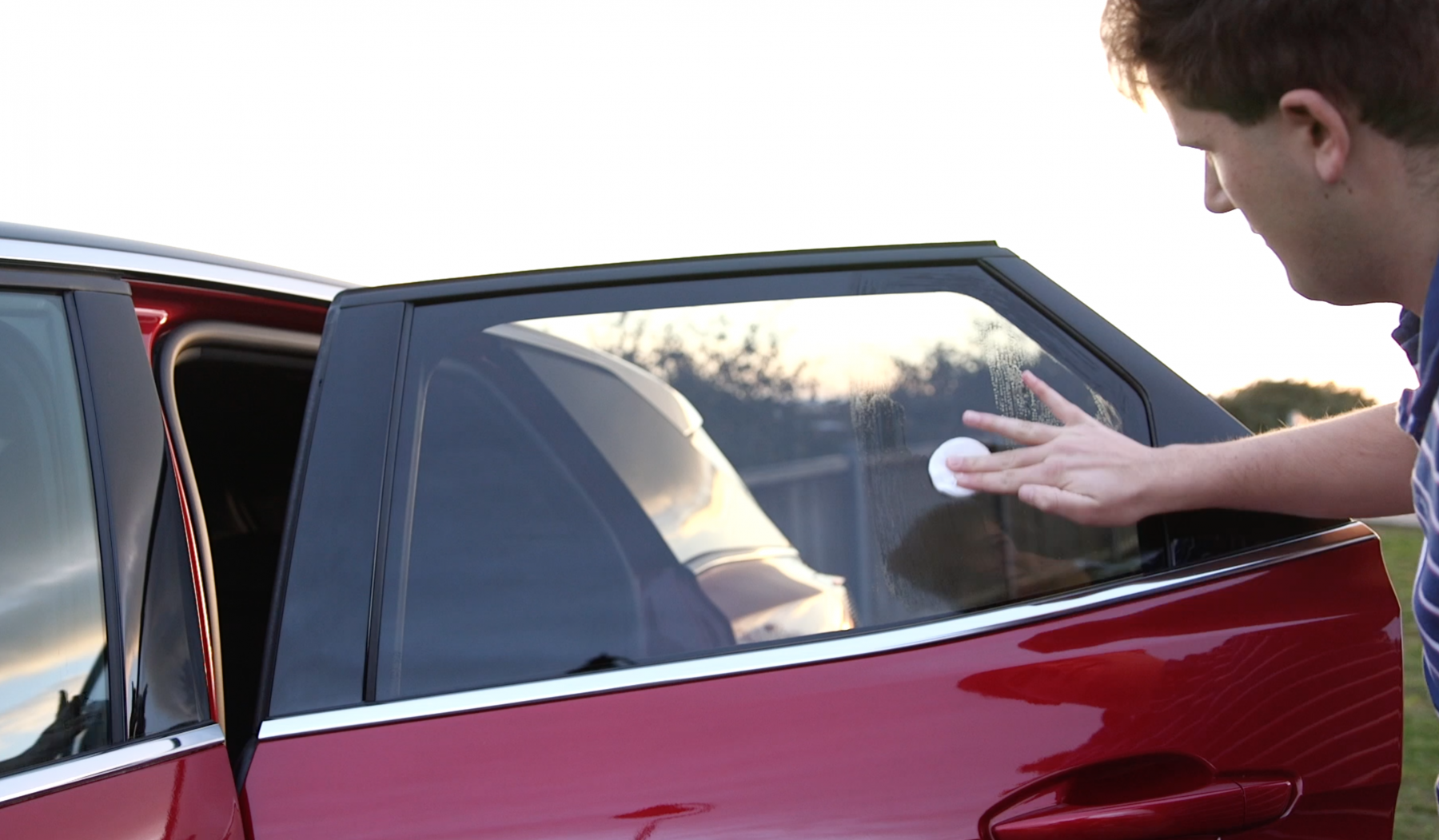 For exterior glass, if you want to try and make it easier to clean next time, glass sealants can be used (think Rain X). These products can also improve visibility when driving in the rain, as their hydrophobic features allows the water to bead off the windows at higher speeds, and reduces the need to use your vehicle’s wipers.
For exterior glass, if you want to try and make it easier to clean next time, glass sealants can be used (think Rain X). These products can also improve visibility when driving in the rain, as their hydrophobic features allows the water to bead off the windows at higher speeds, and reduces the need to use your vehicle’s wipers.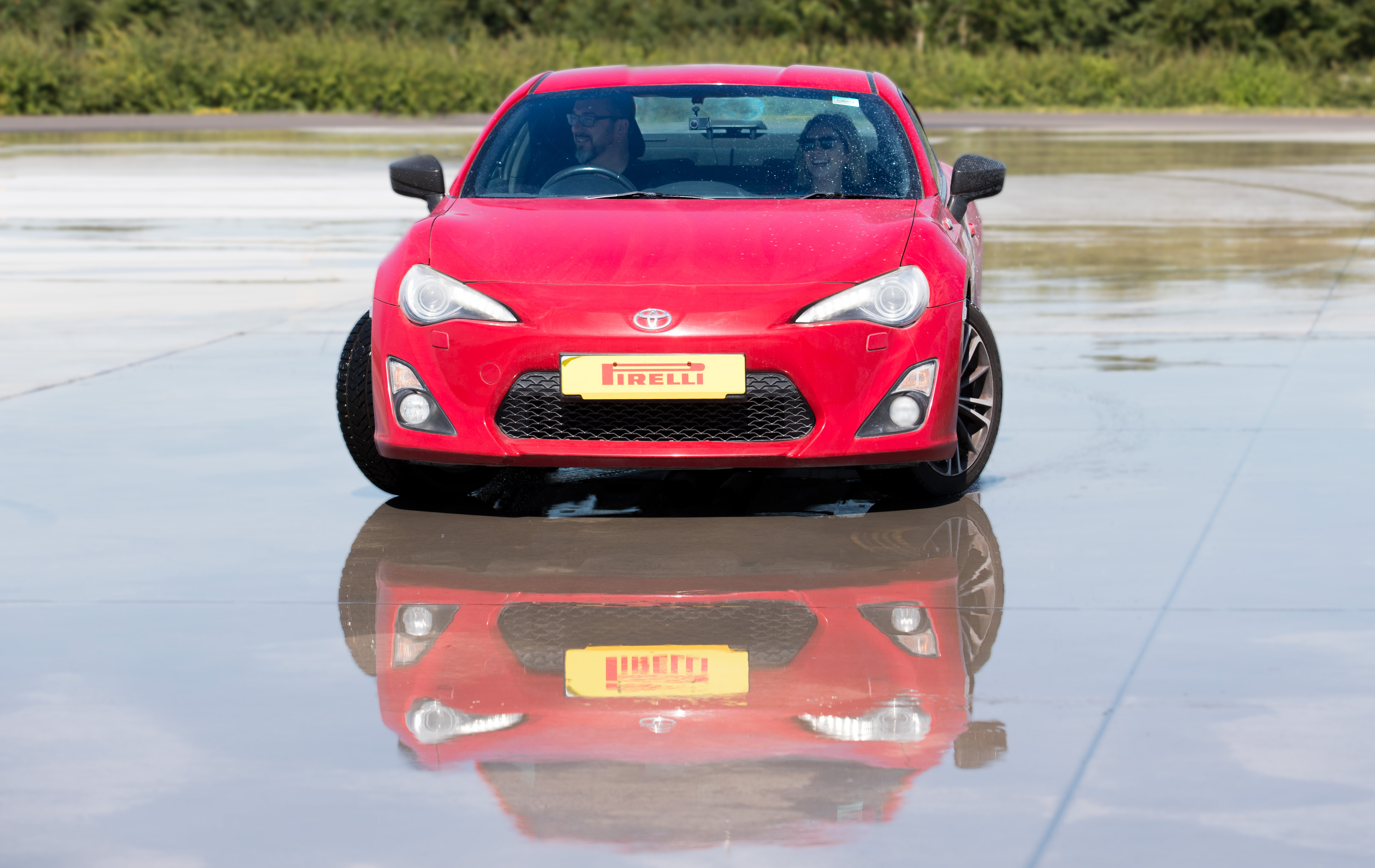


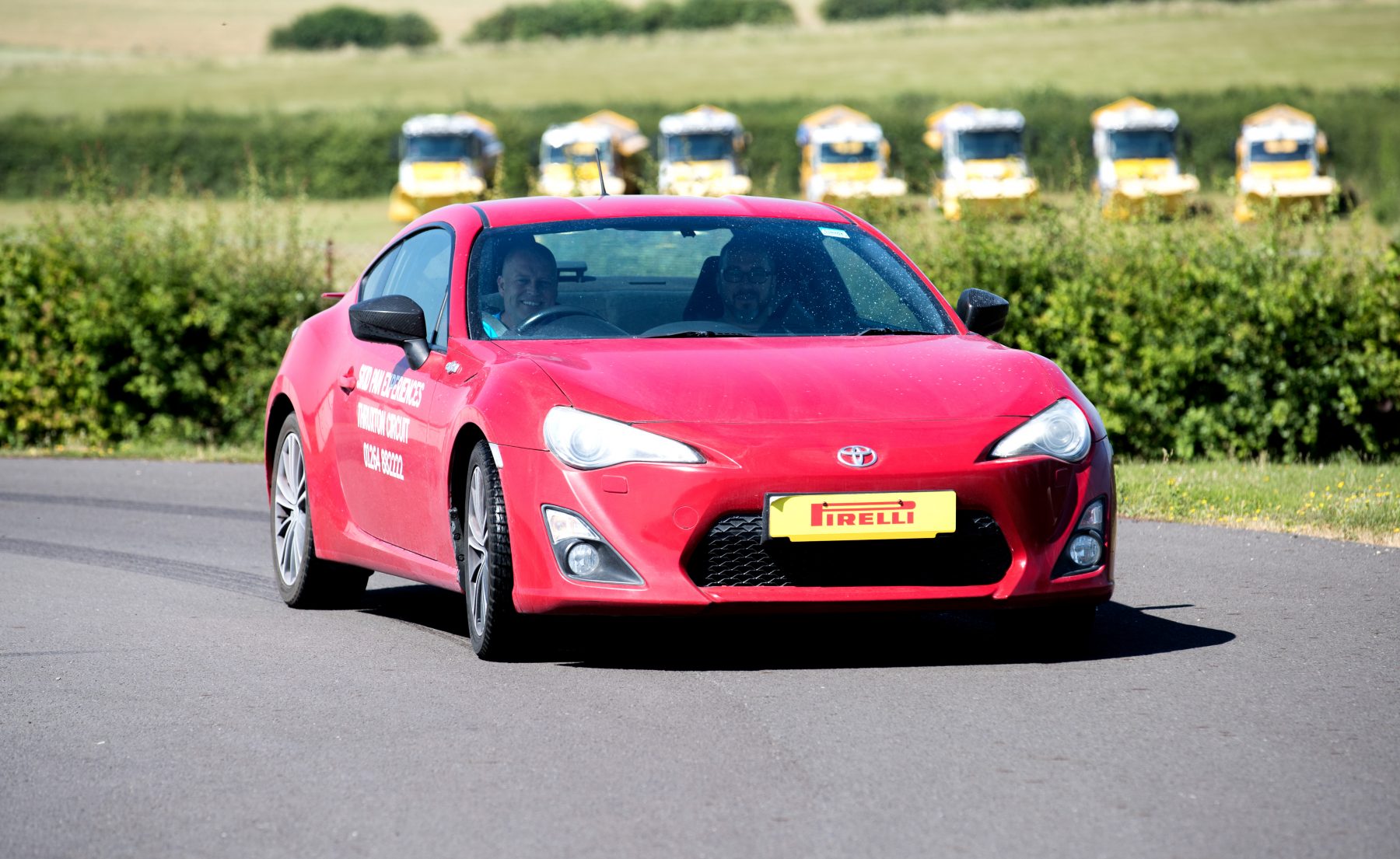

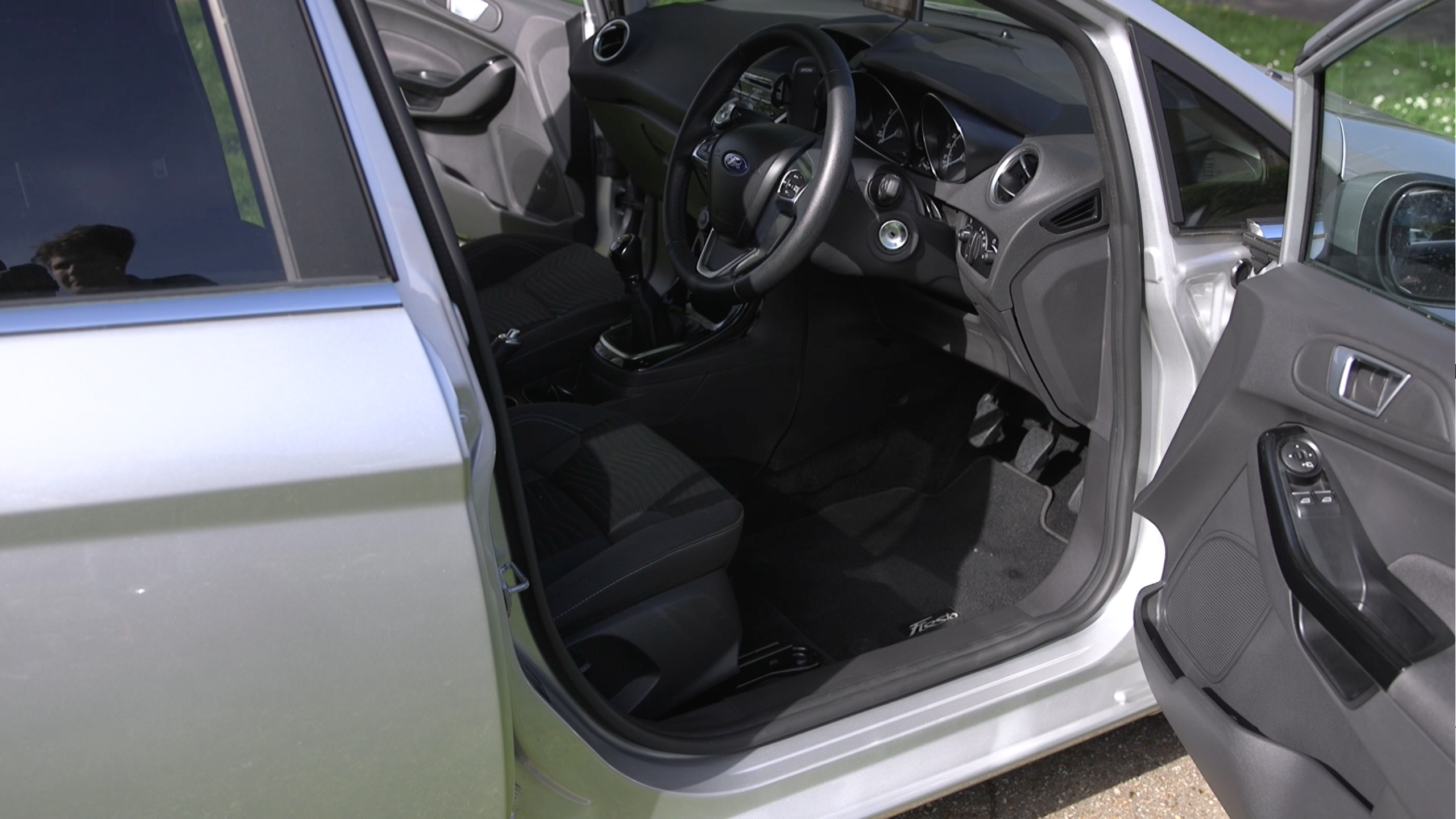
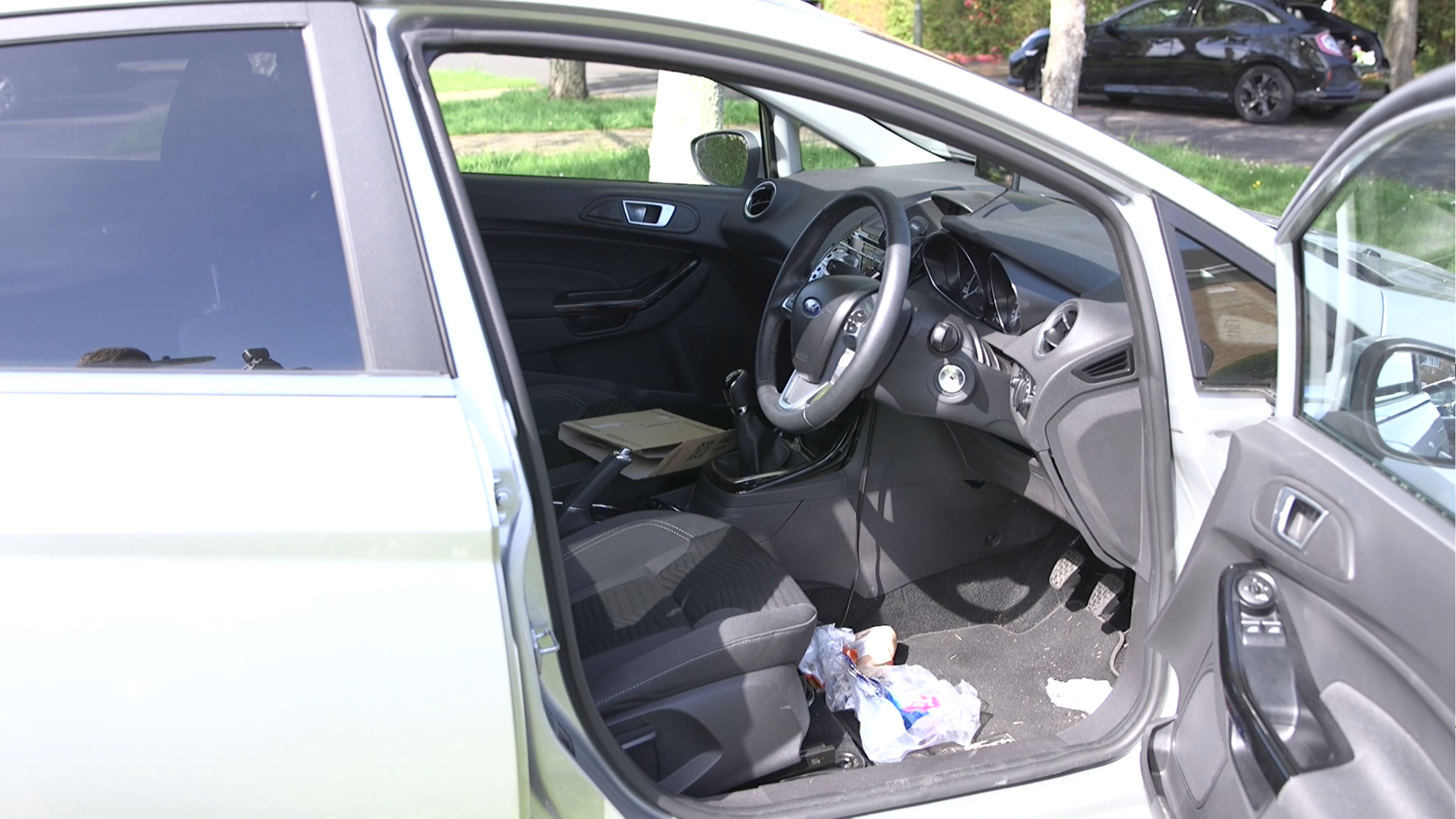
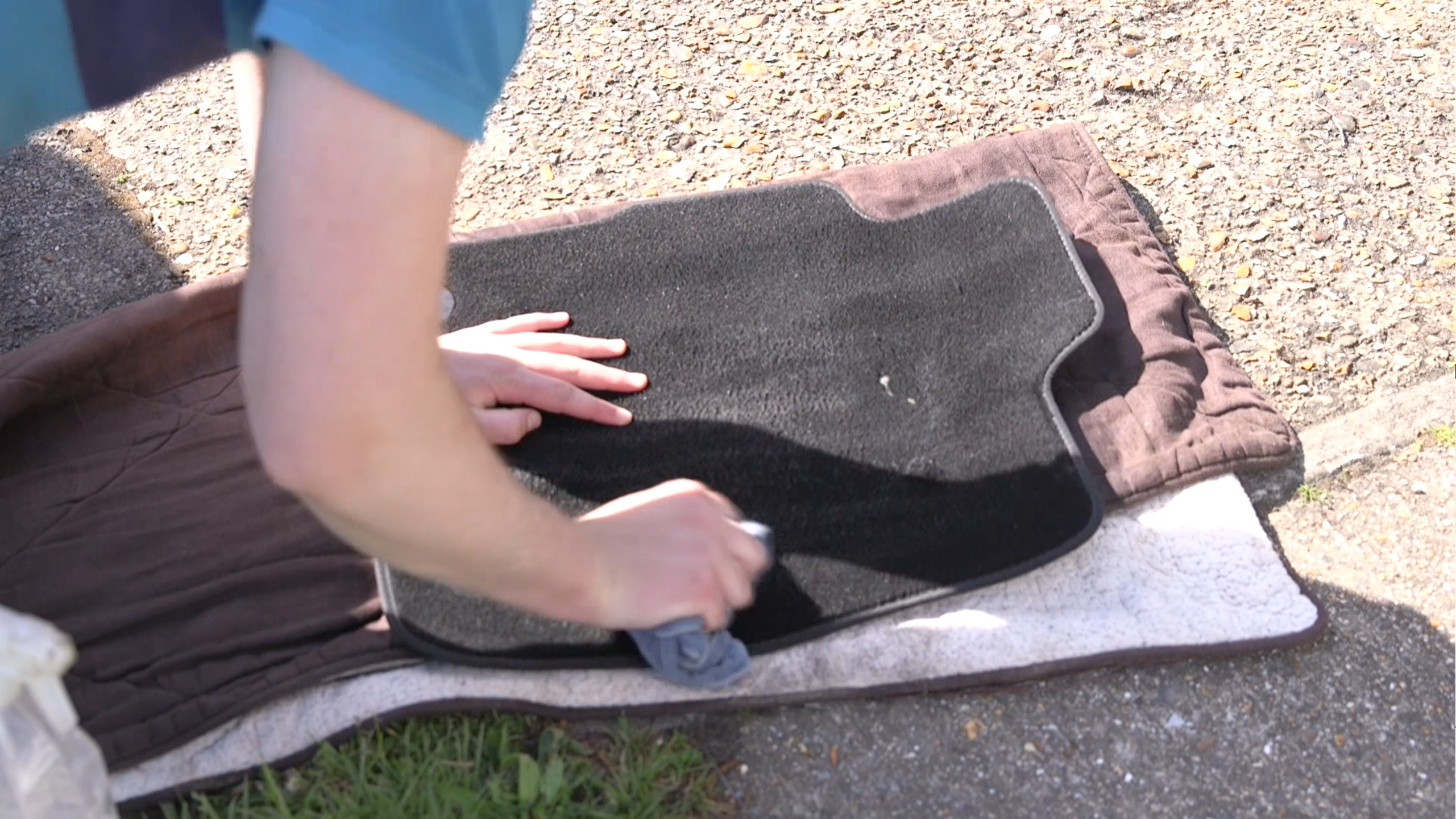
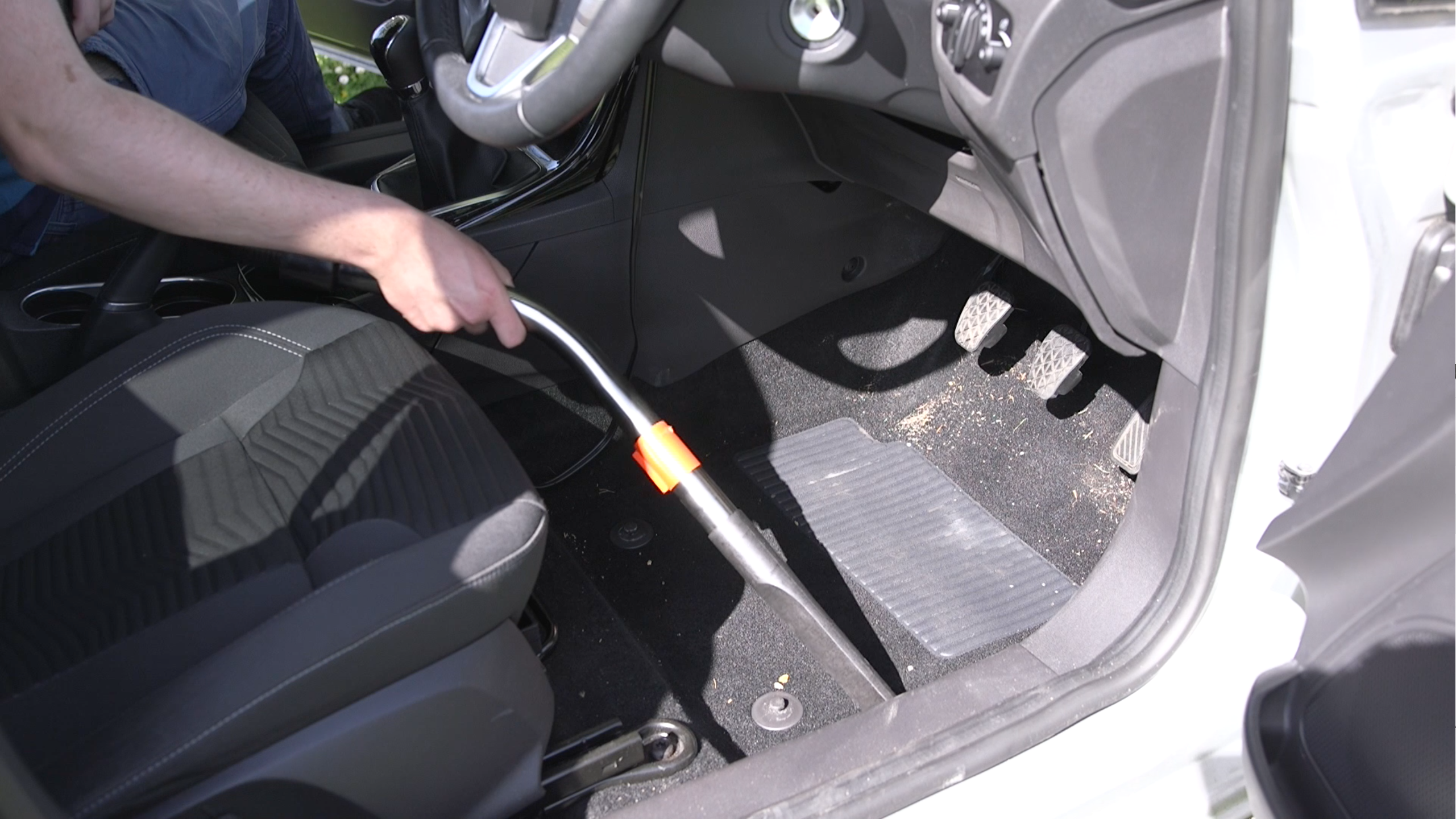
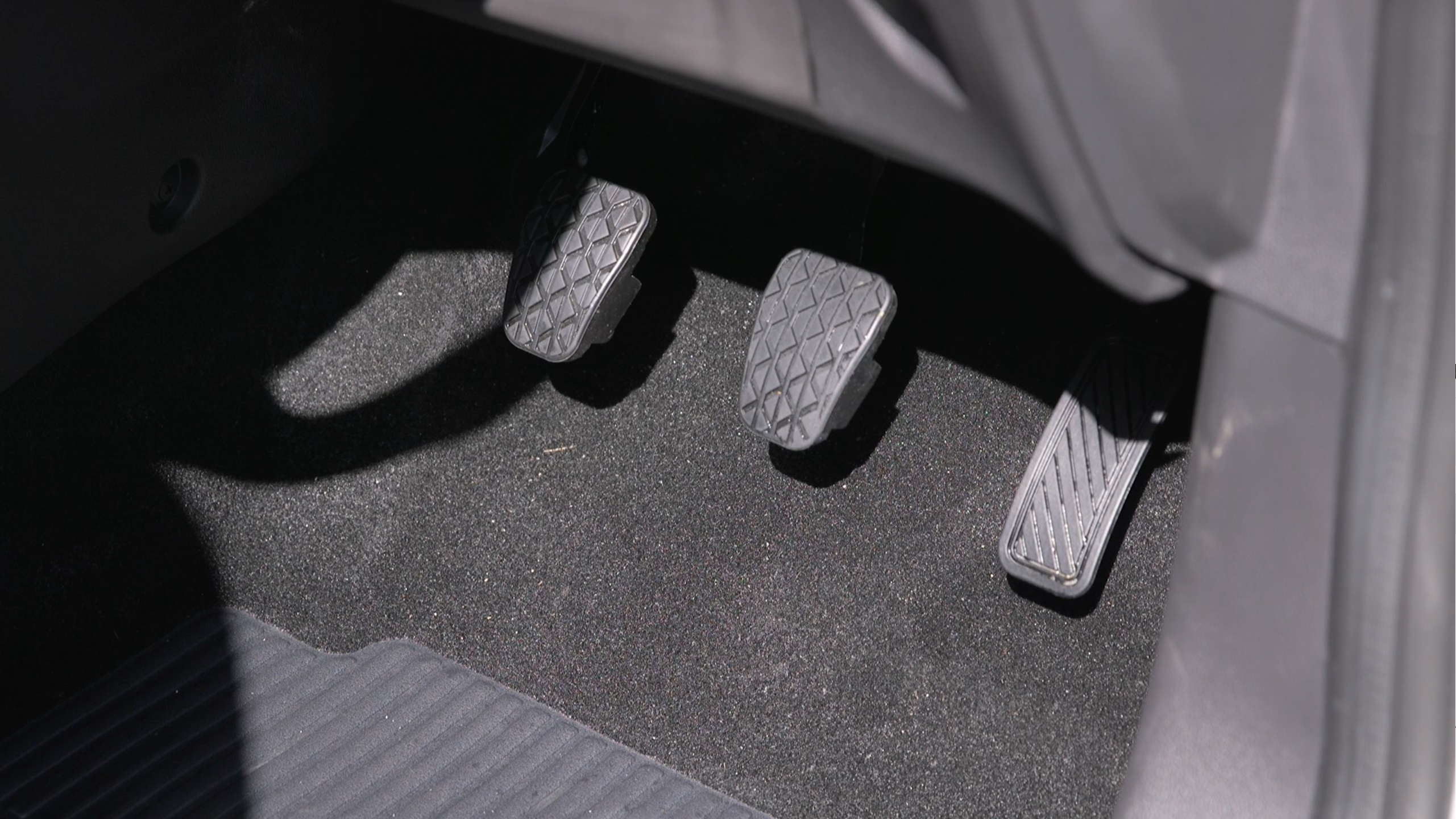
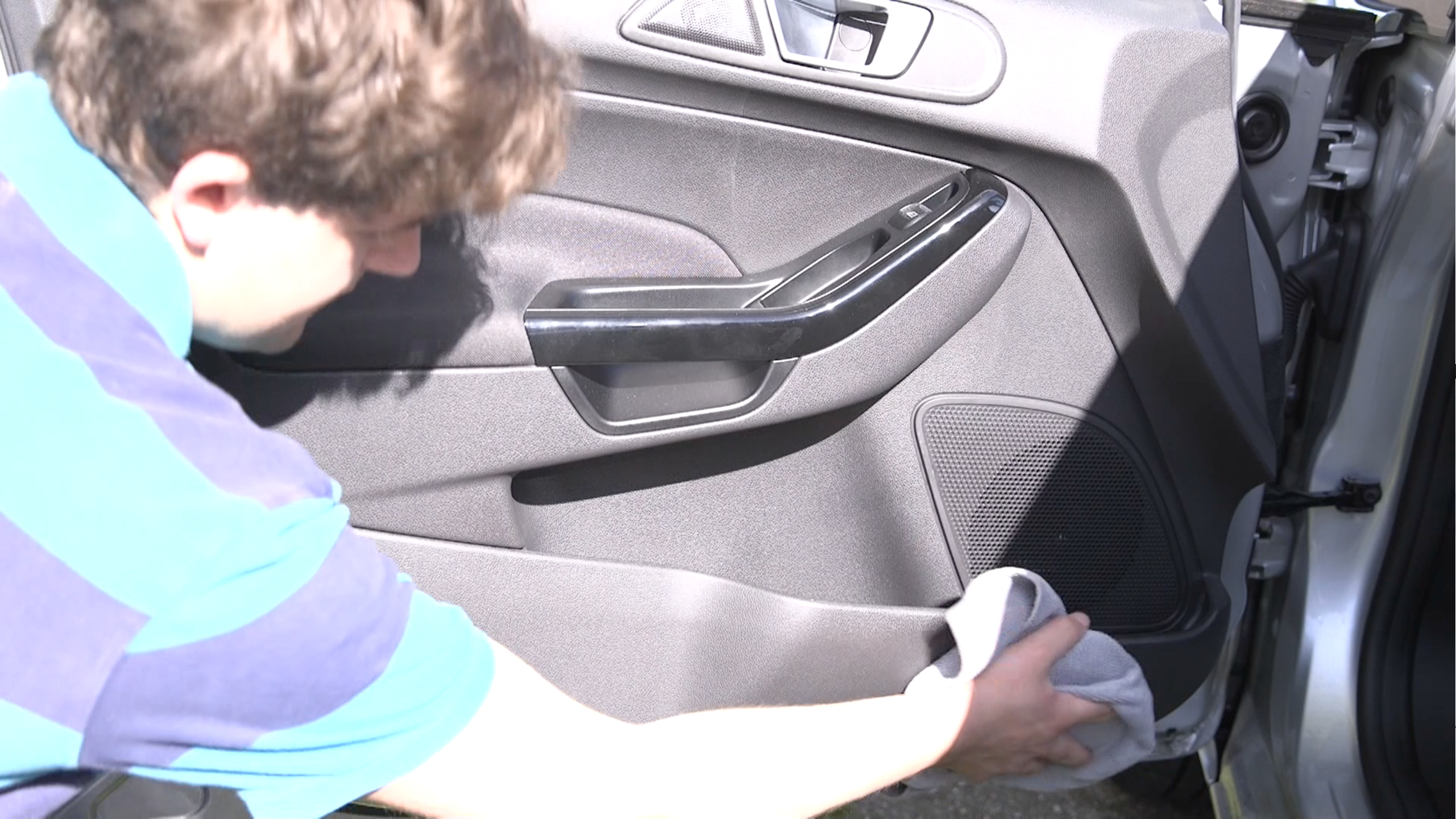
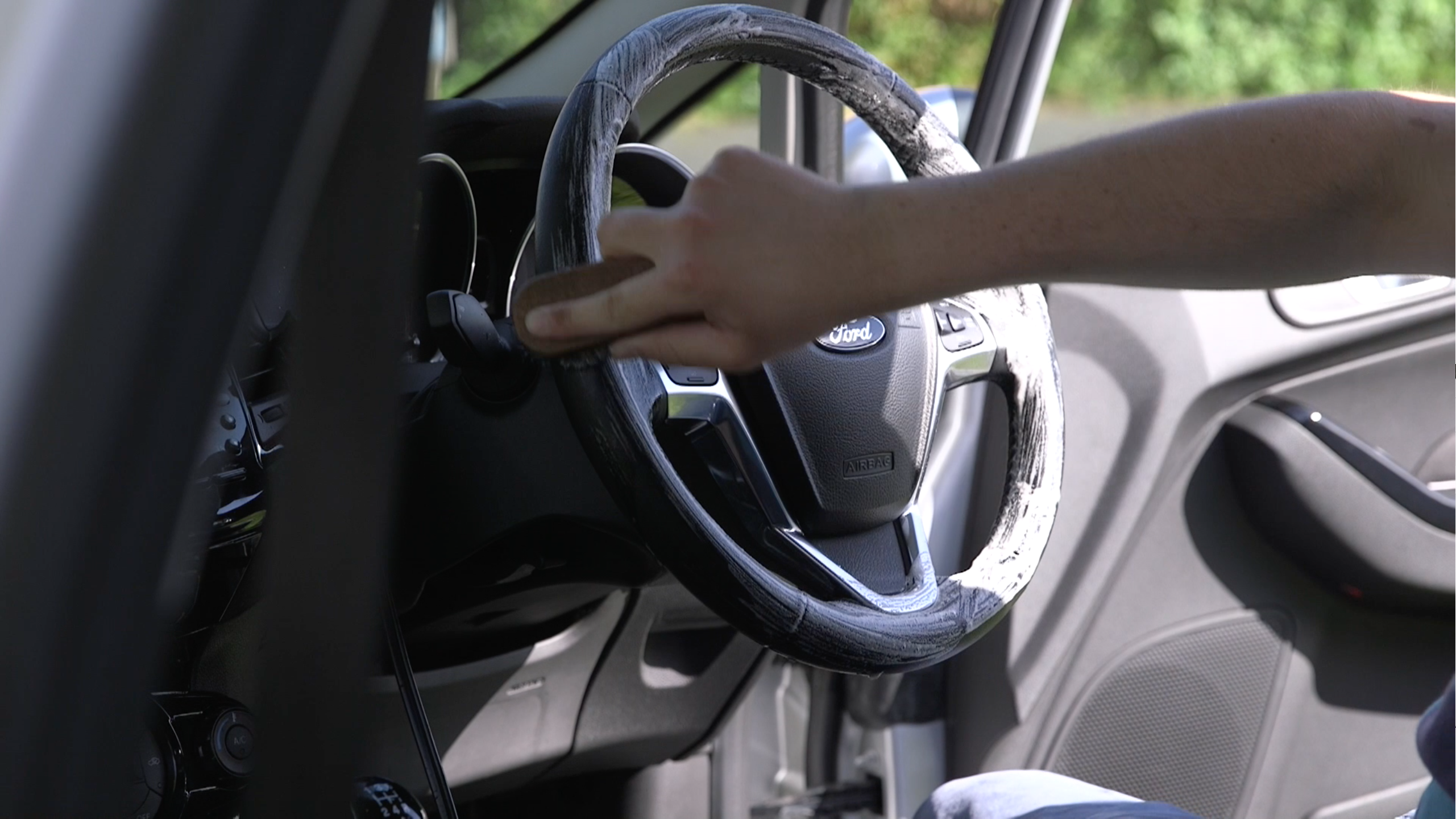
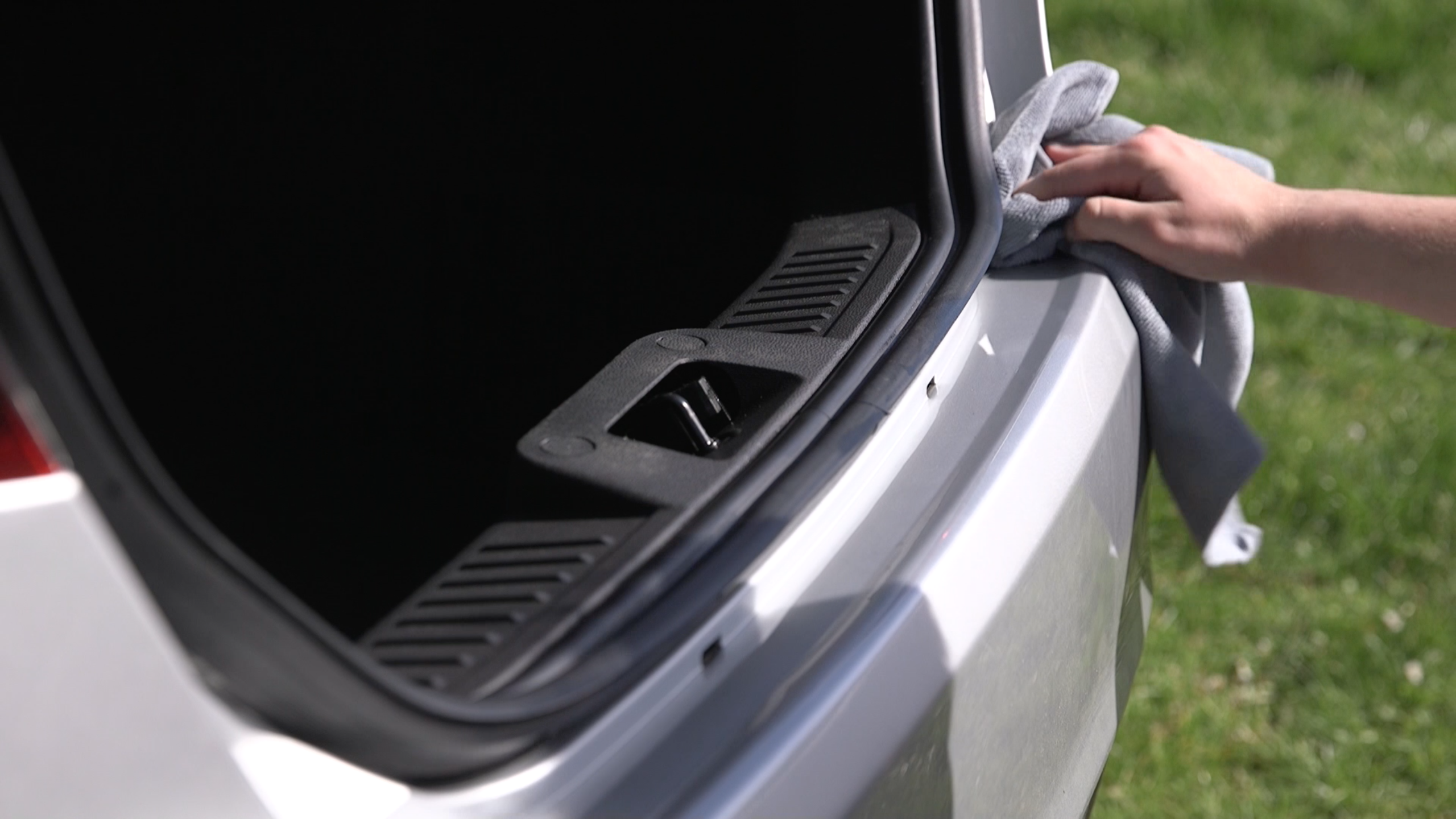
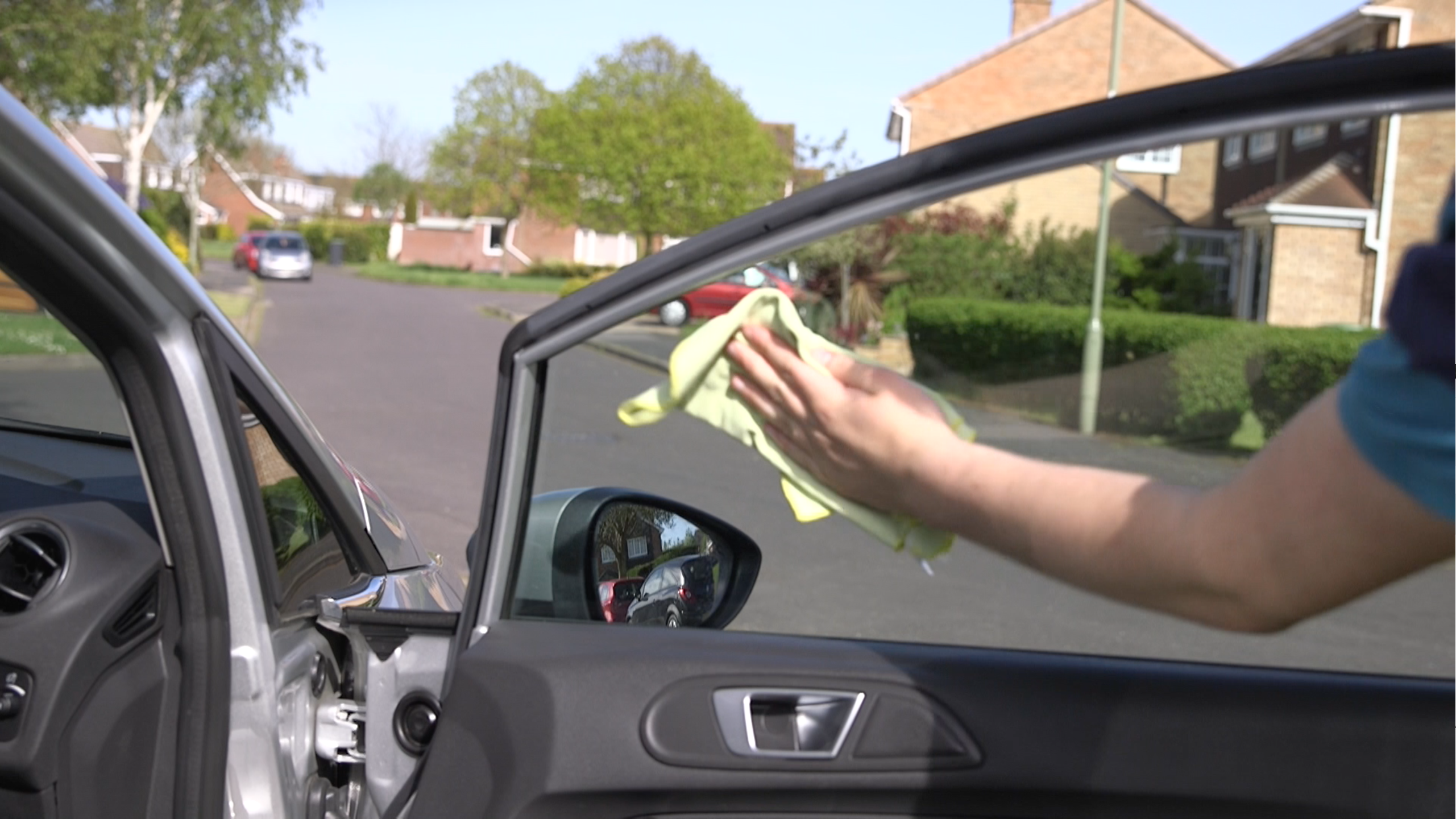
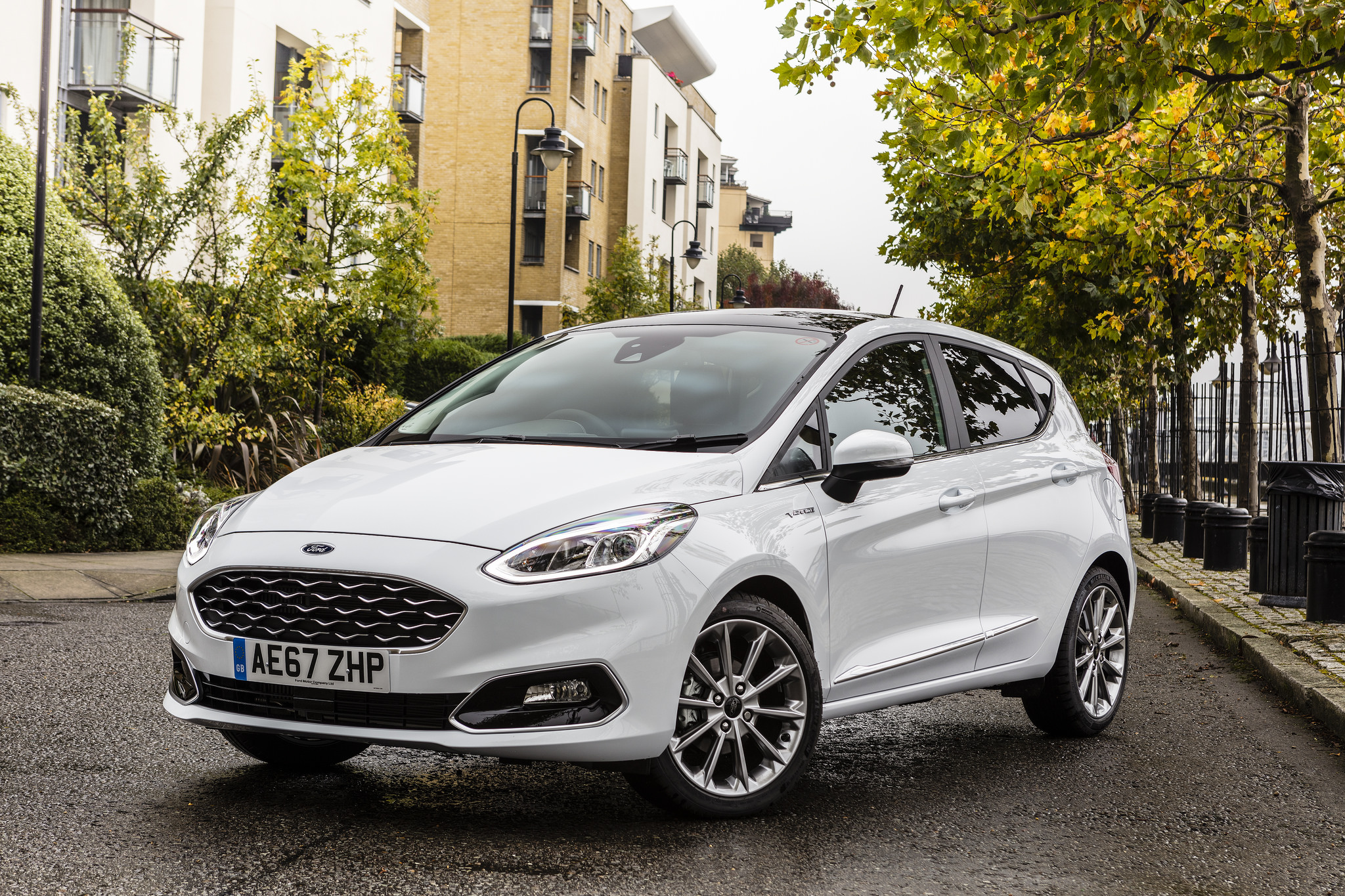
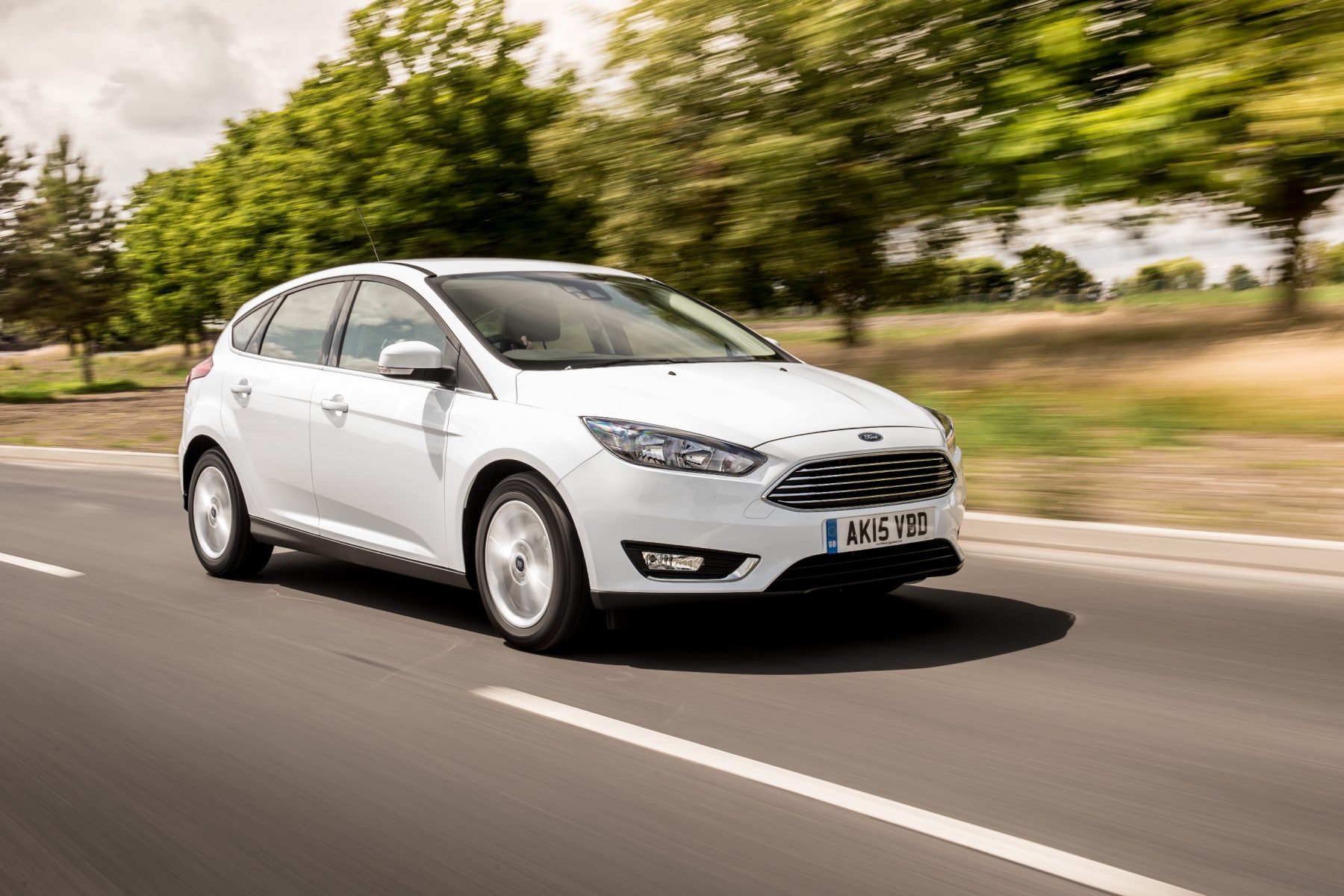

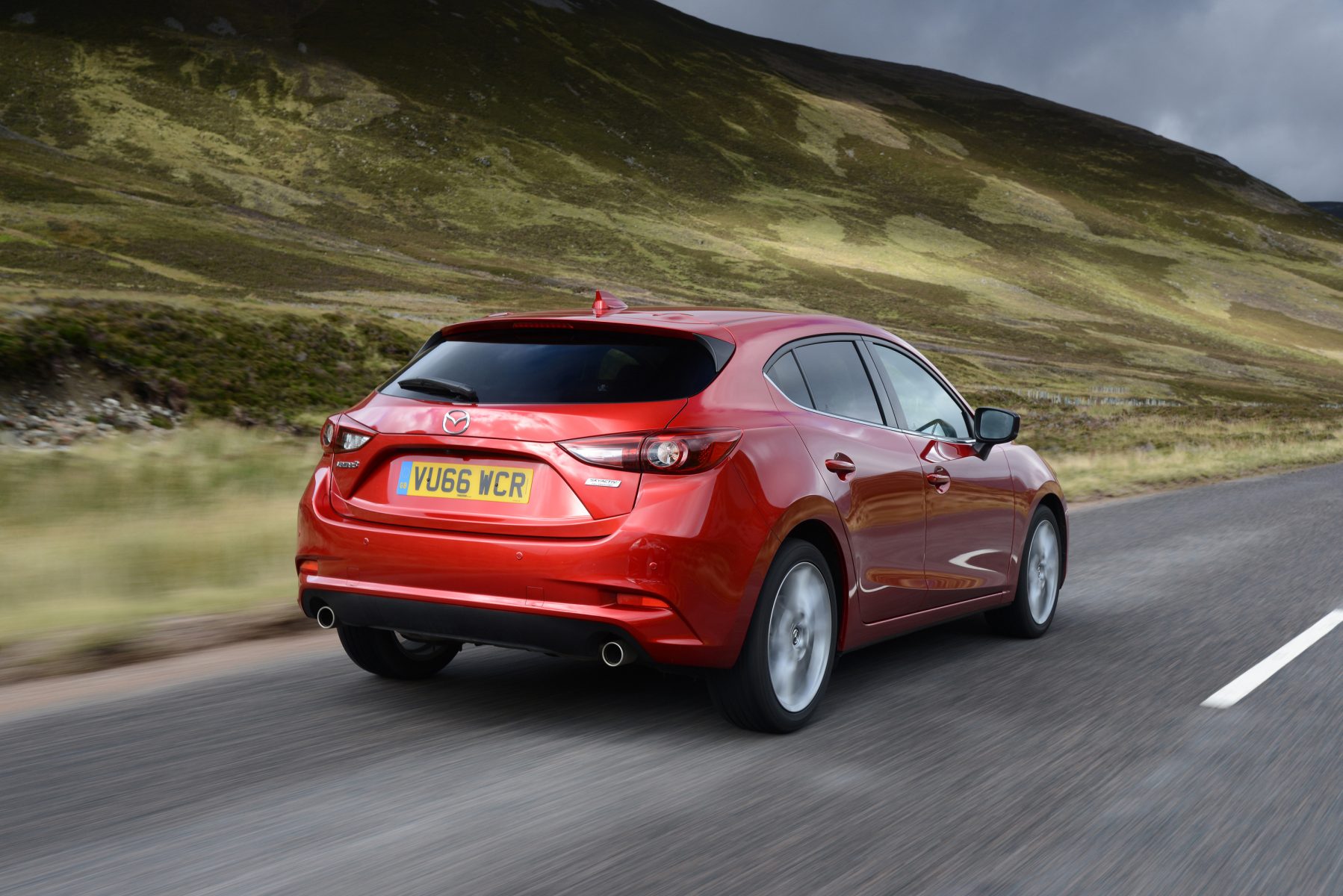
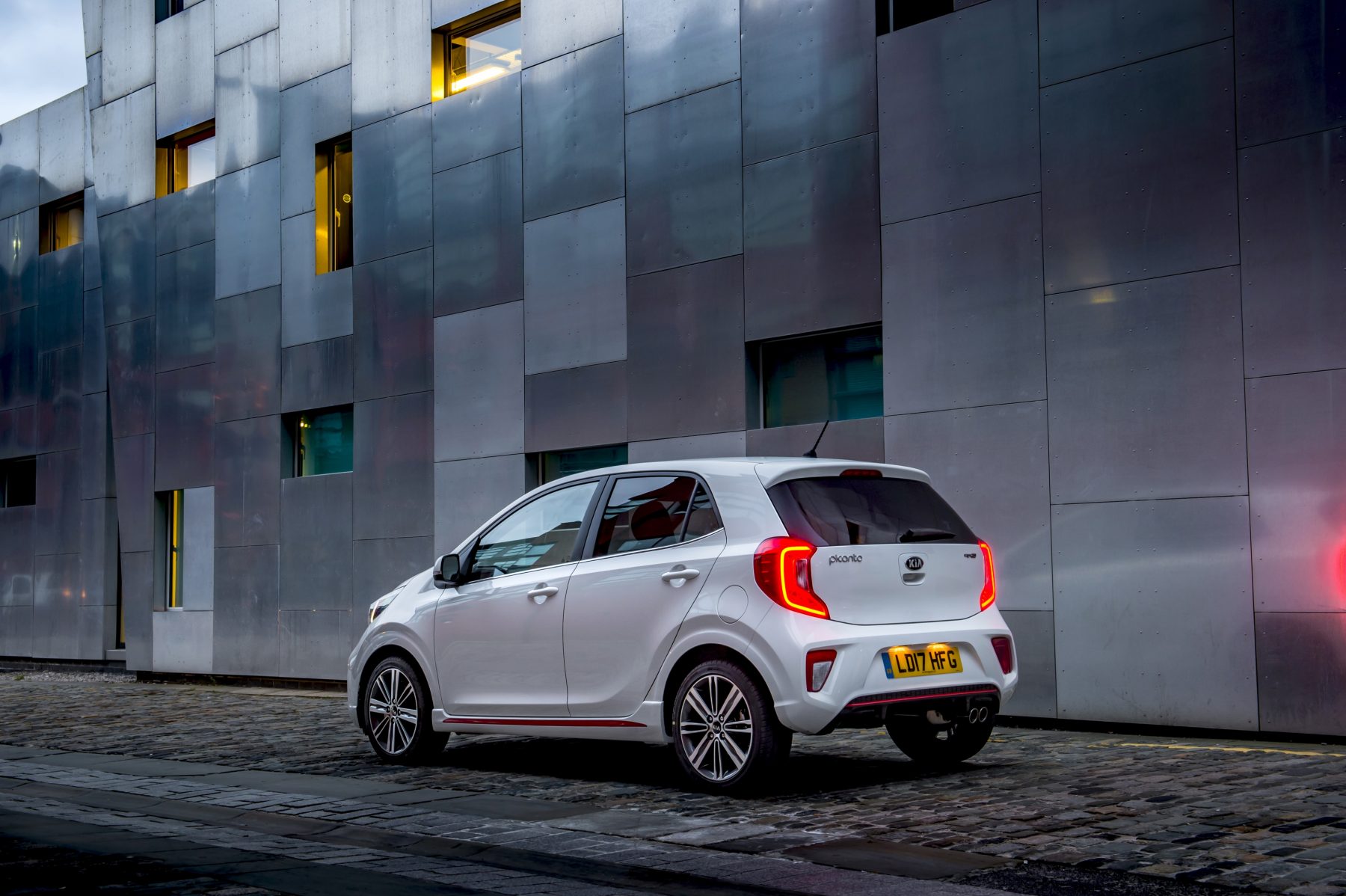
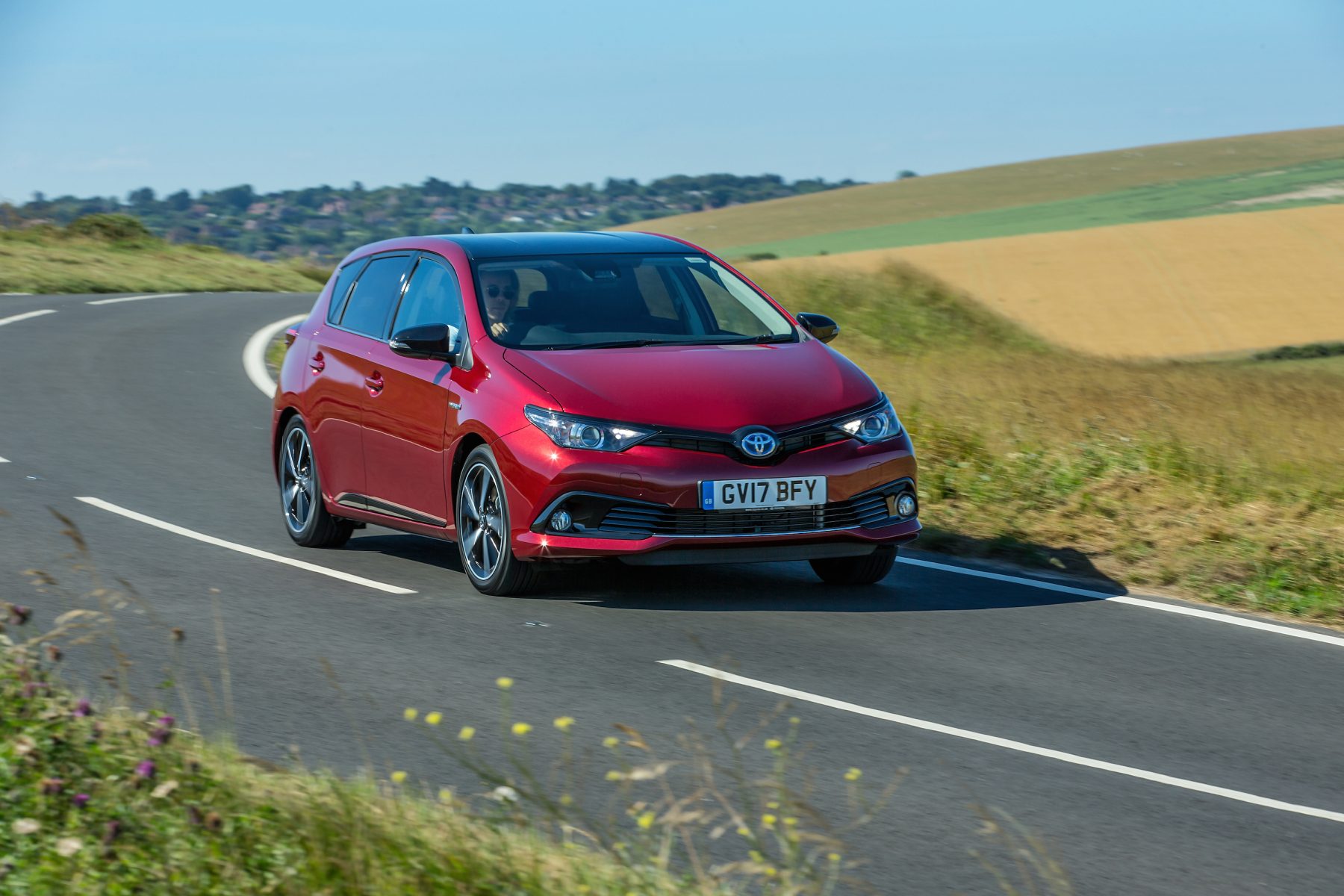
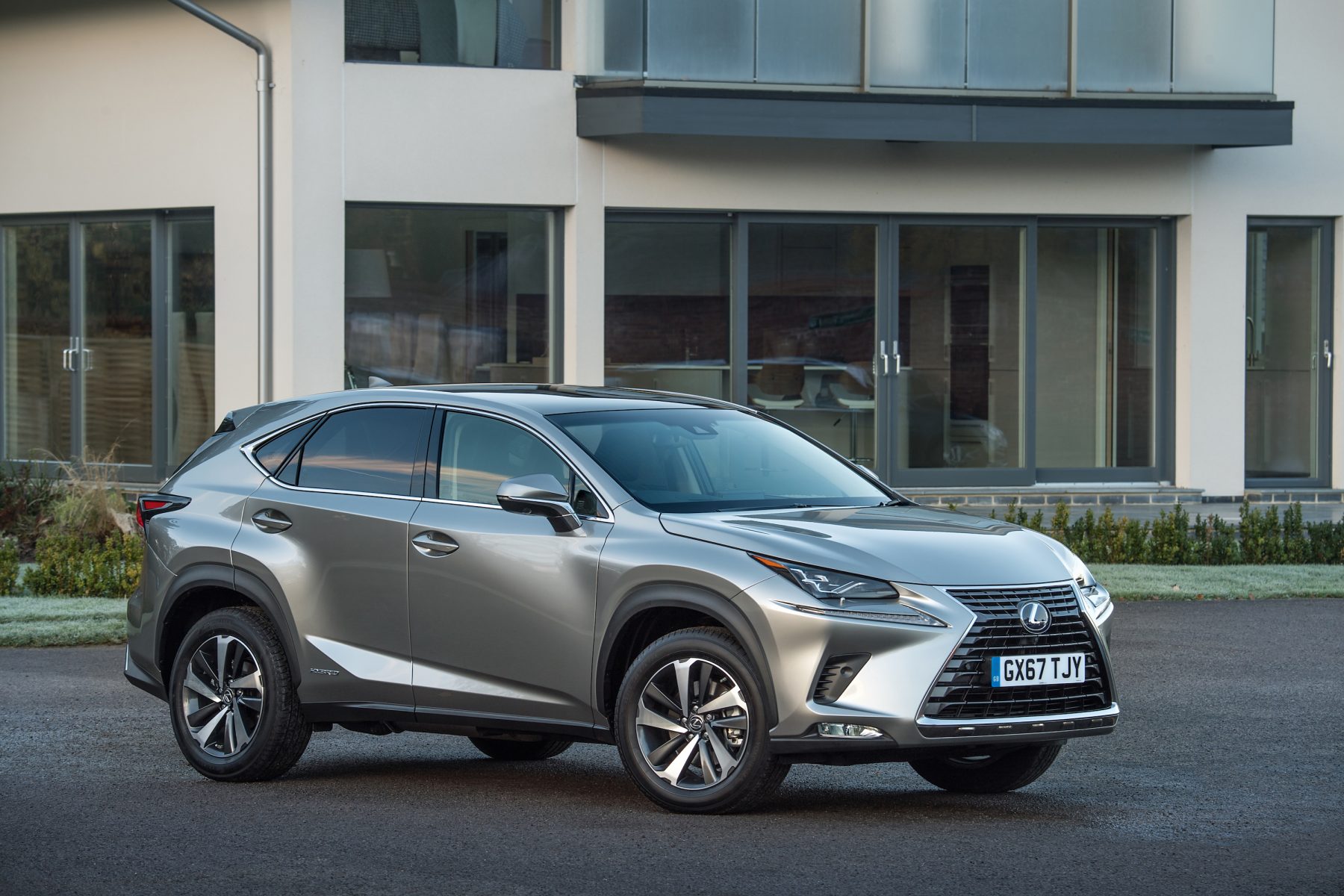
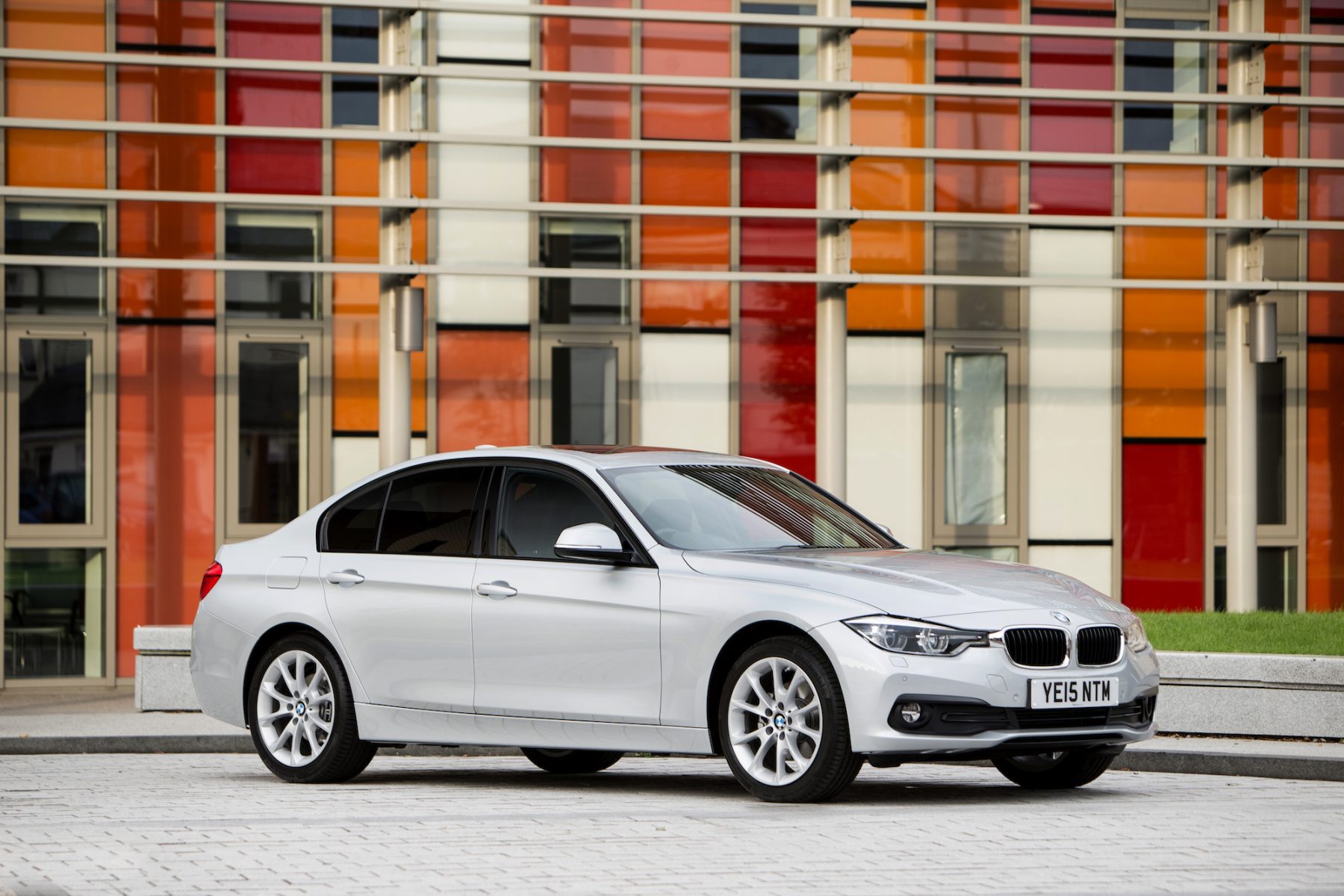
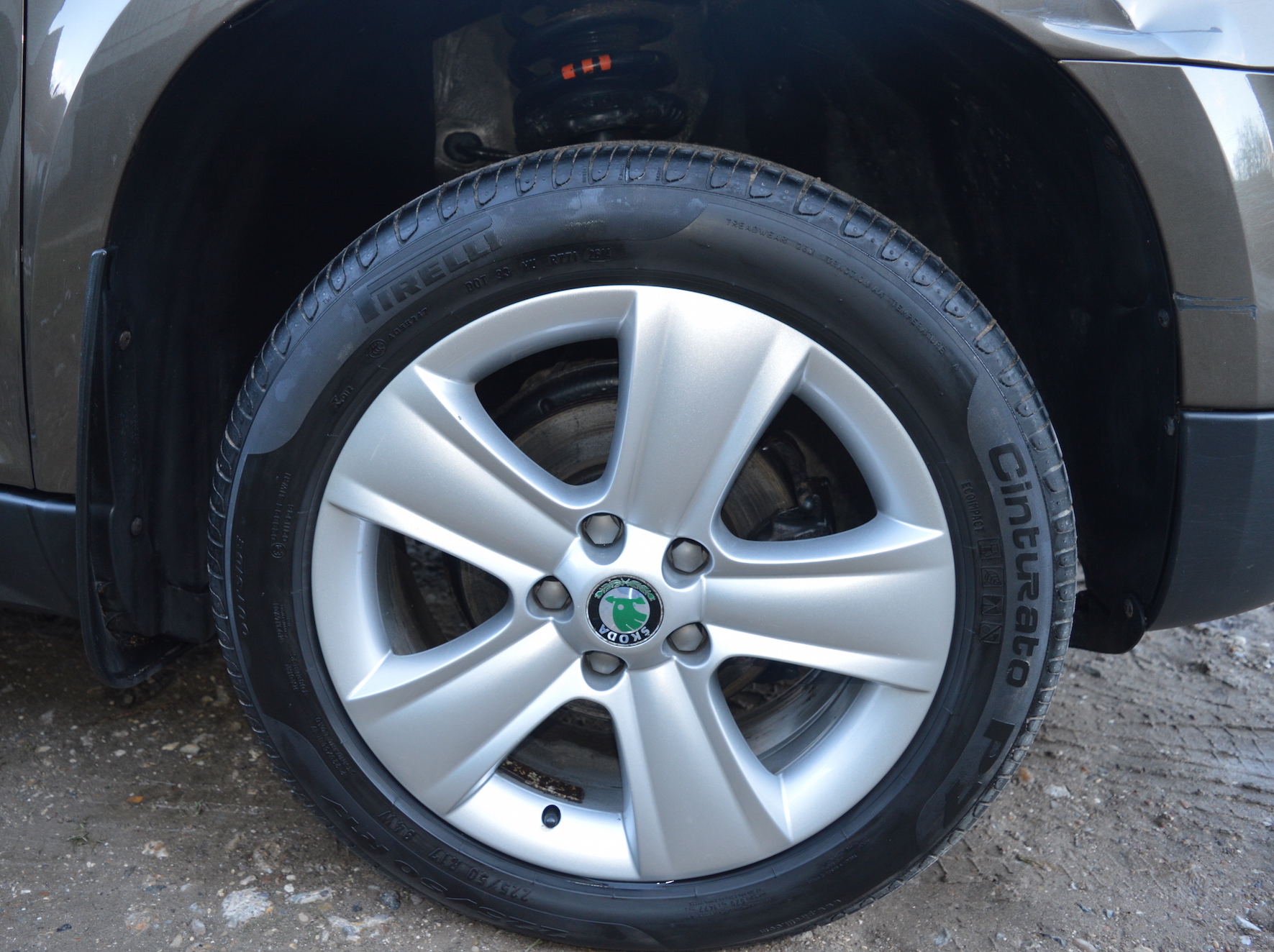
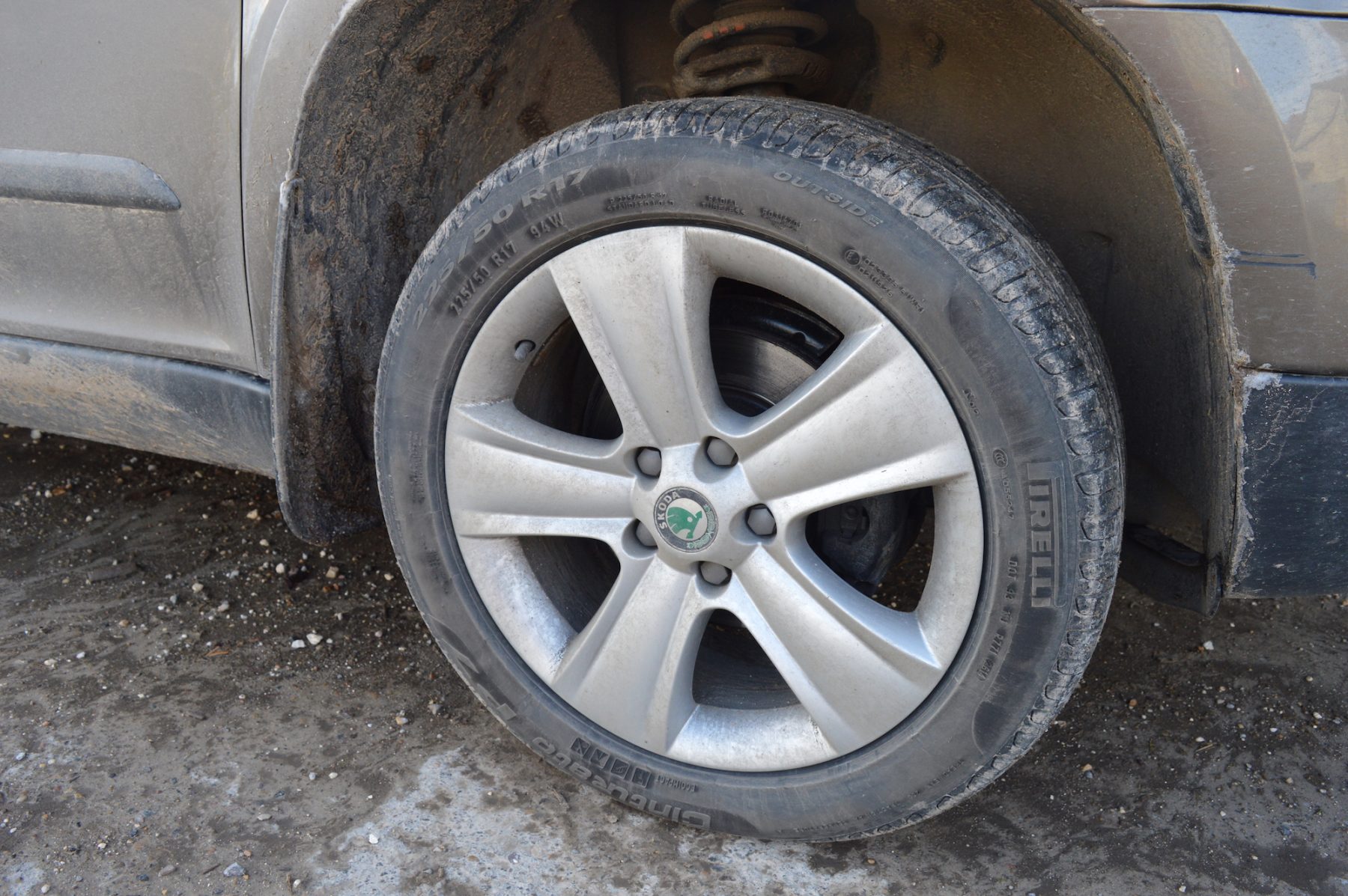
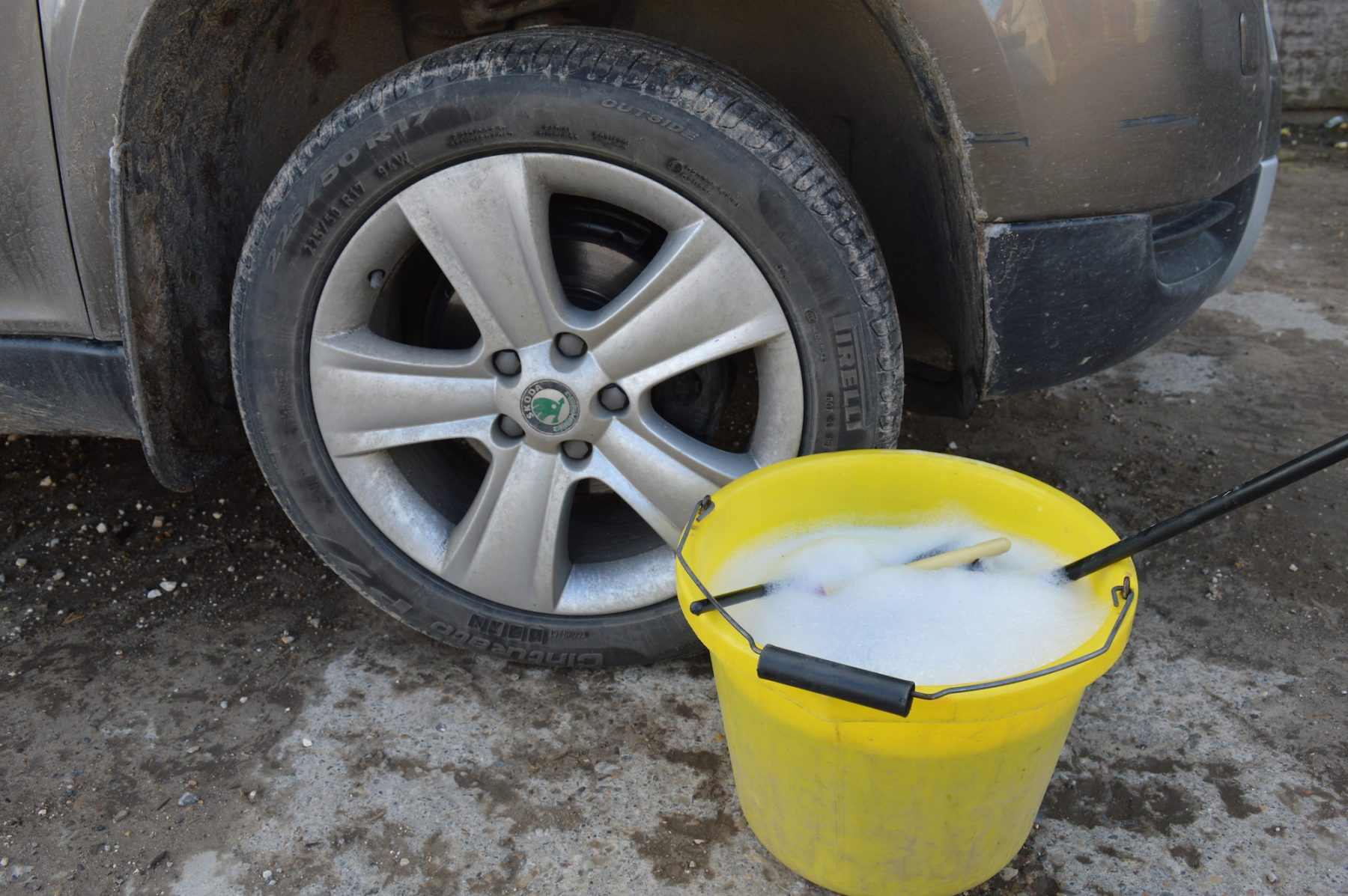
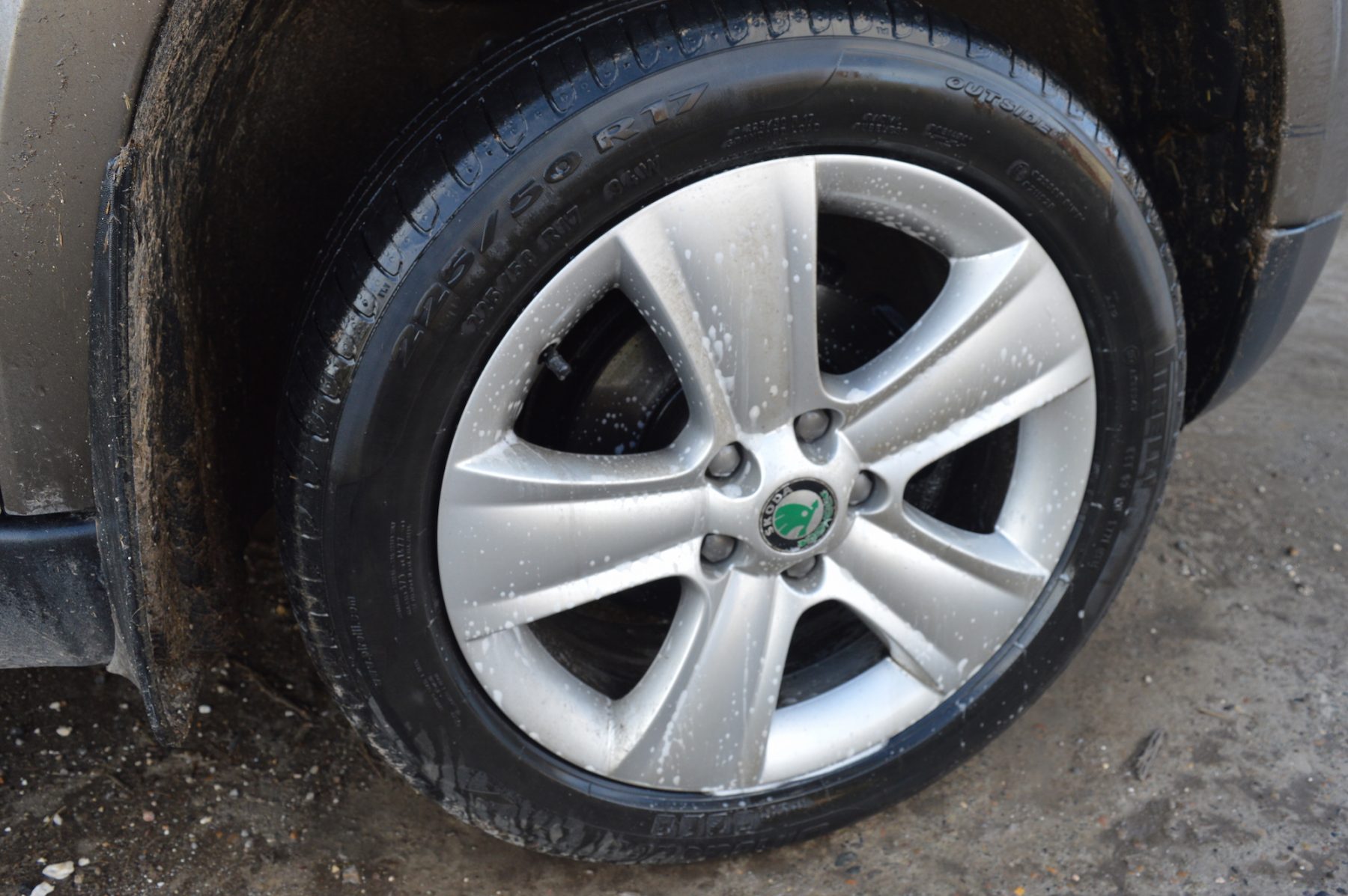
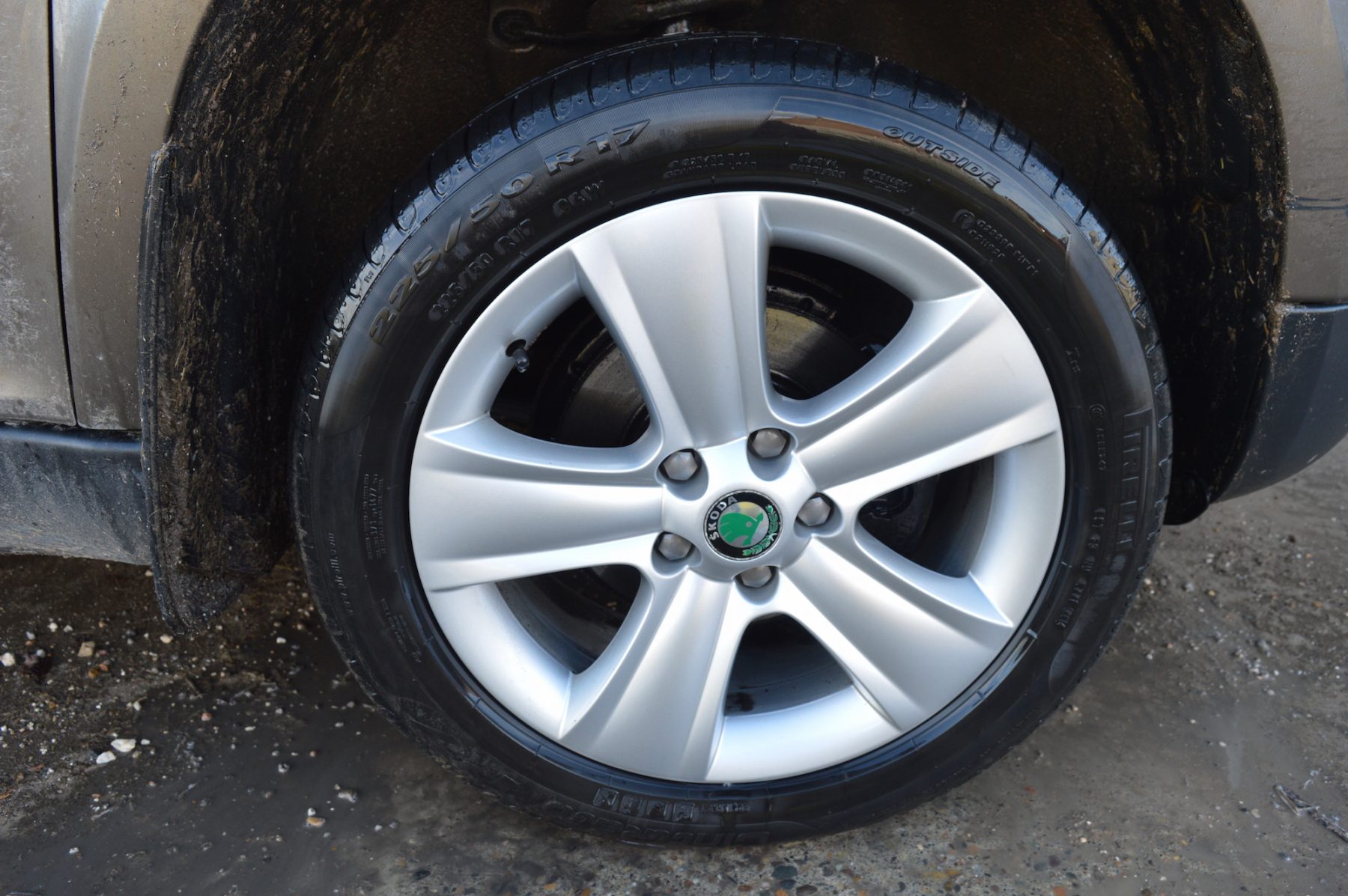
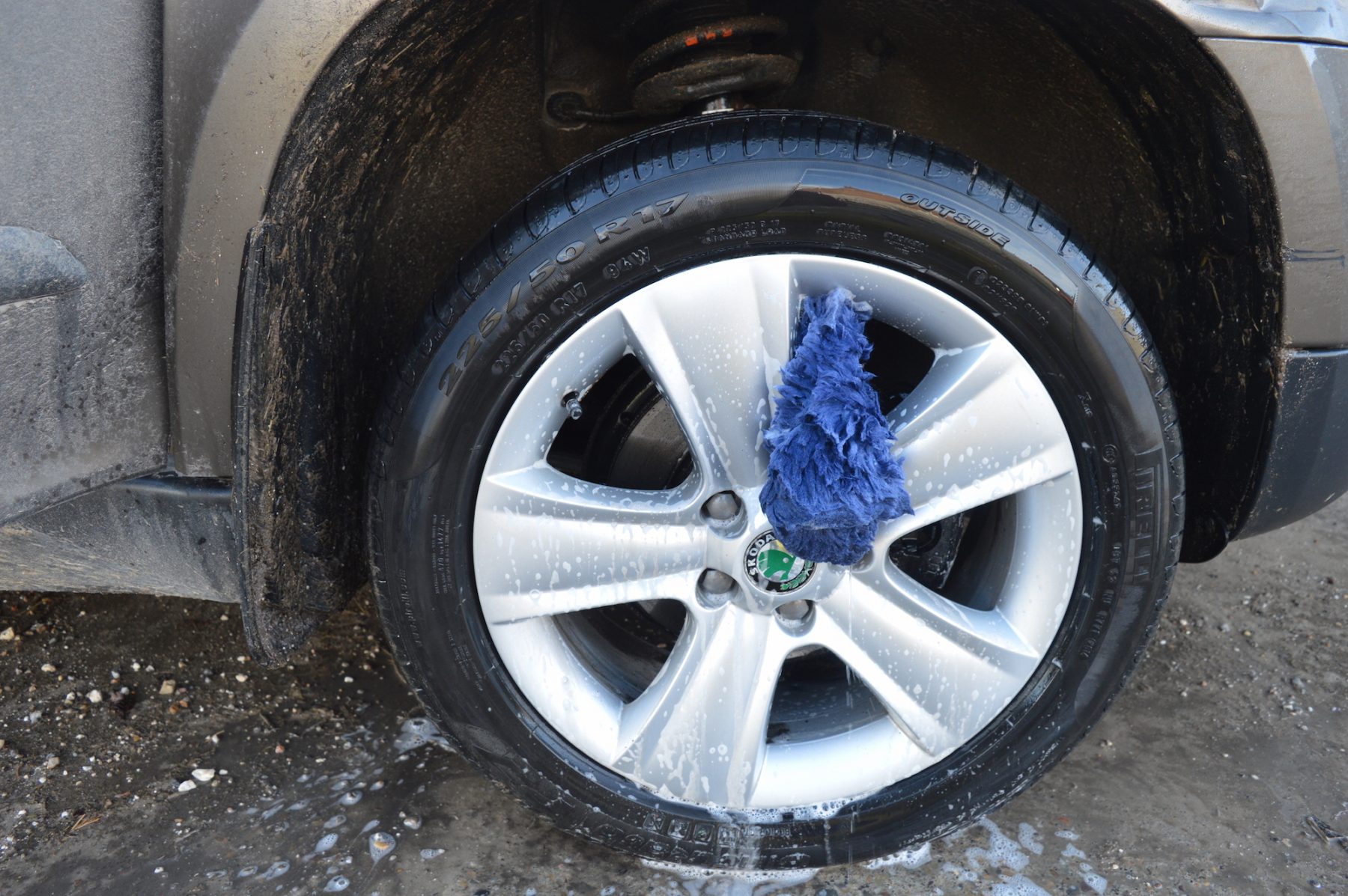
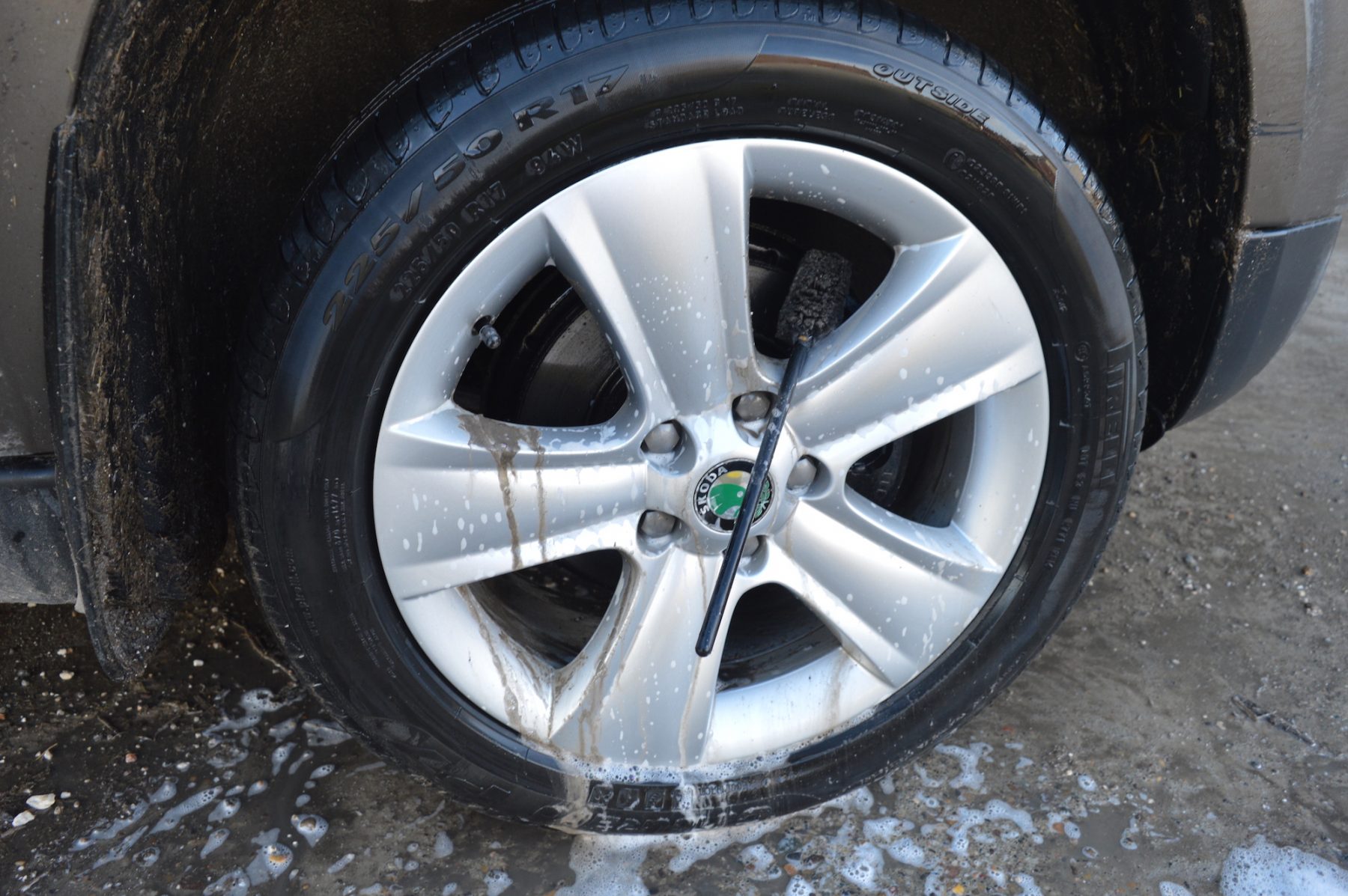
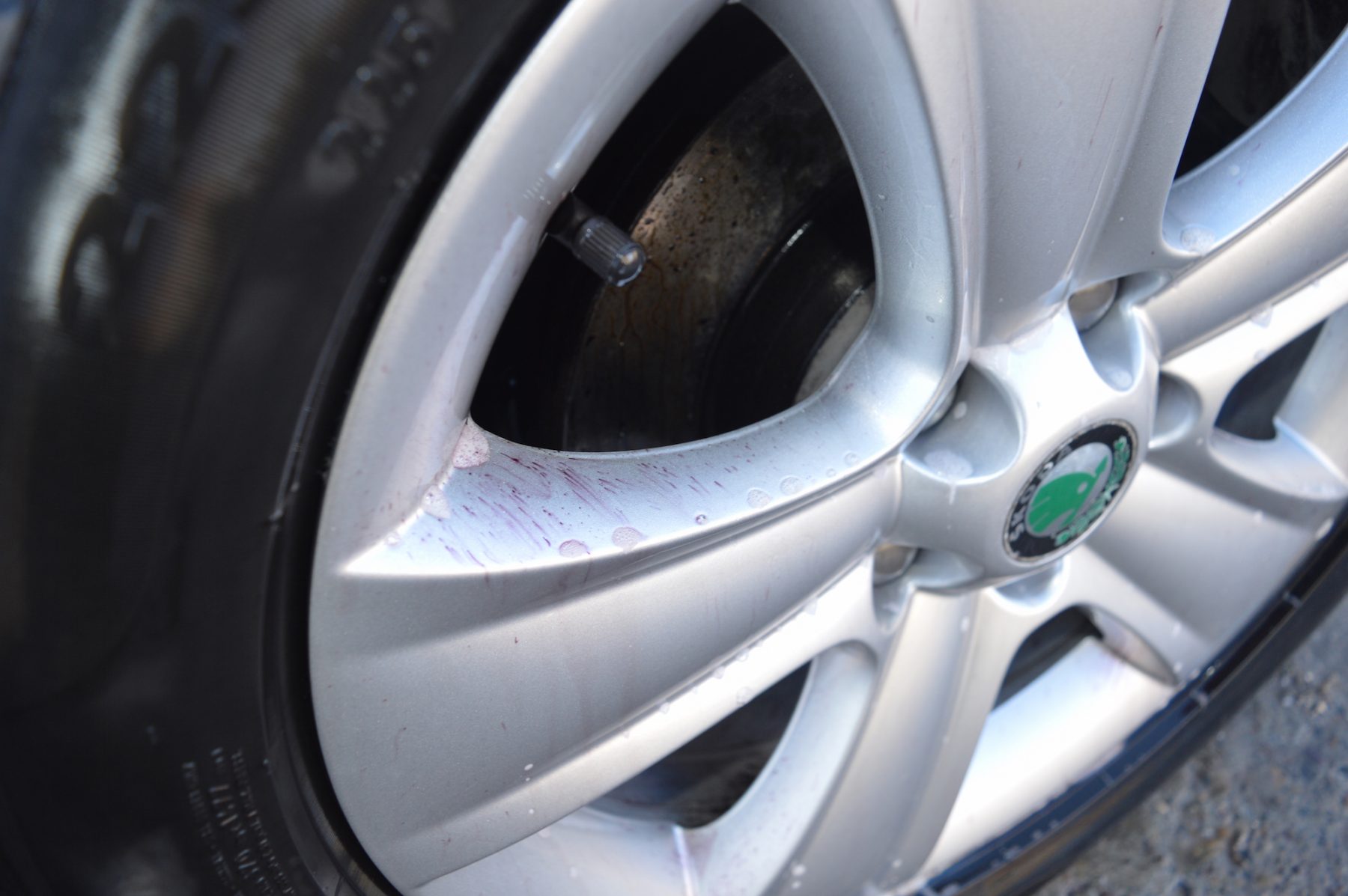

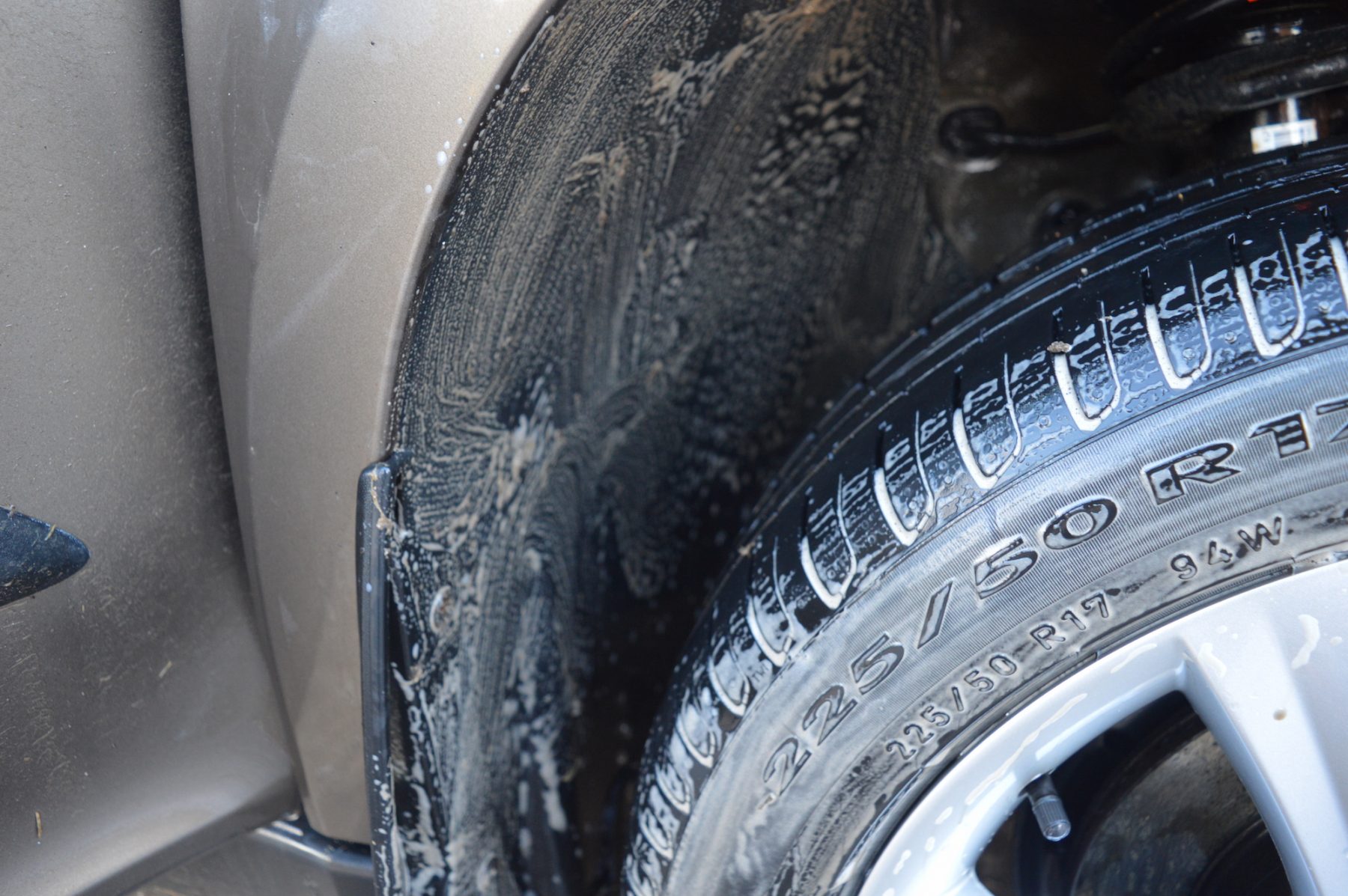
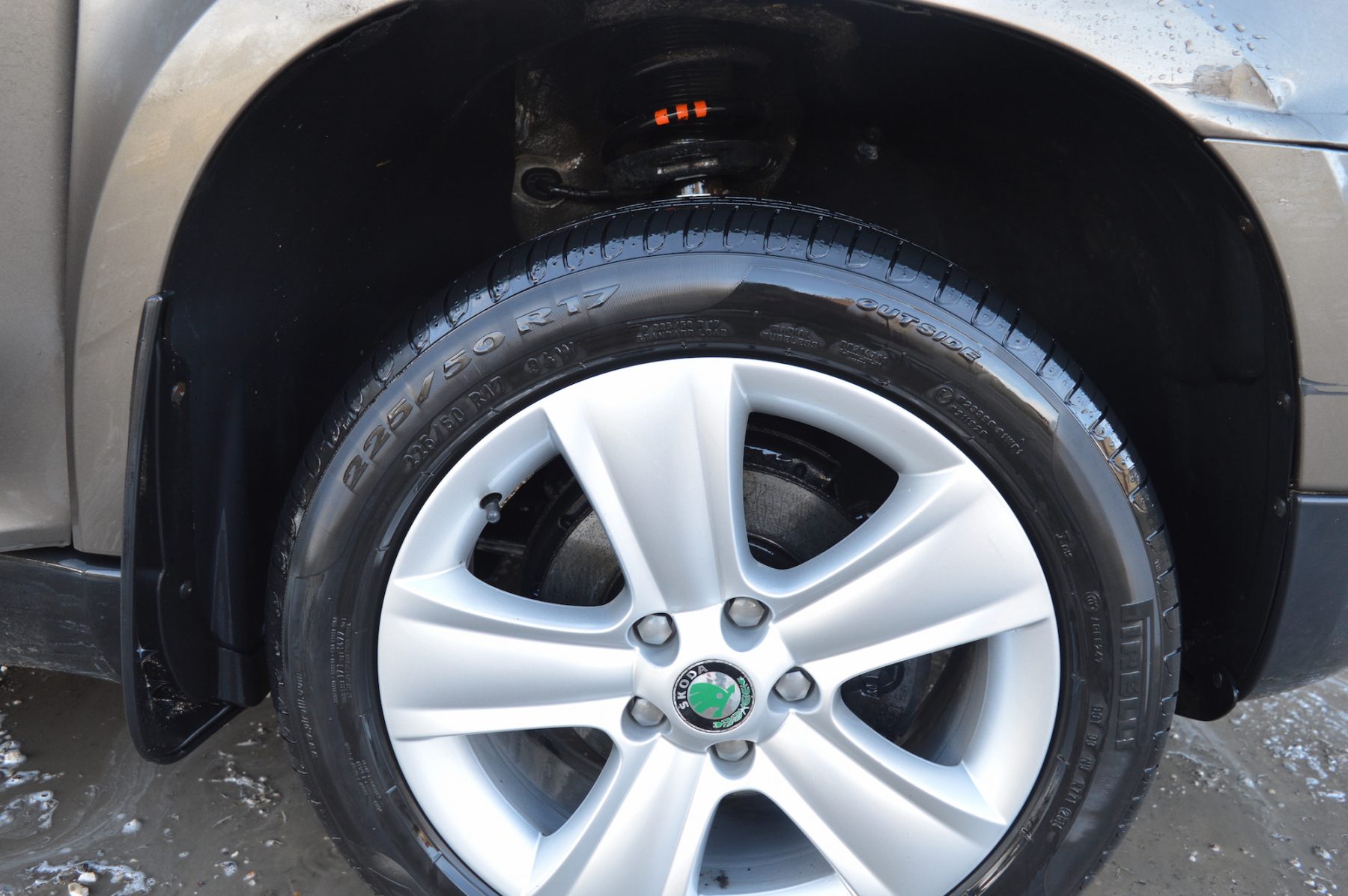
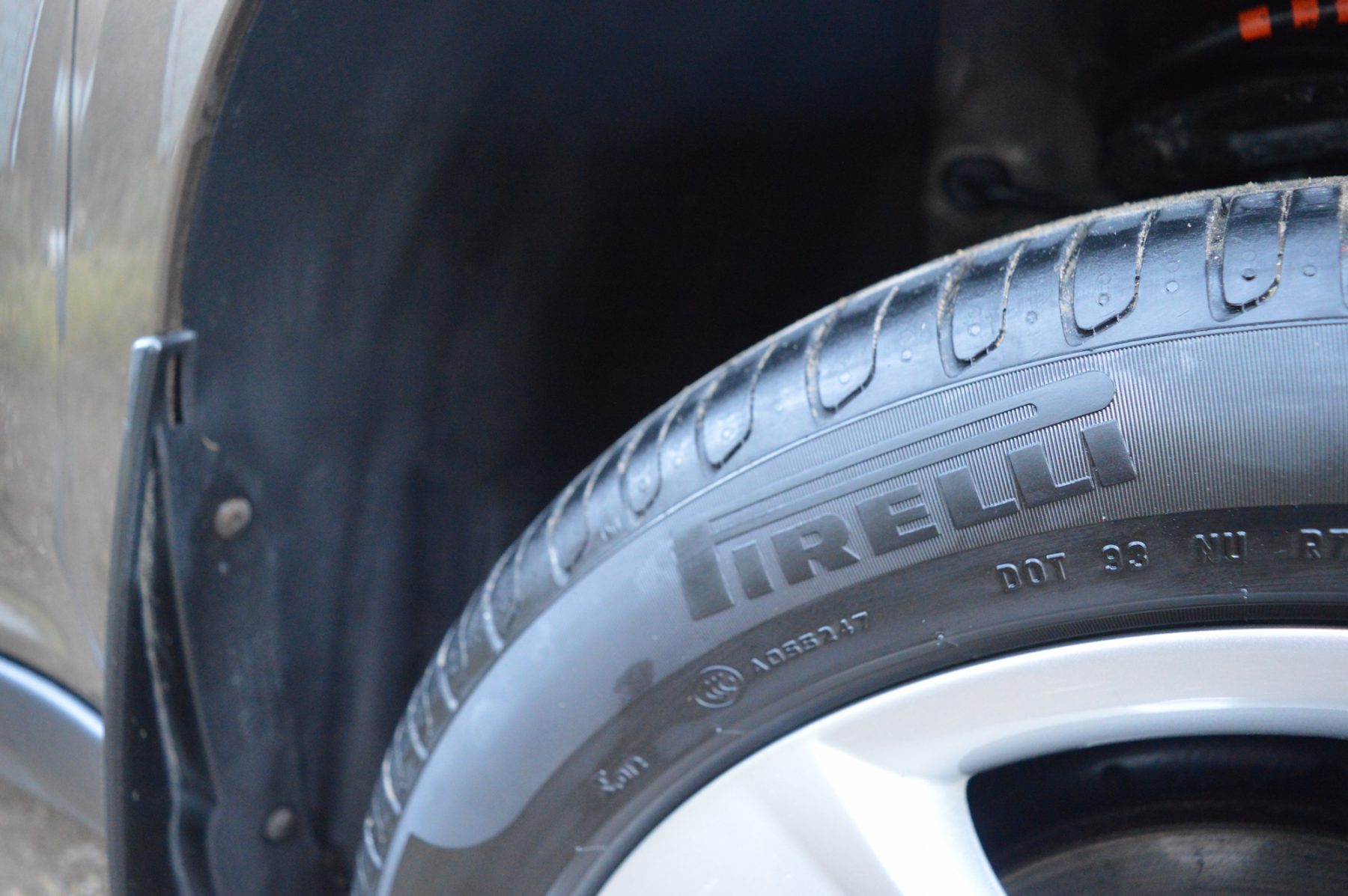
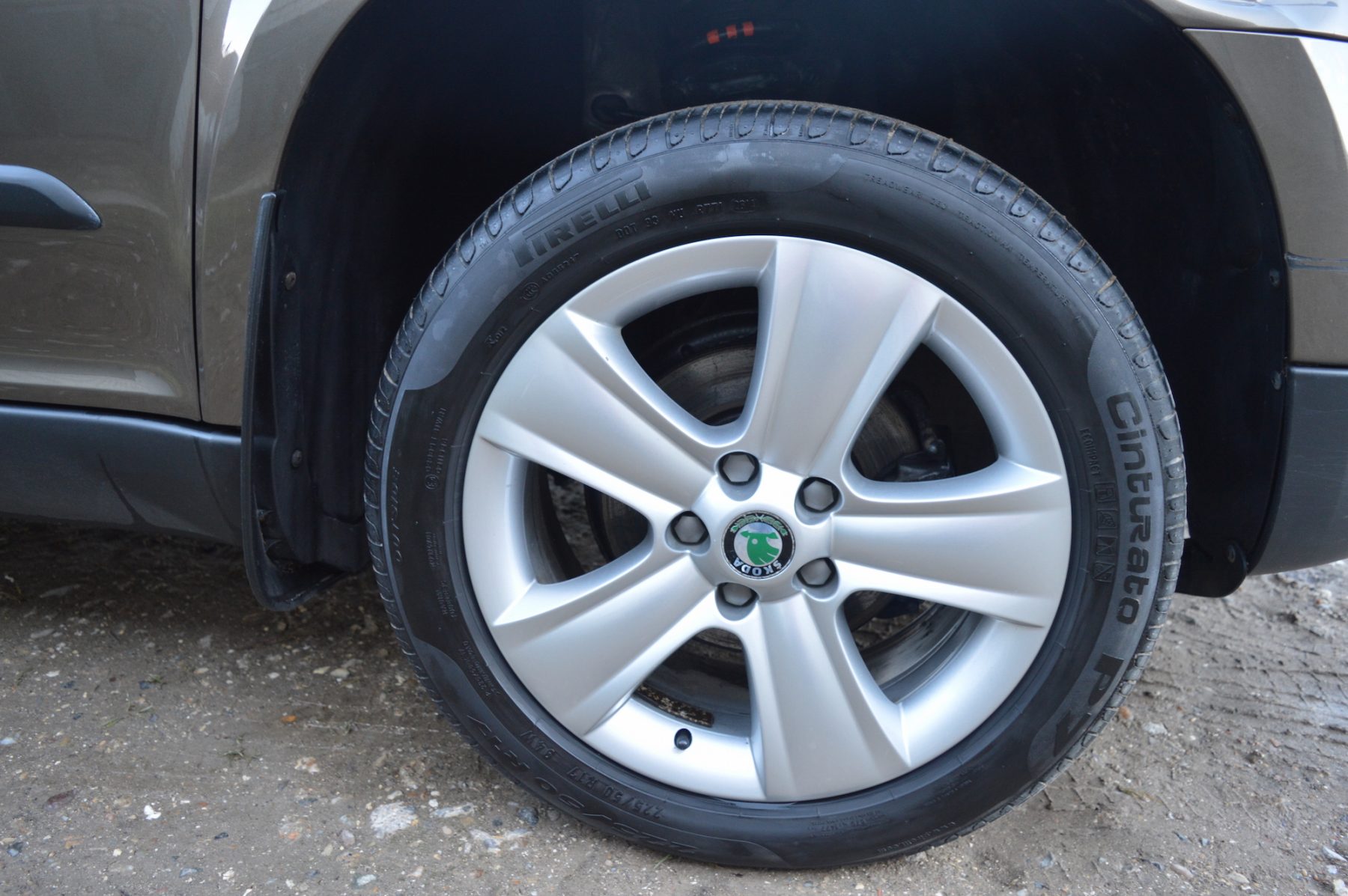

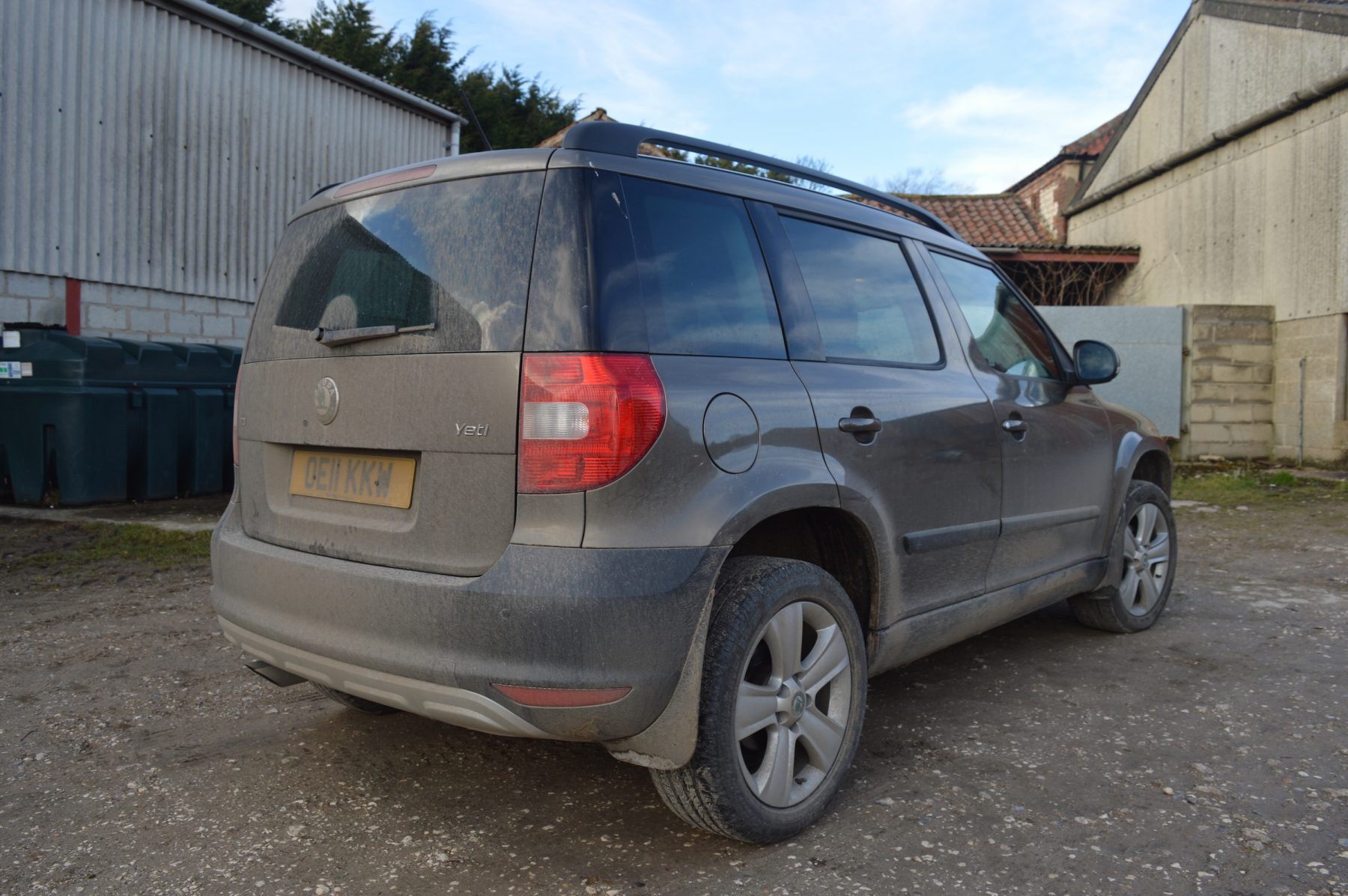 2. Two cloths is best – keep one wet and one dry. It’s also worth using dedicated glass cloths.
2. Two cloths is best – keep one wet and one dry. It’s also worth using dedicated glass cloths. 3. Choose your glass cleaner carefully, and don’t use the one you use in your house. Generally car and house glass are made slightly differently and don’t necessary work the same, so keep them separate.
3. Choose your glass cleaner carefully, and don’t use the one you use in your house. Generally car and house glass are made slightly differently and don’t necessary work the same, so keep them separate.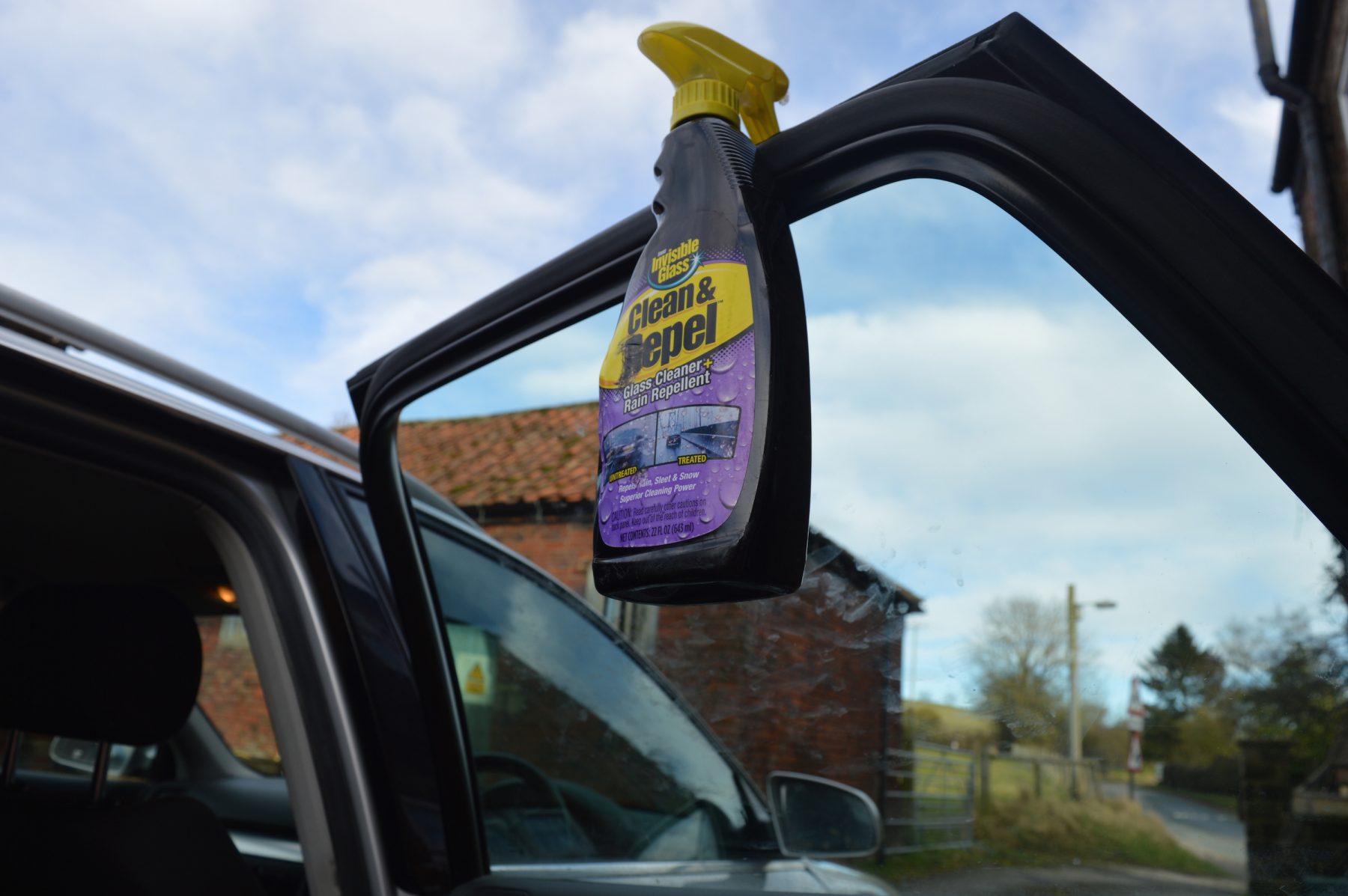 4. Never work in circles, always work up and down and side to side. By doing this, you can often see where you’ve been, helping to make sure you’ve removed all product from the glass. It also prevents smear, too.
4. Never work in circles, always work up and down and side to side. By doing this, you can often see where you’ve been, helping to make sure you’ve removed all product from the glass. It also prevents smear, too.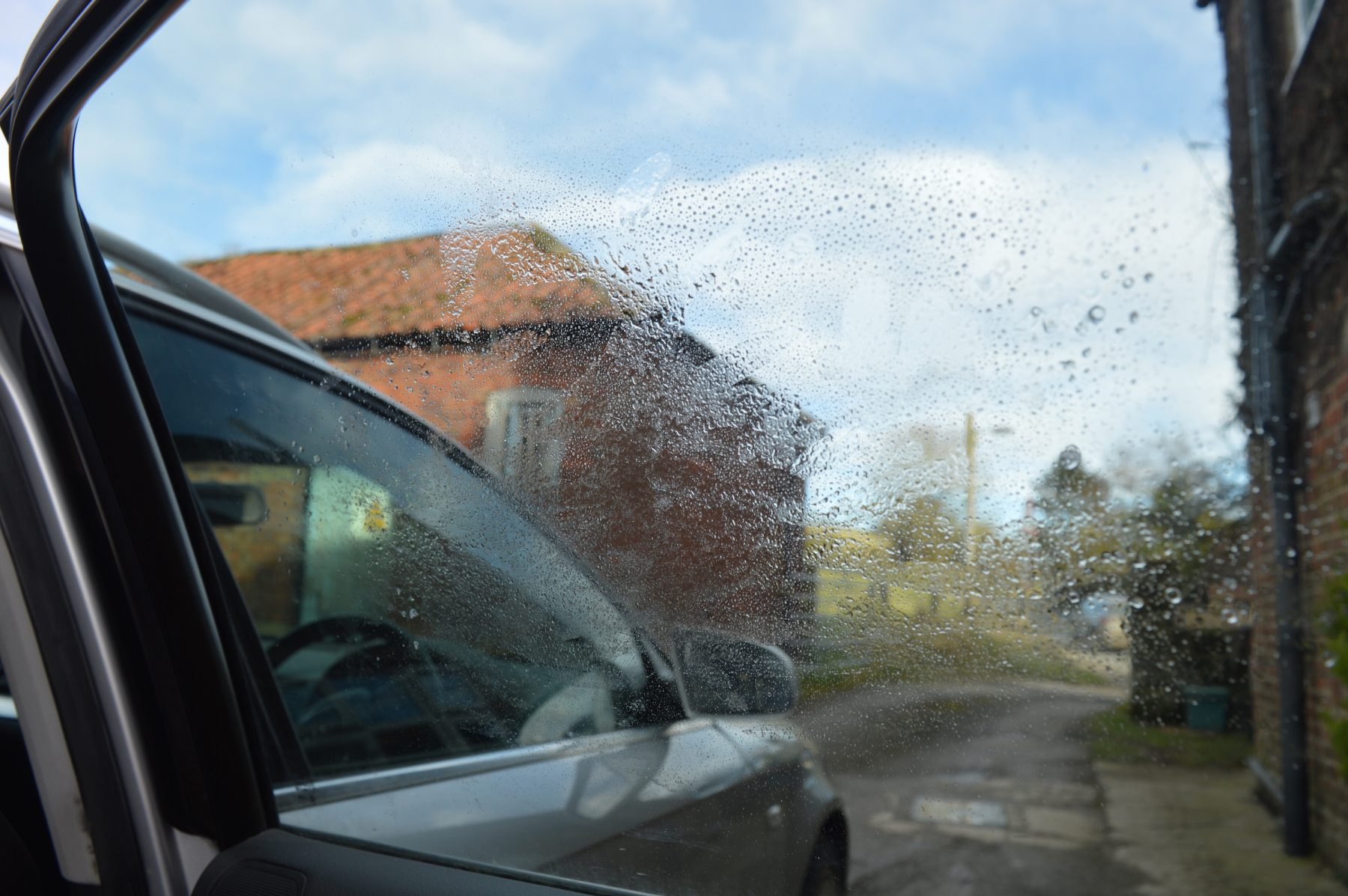 5. Always check thoroughly that you’ve cleaned the glass fully, and go over the area again if necessary. You don’t want streaky glass for sure.
5. Always check thoroughly that you’ve cleaned the glass fully, and go over the area again if necessary. You don’t want streaky glass for sure.